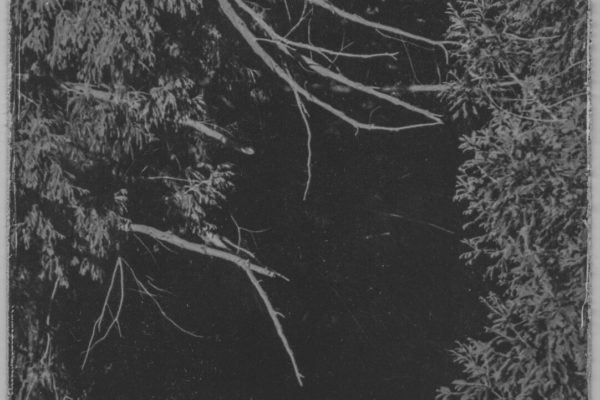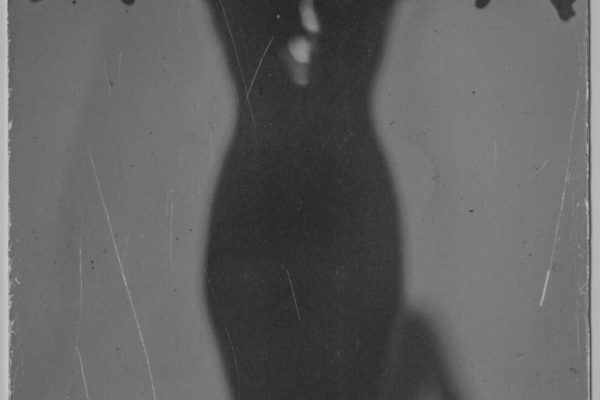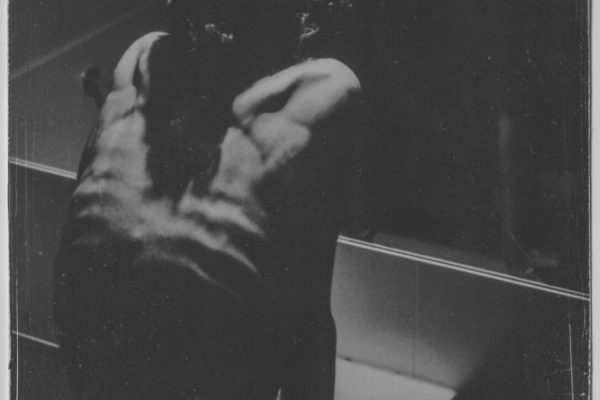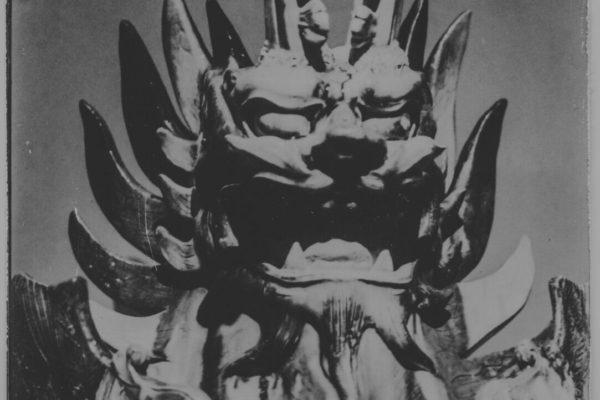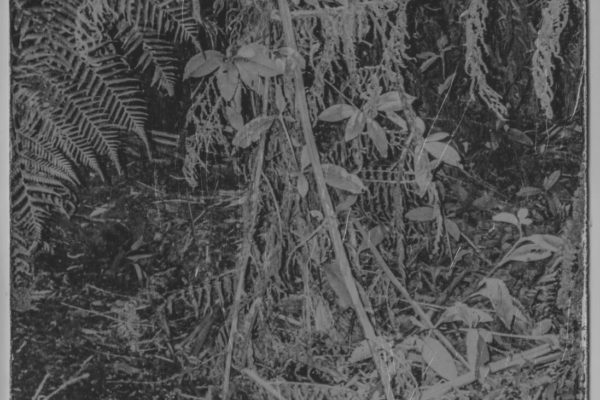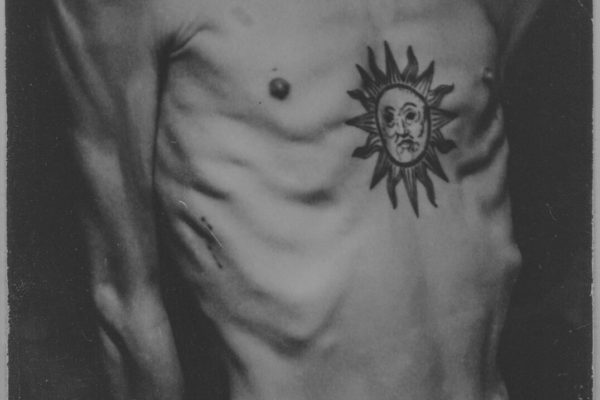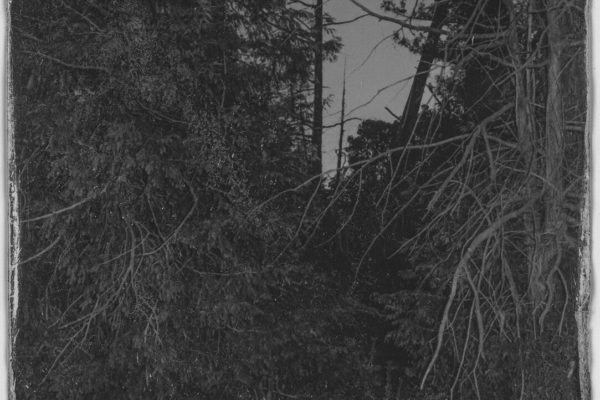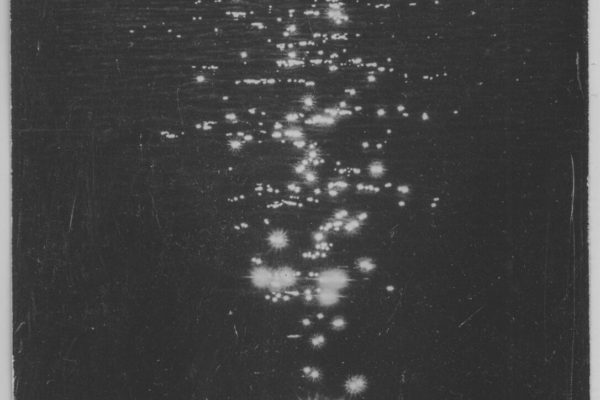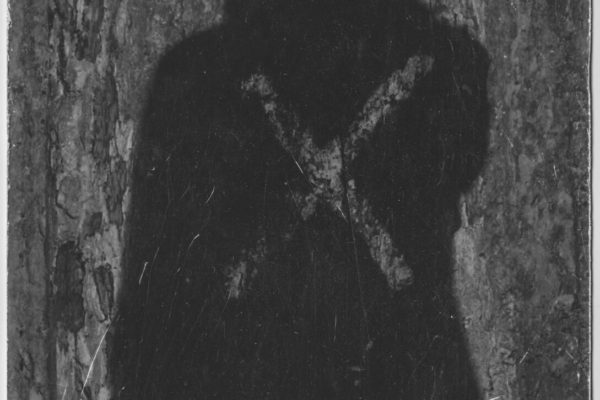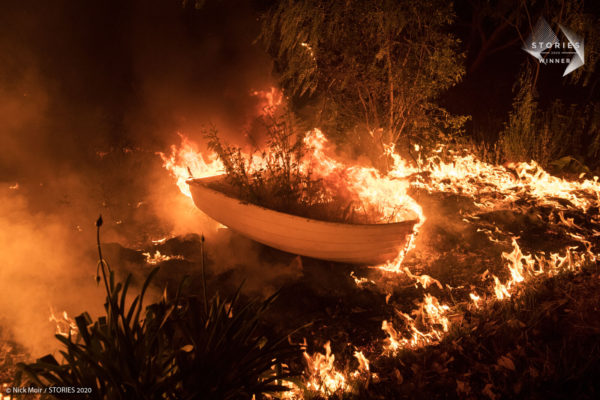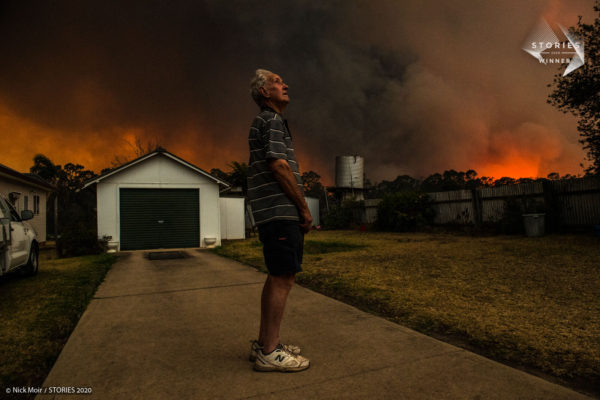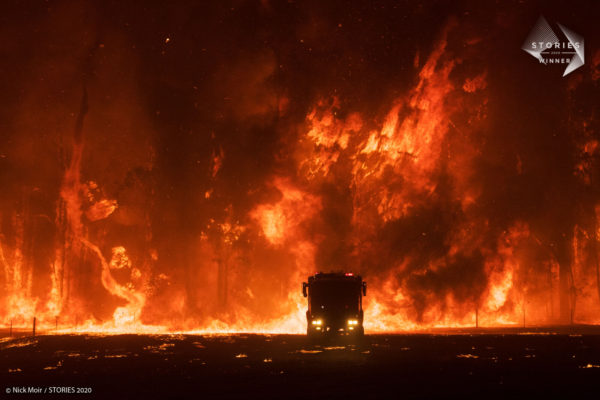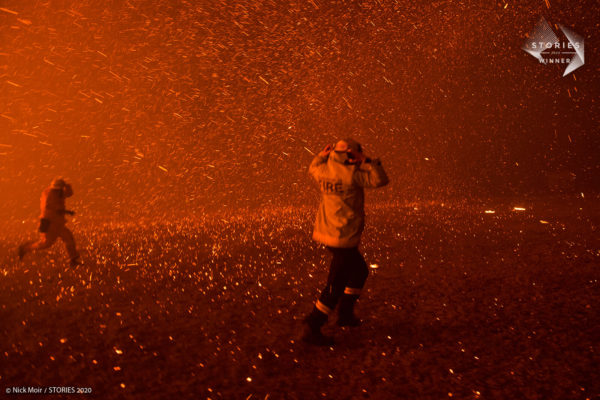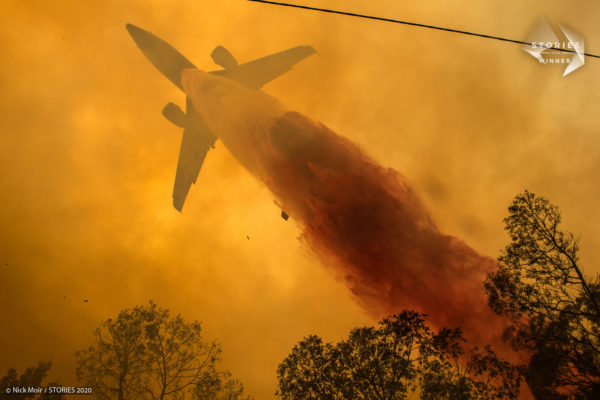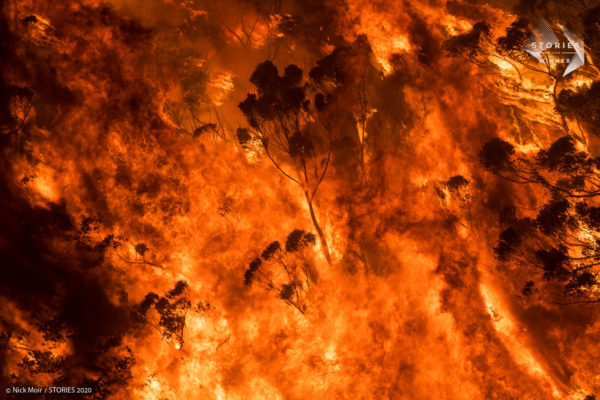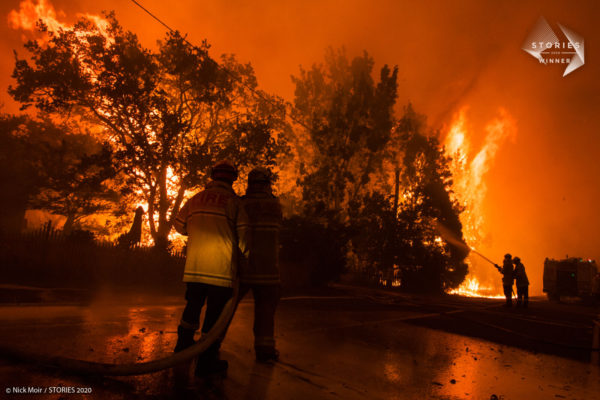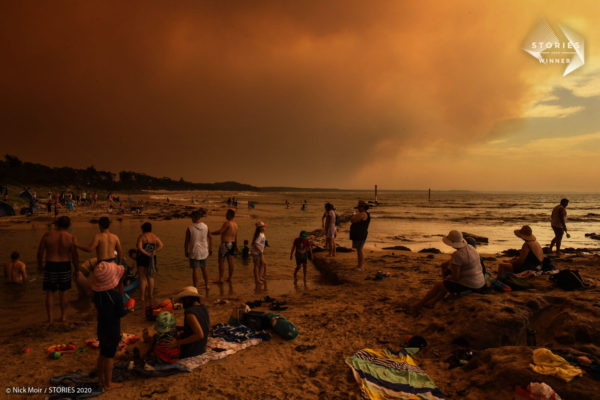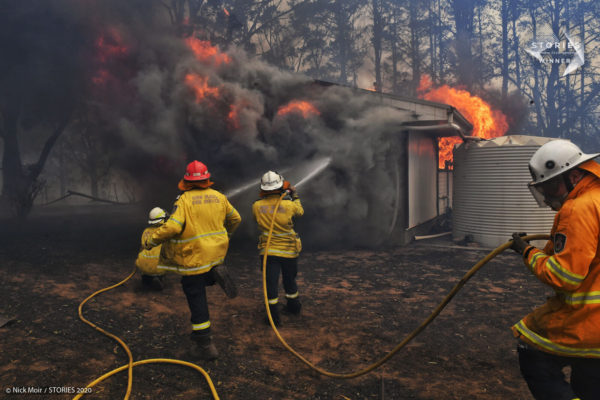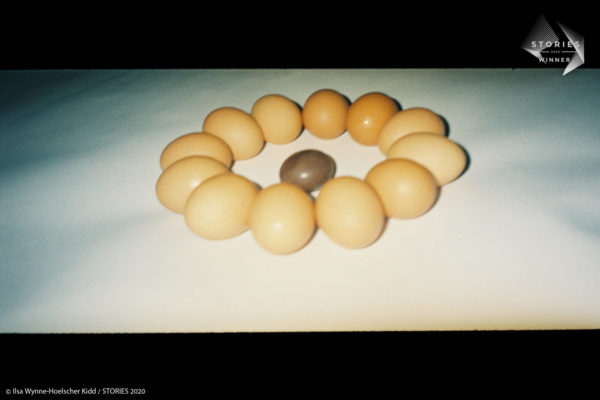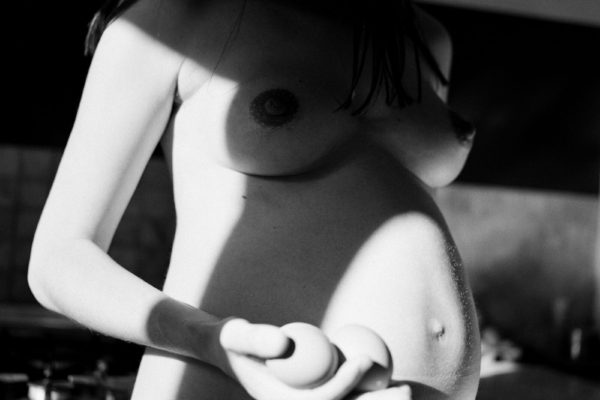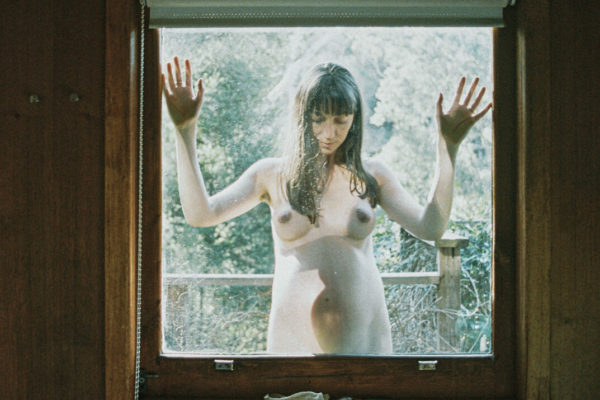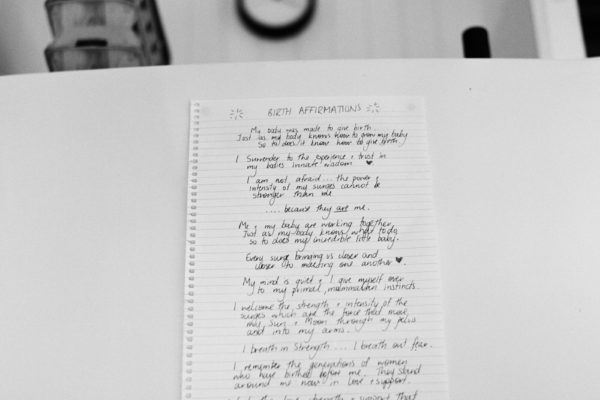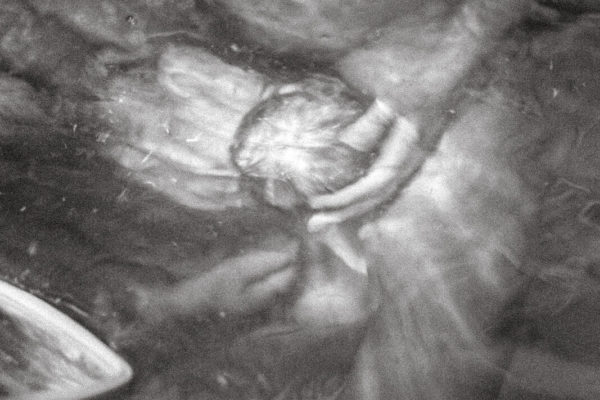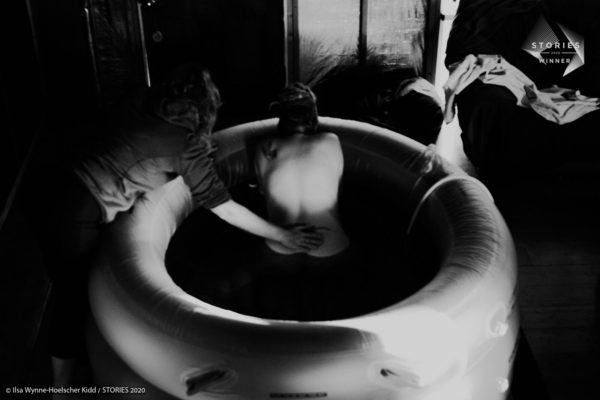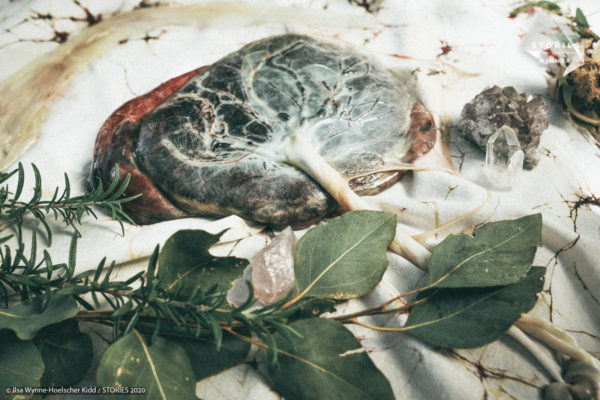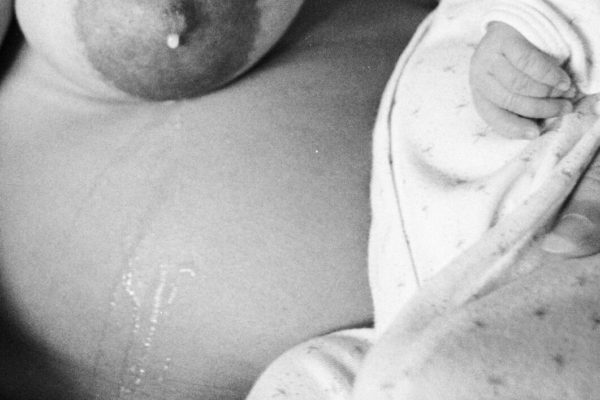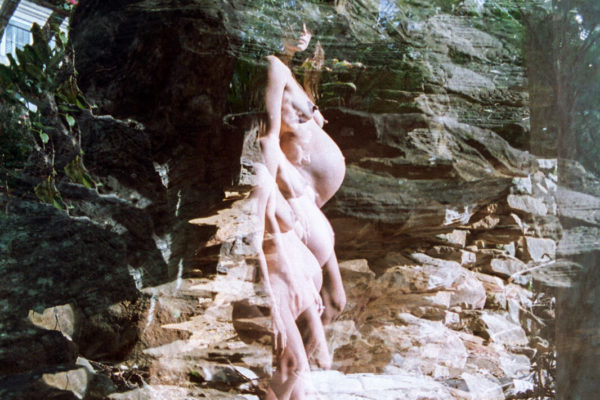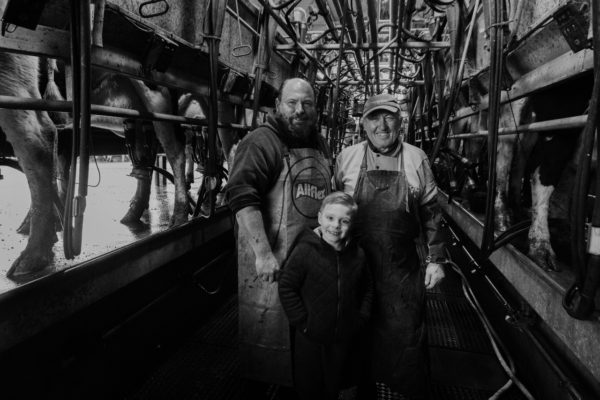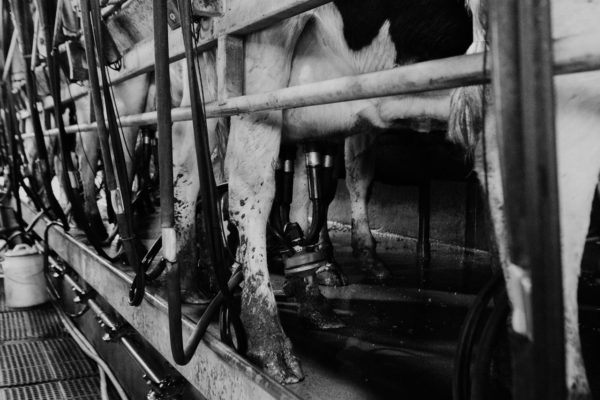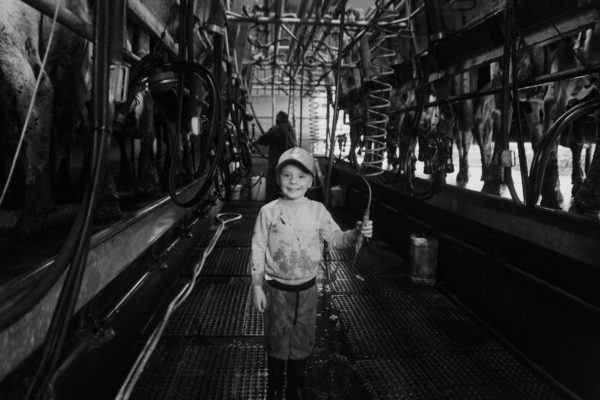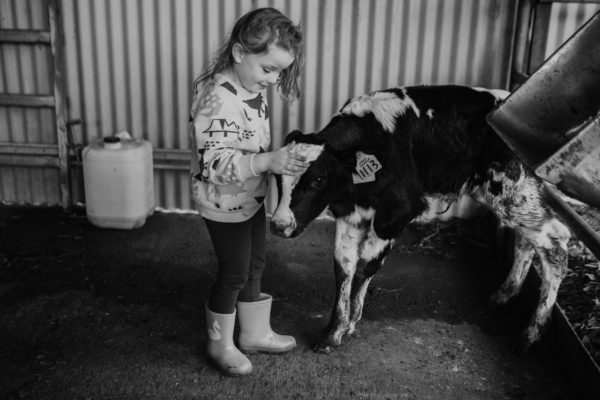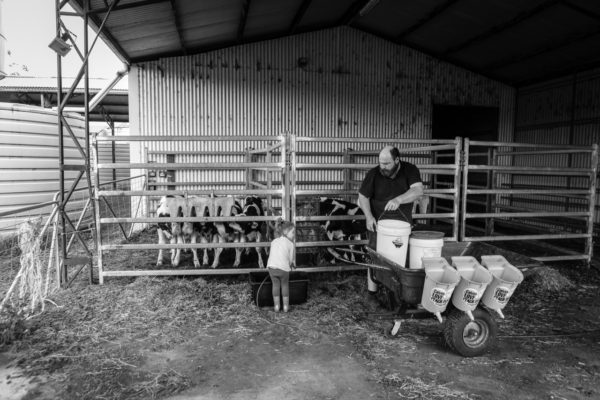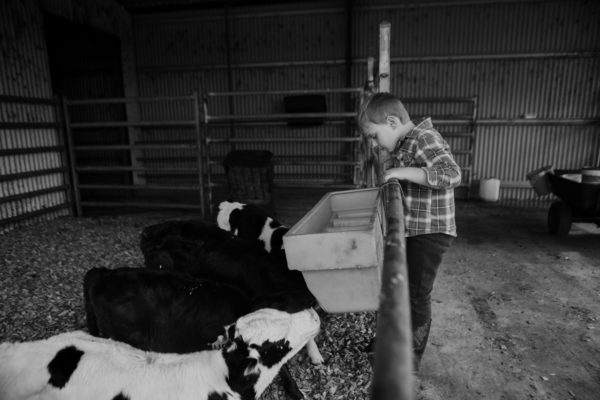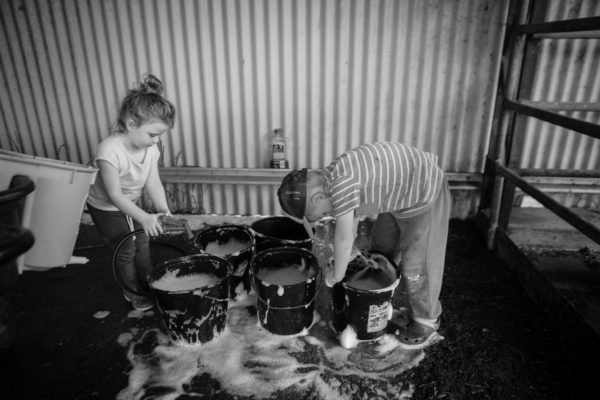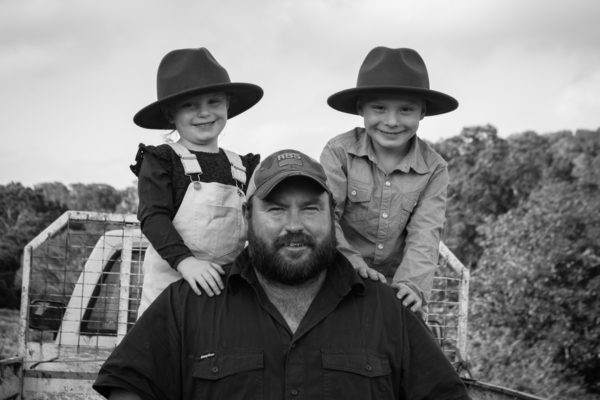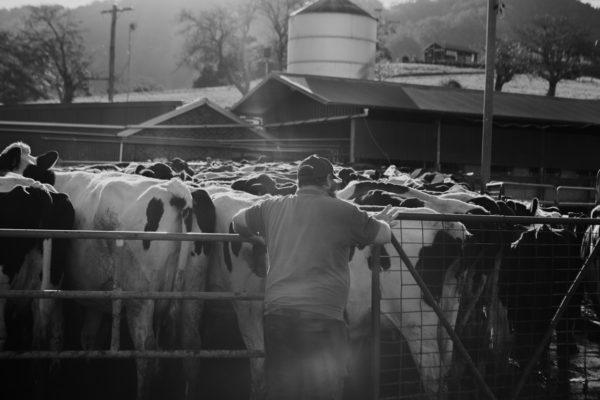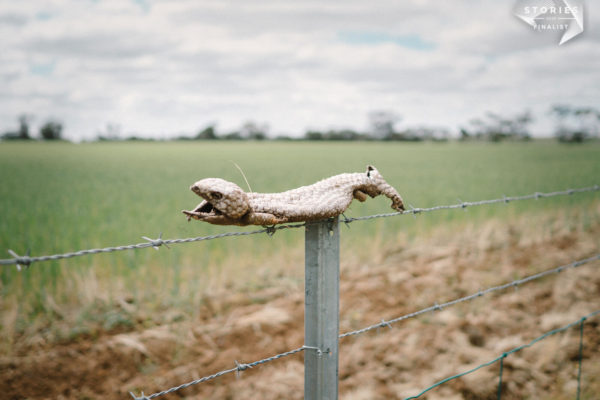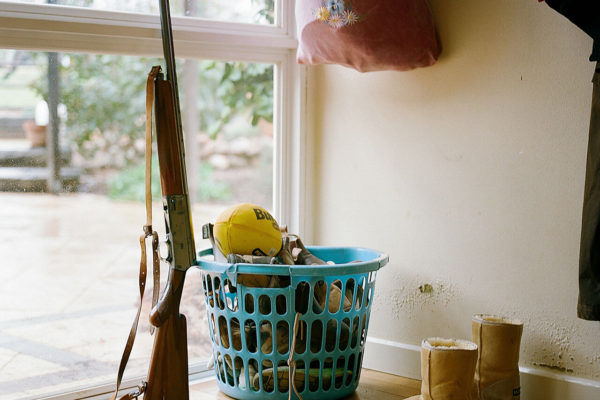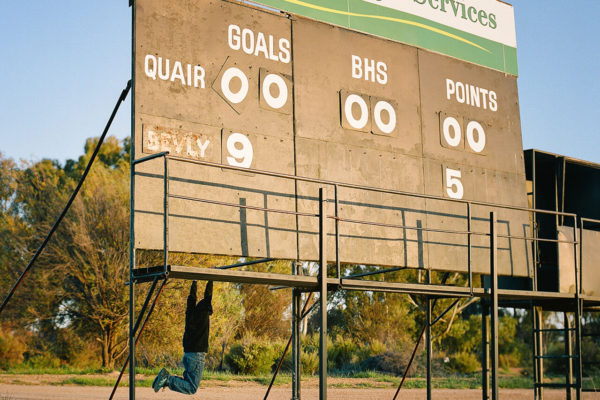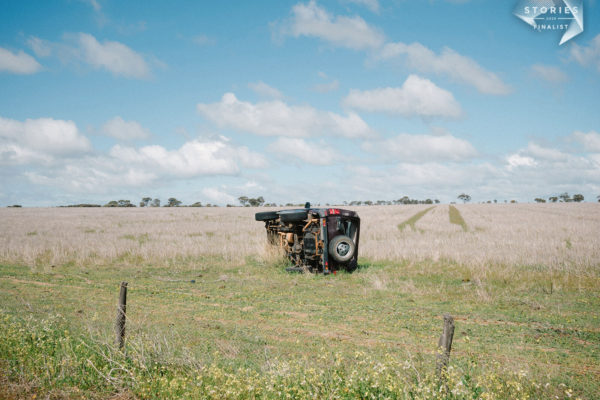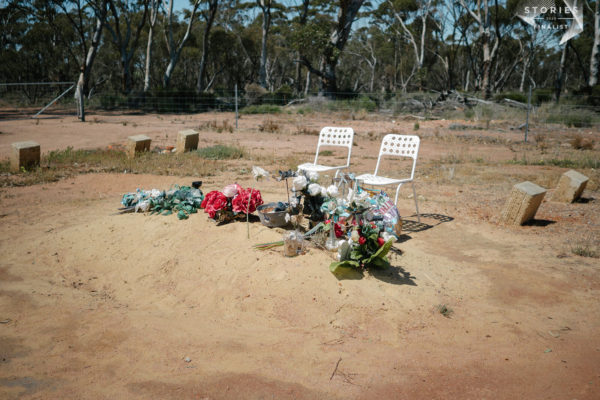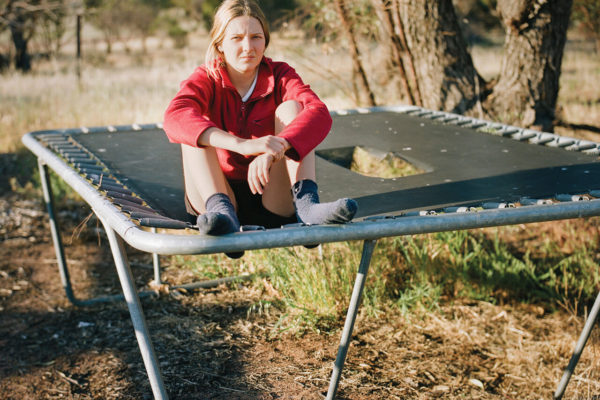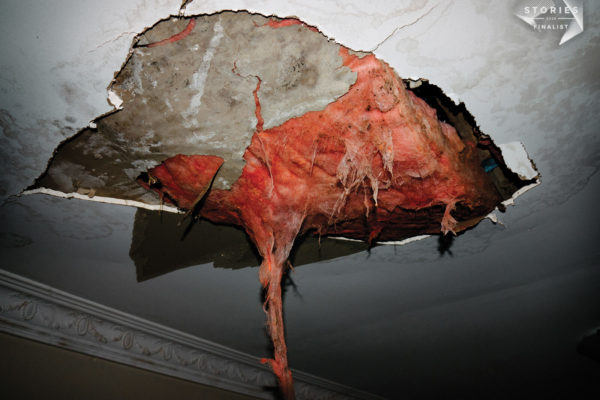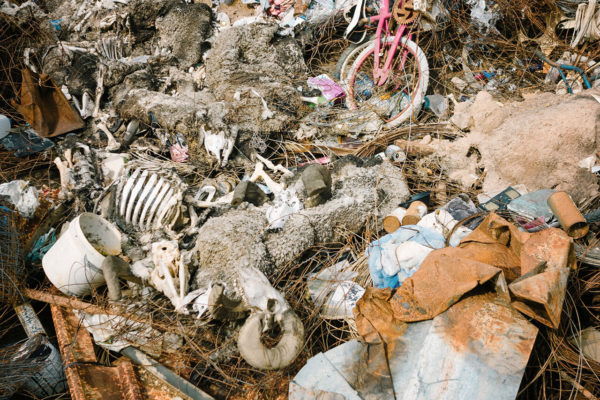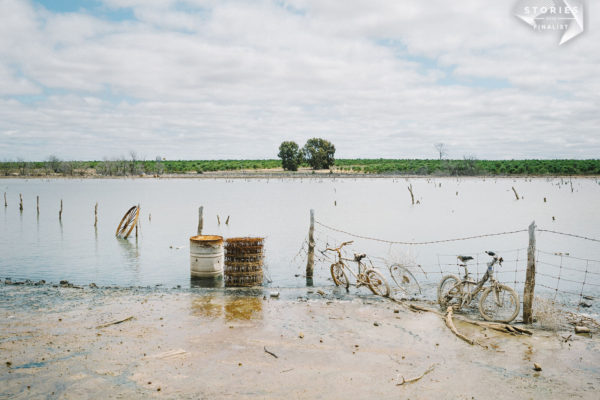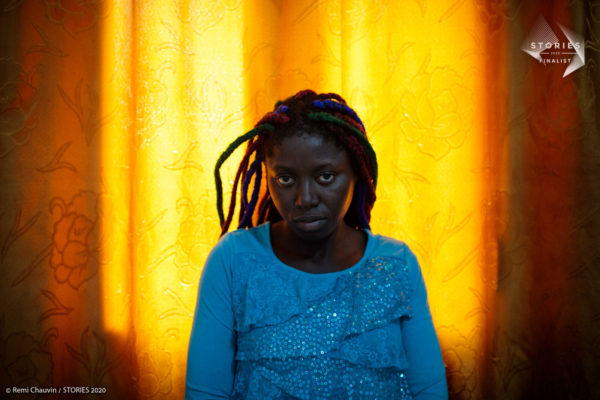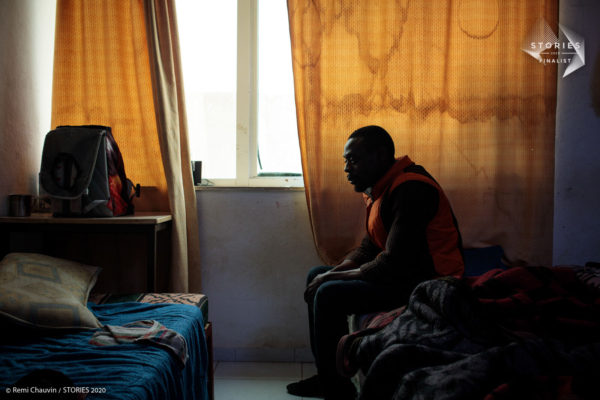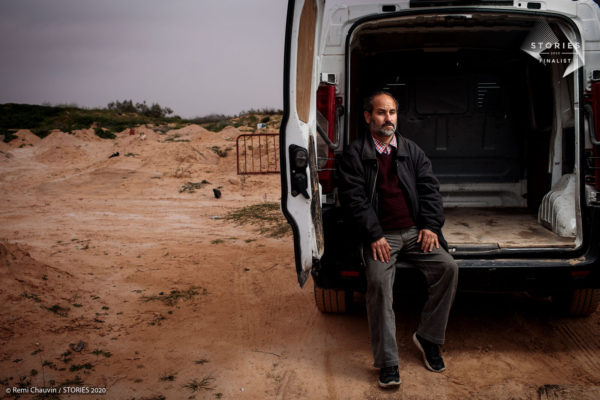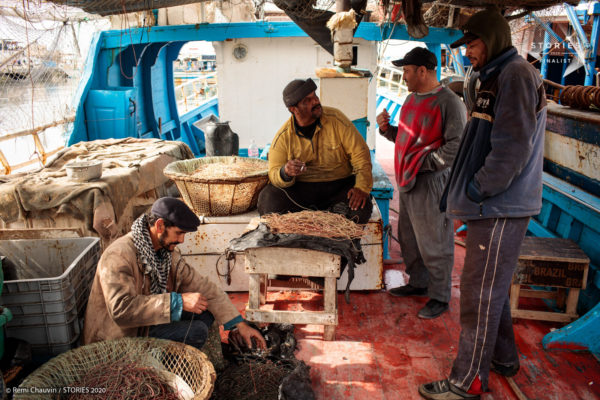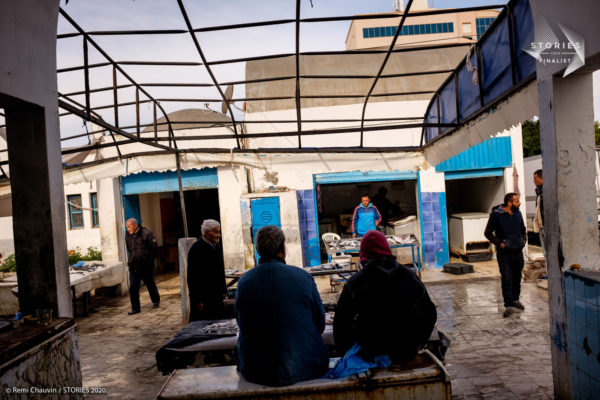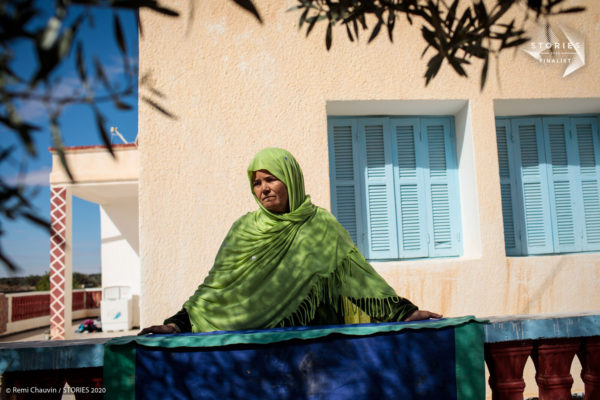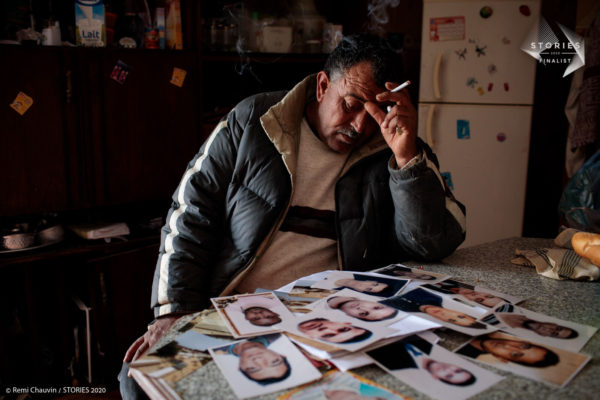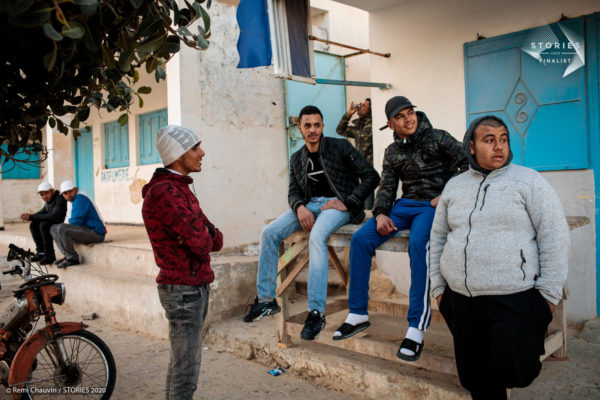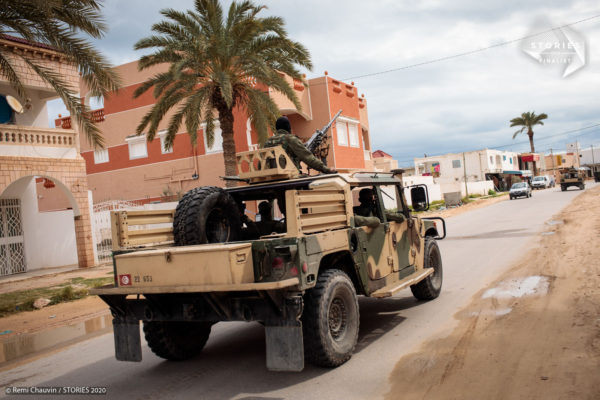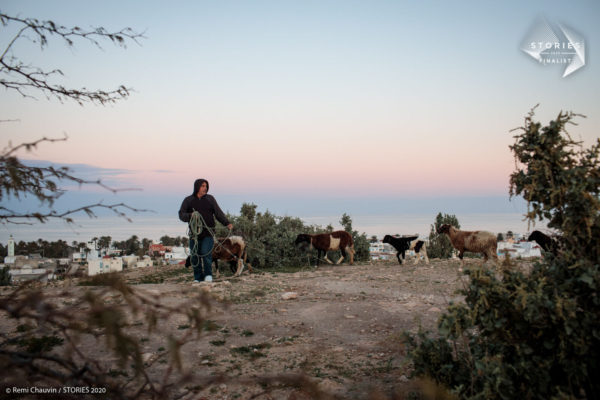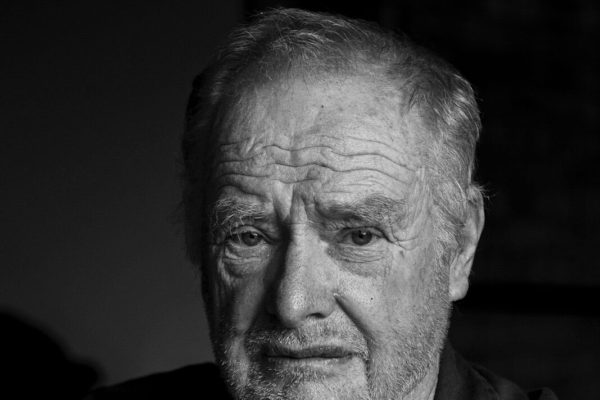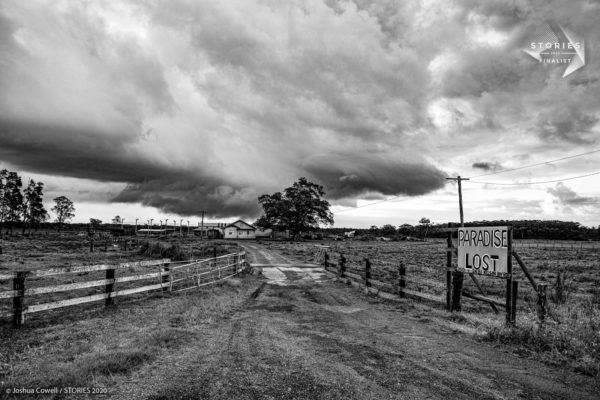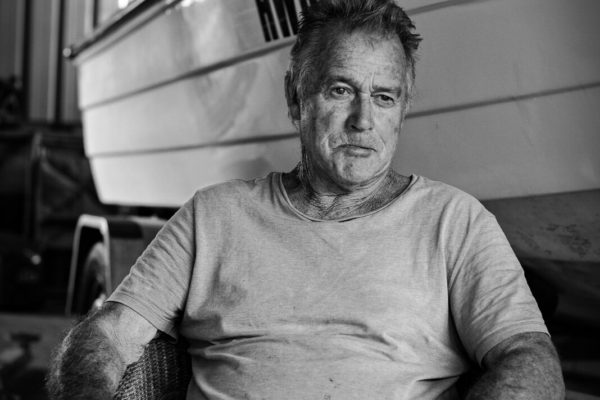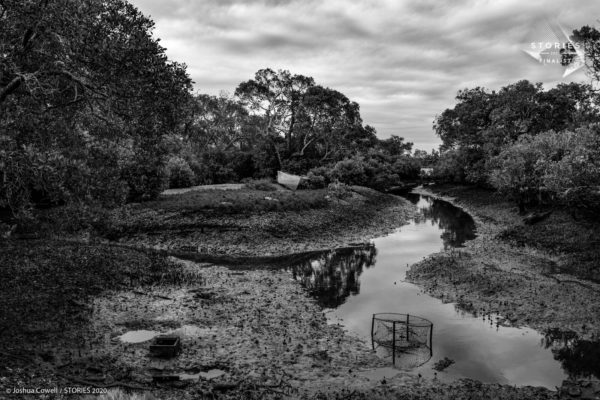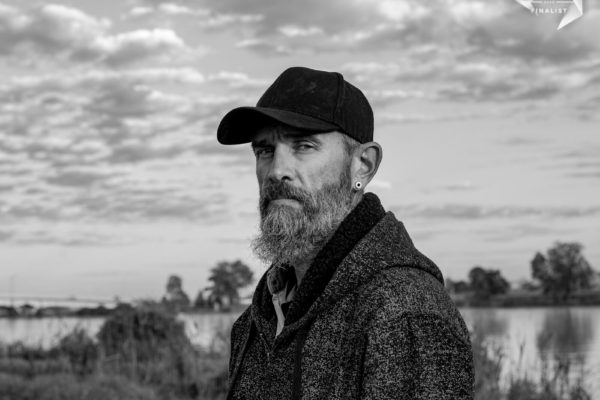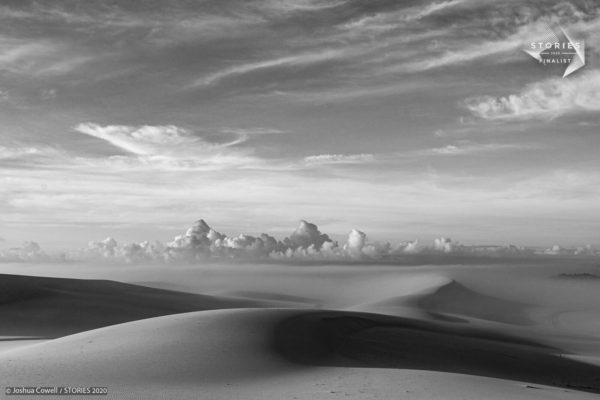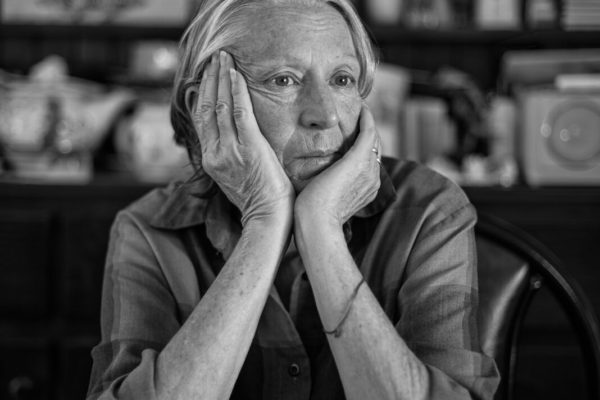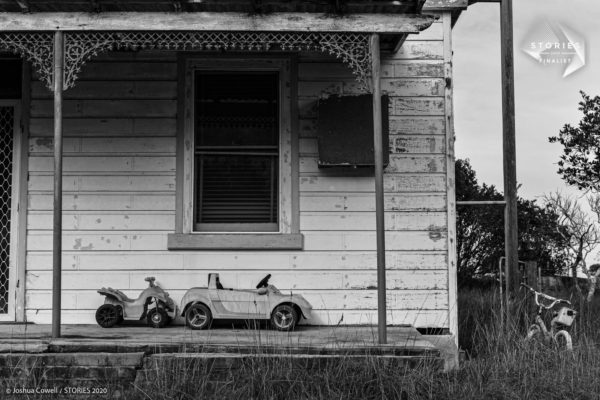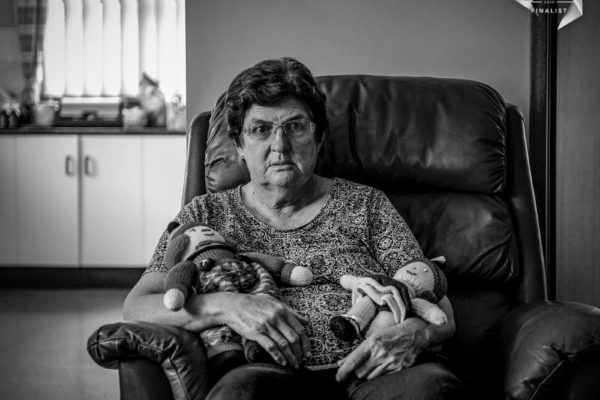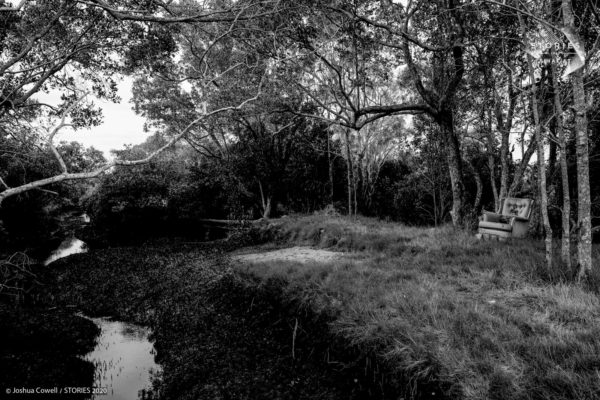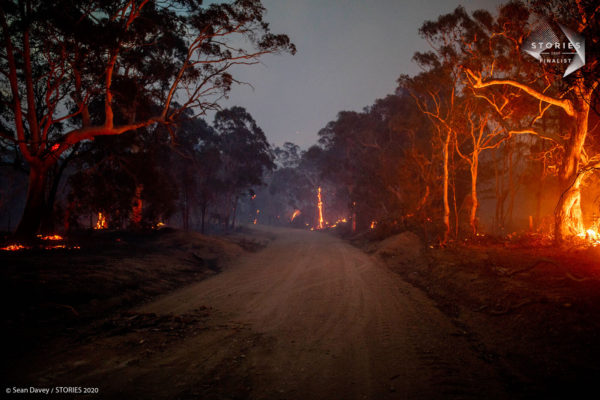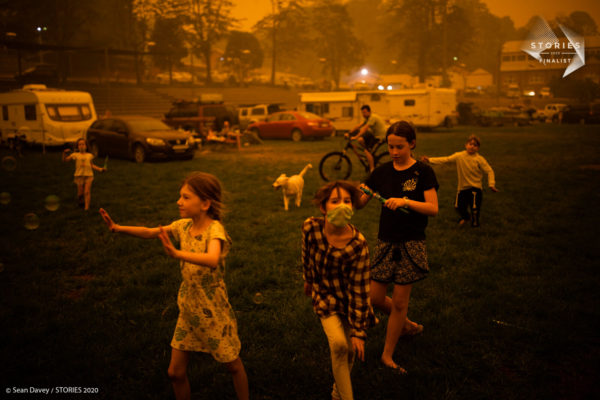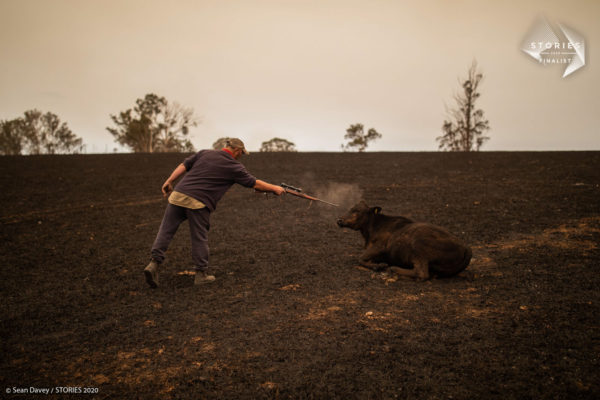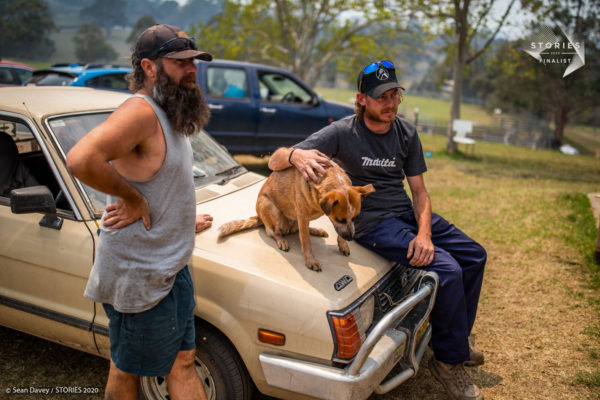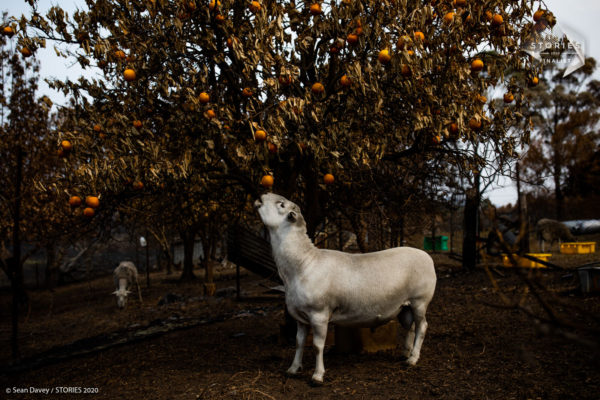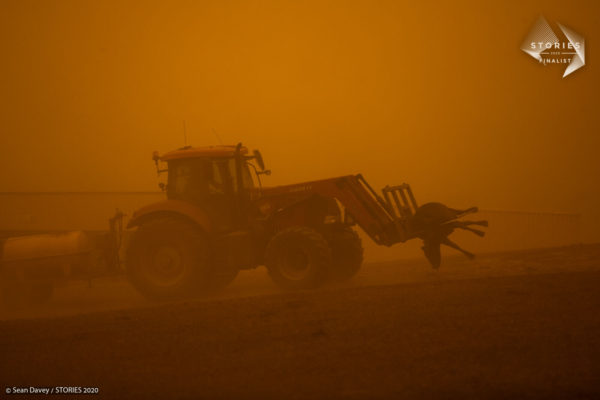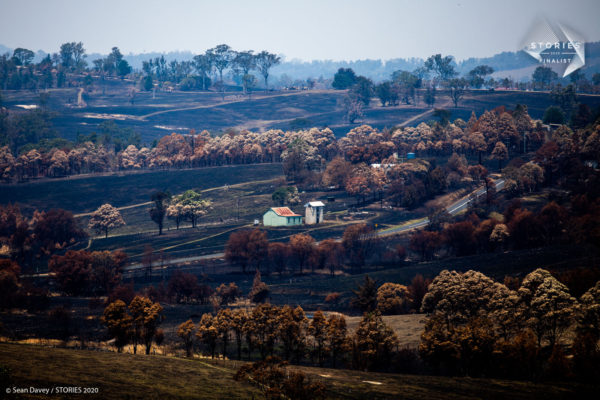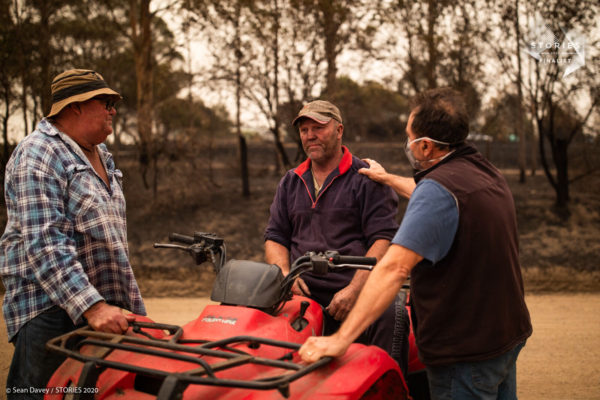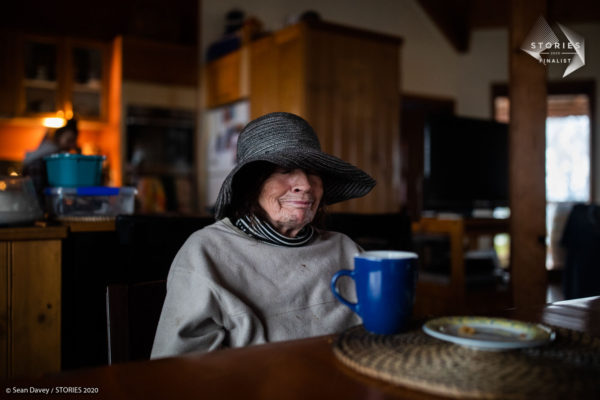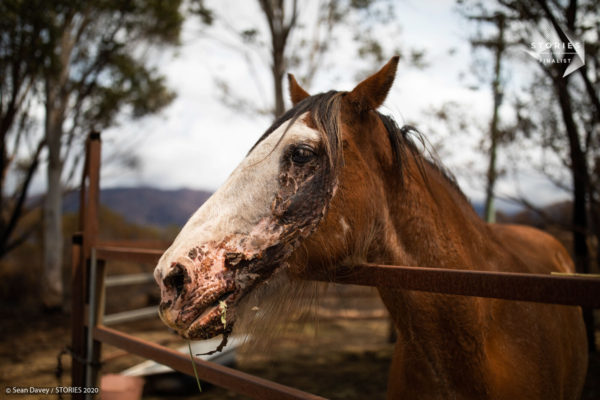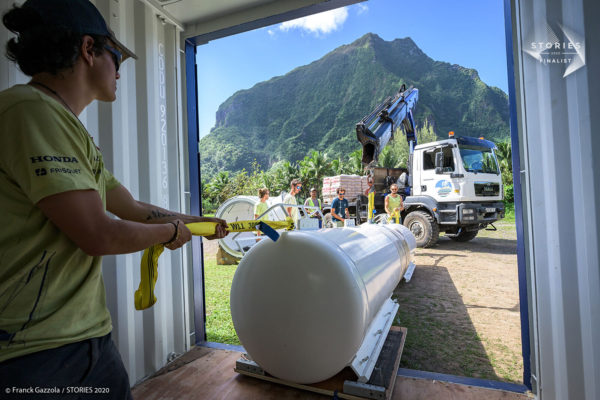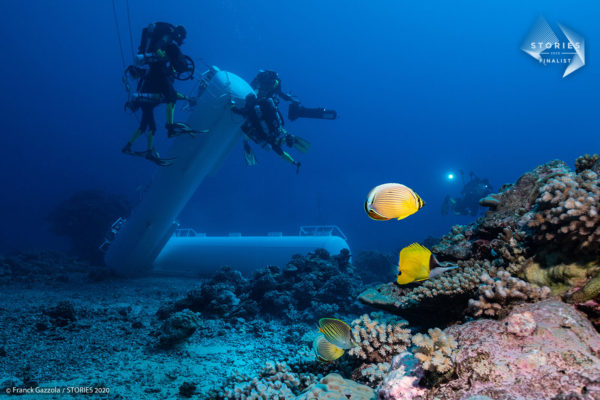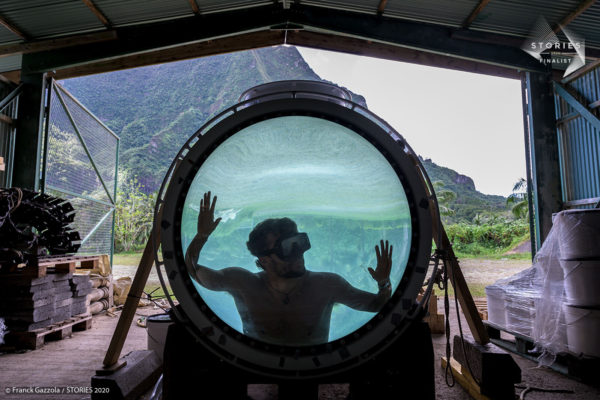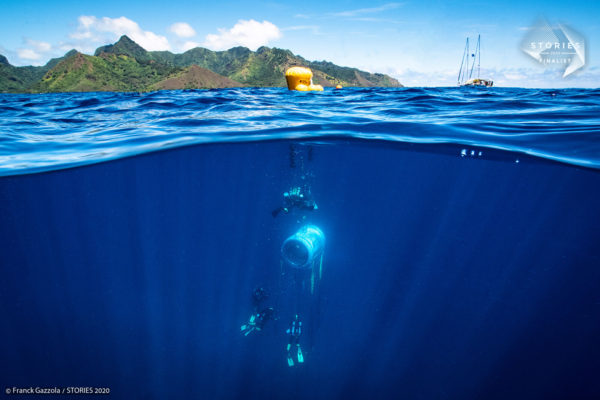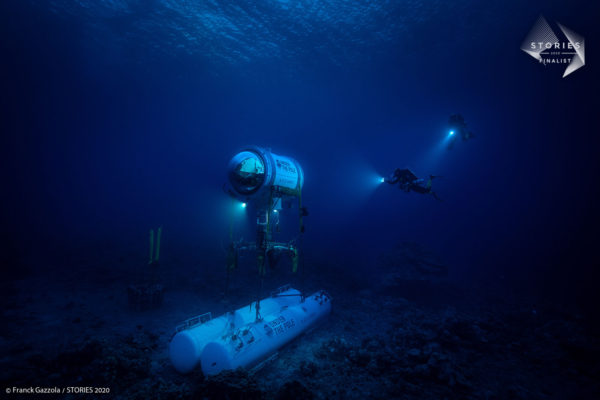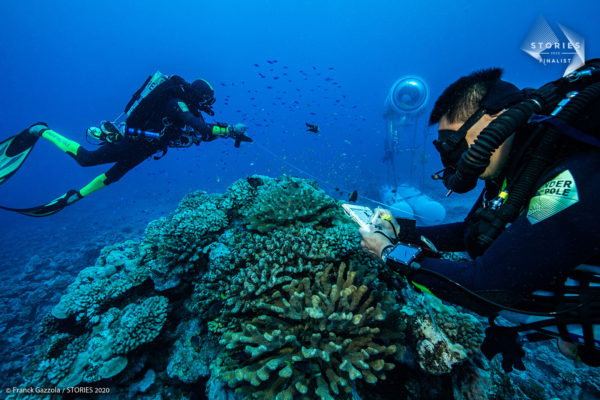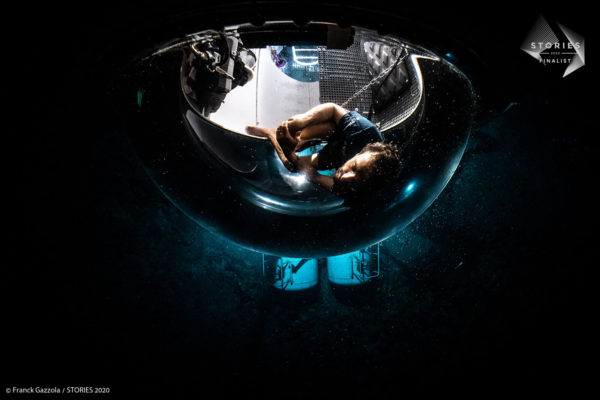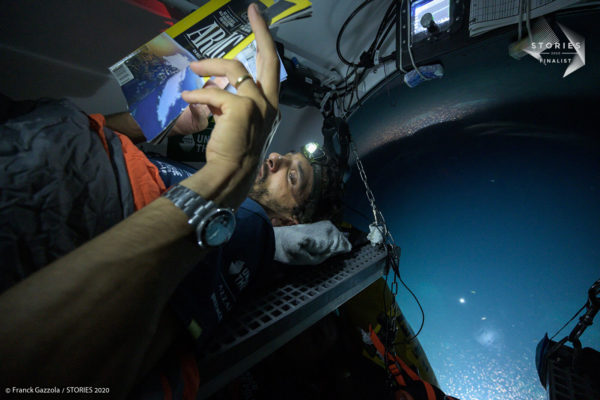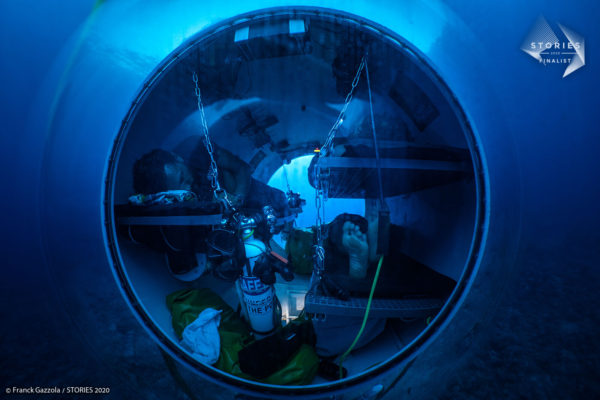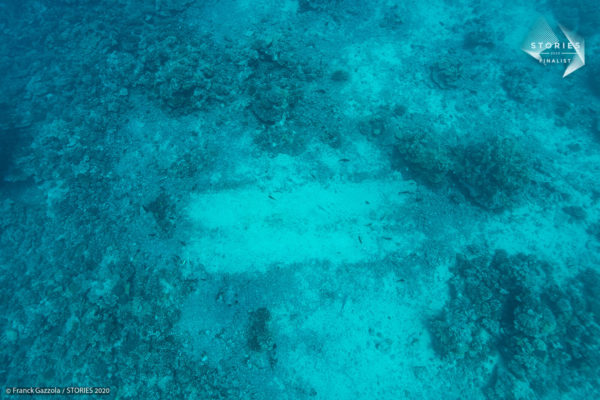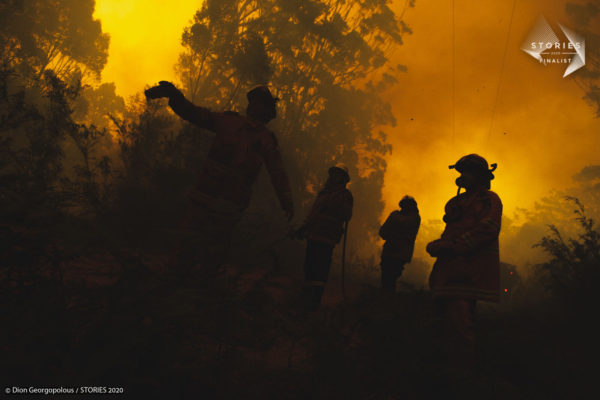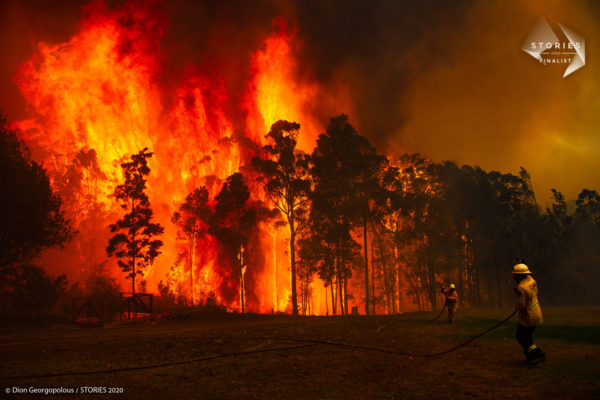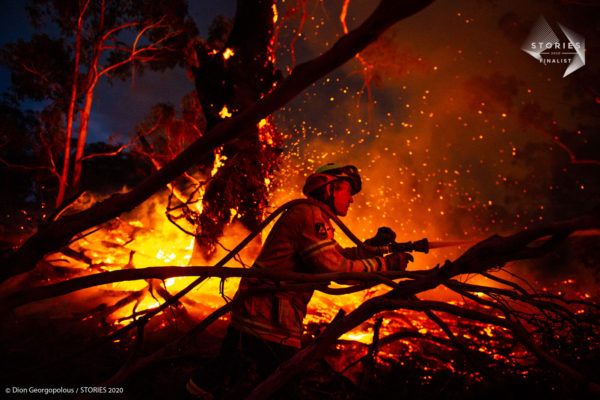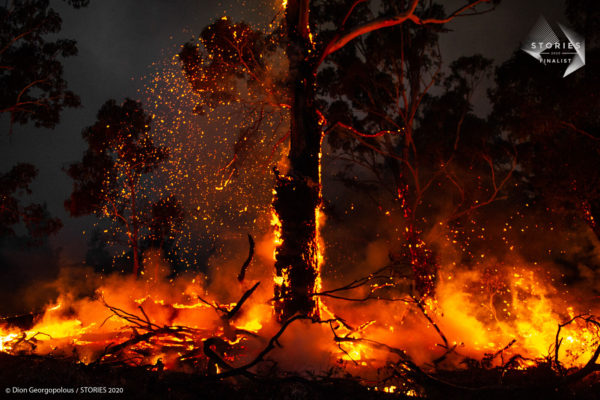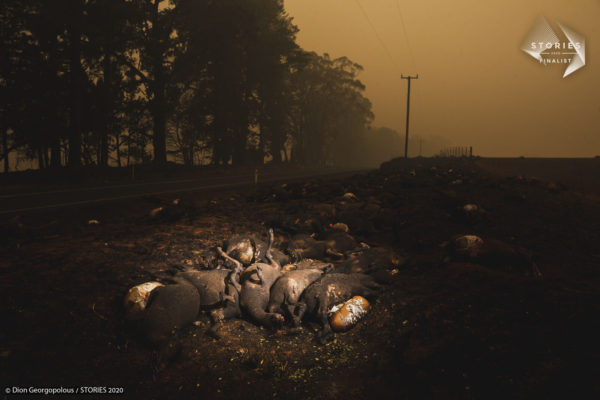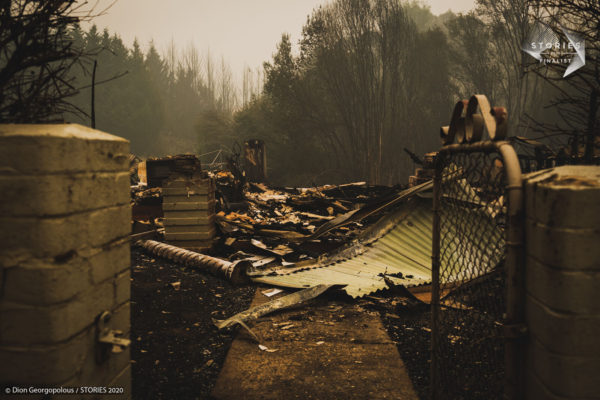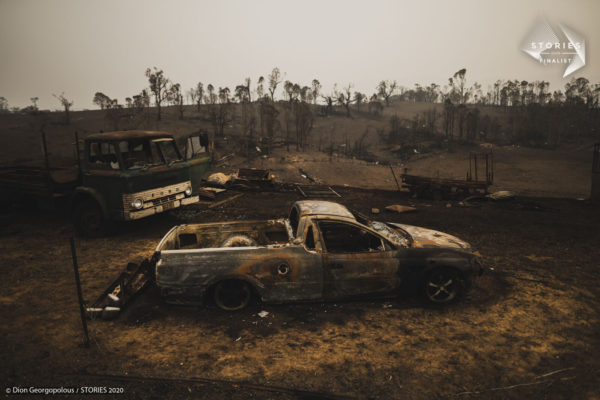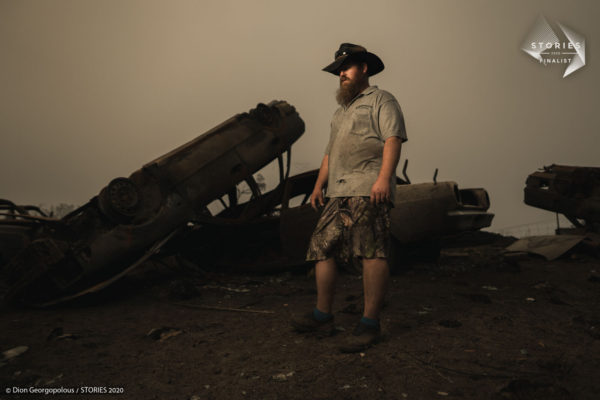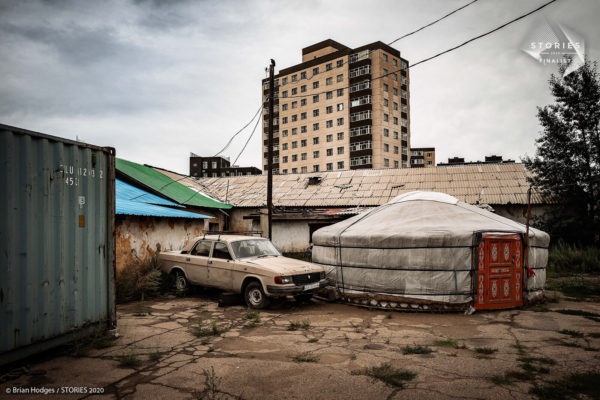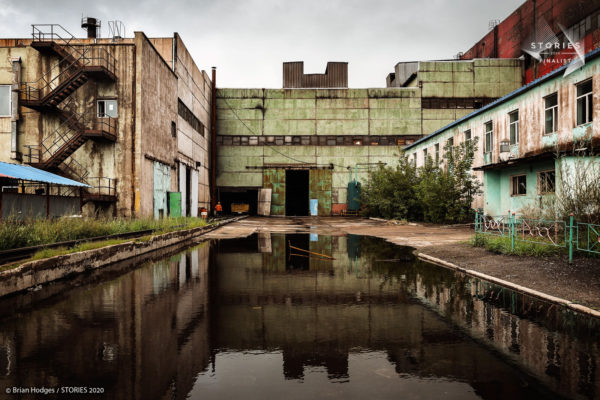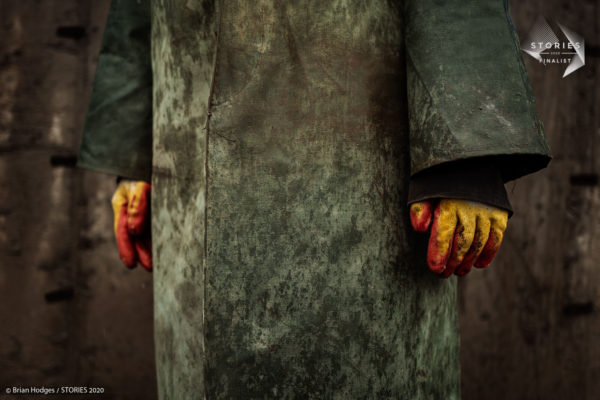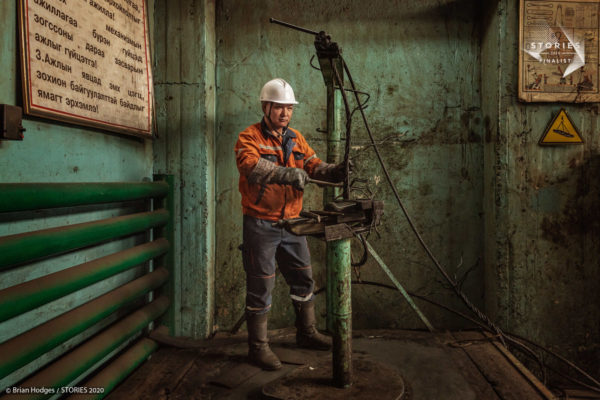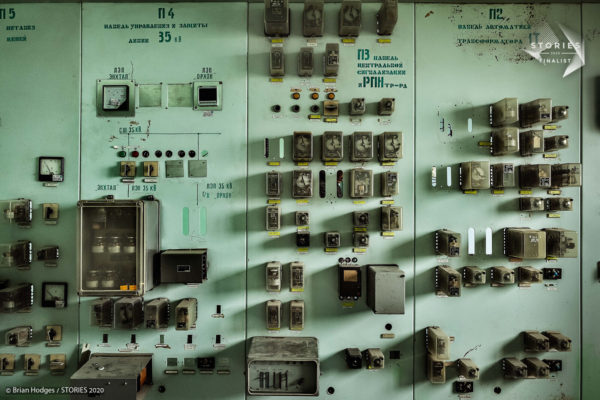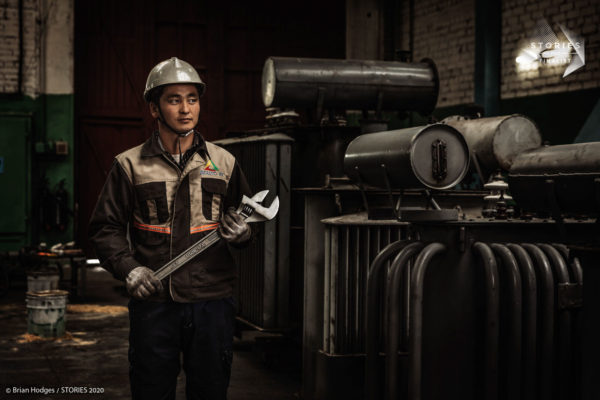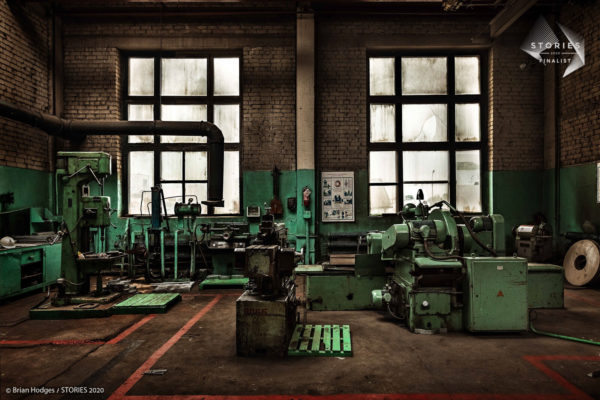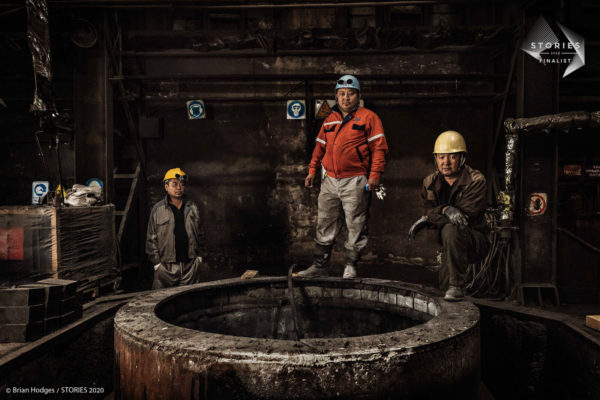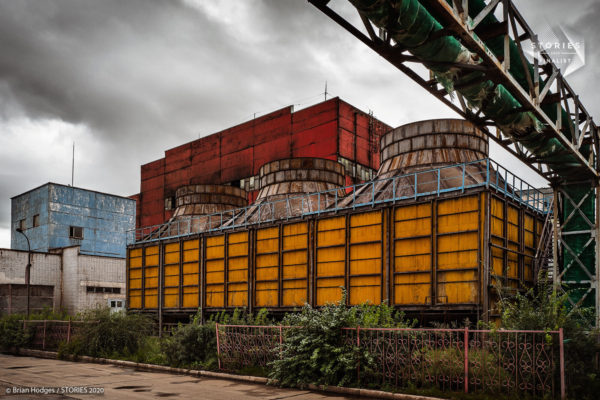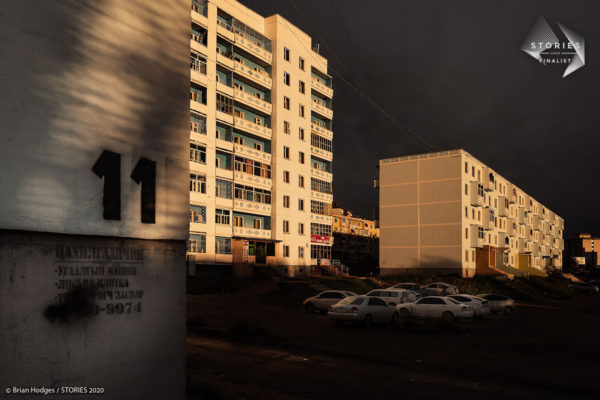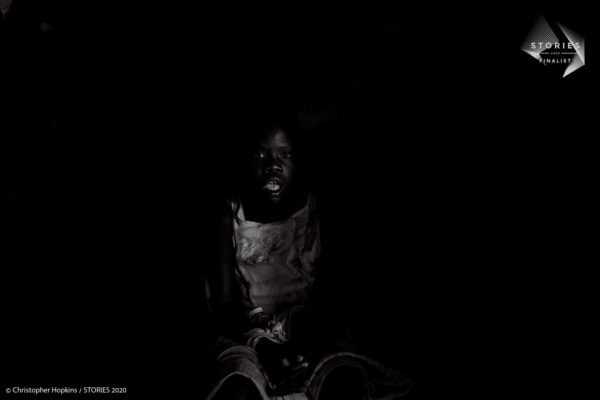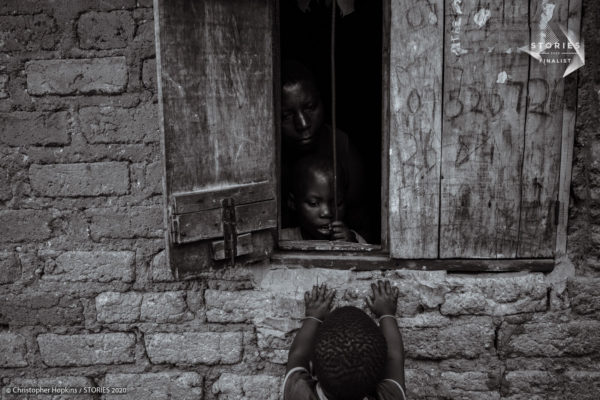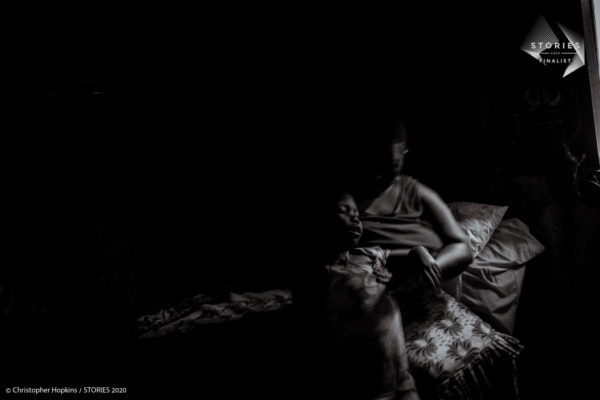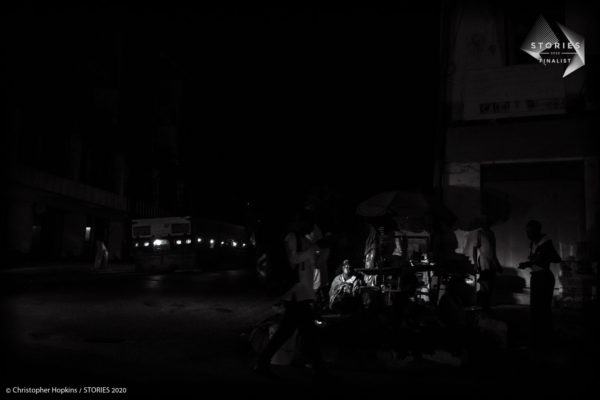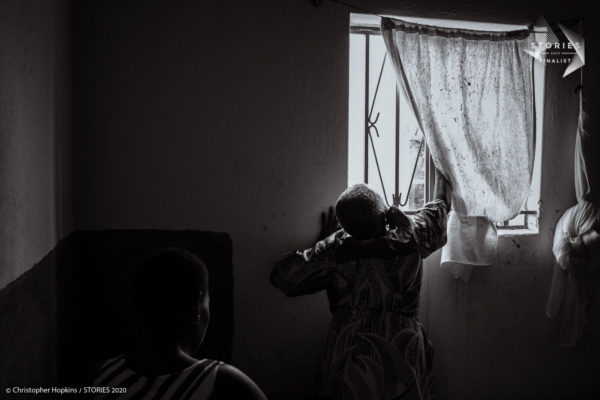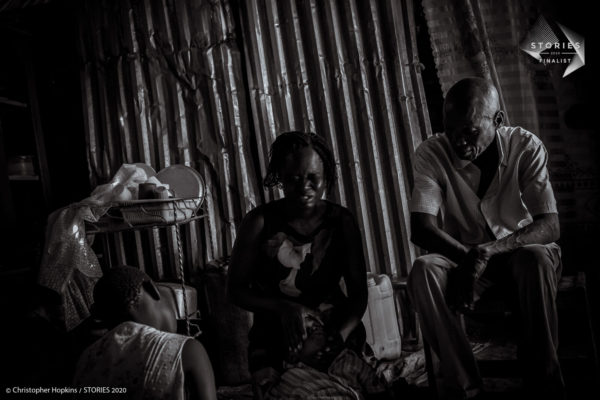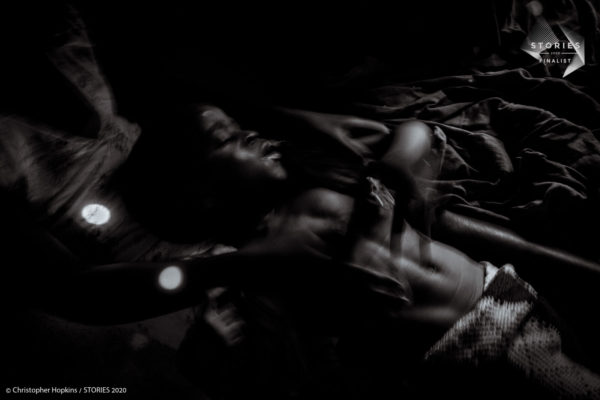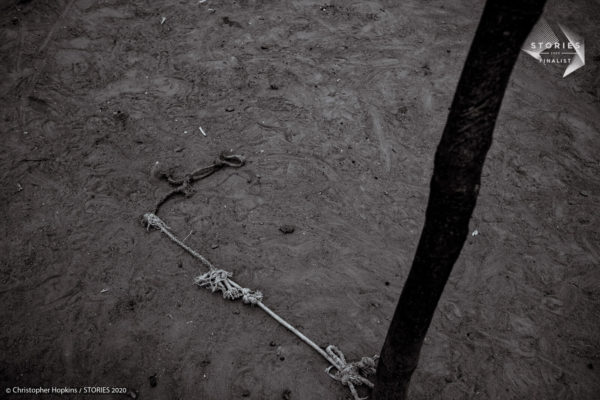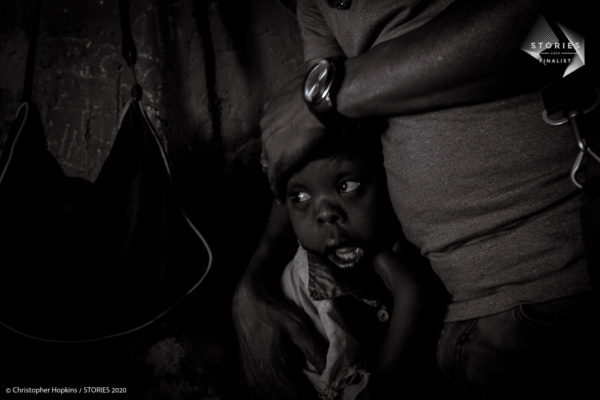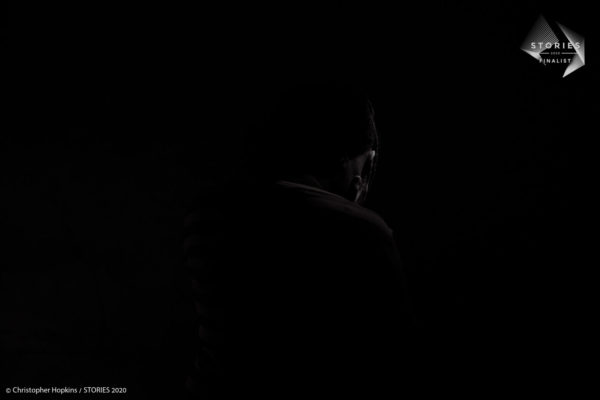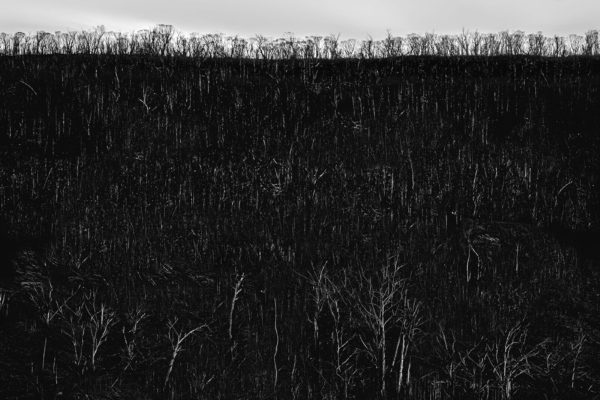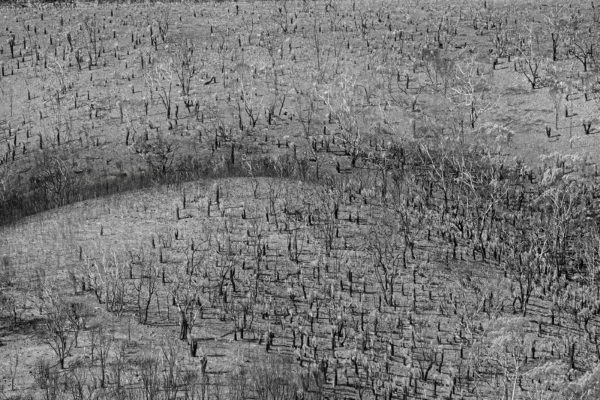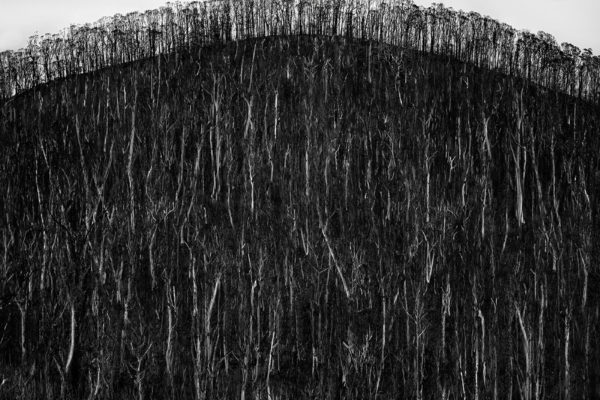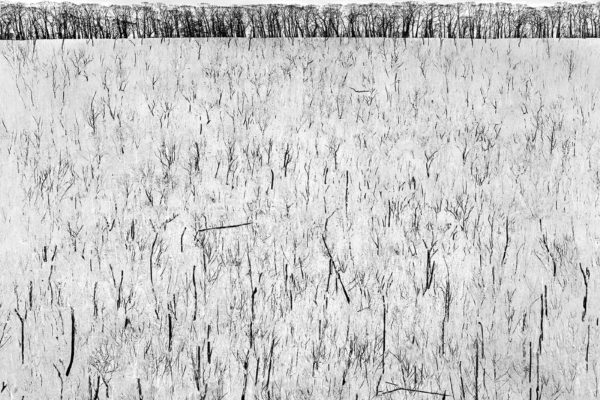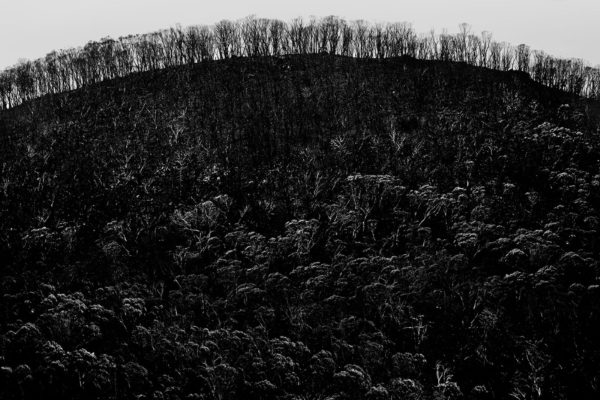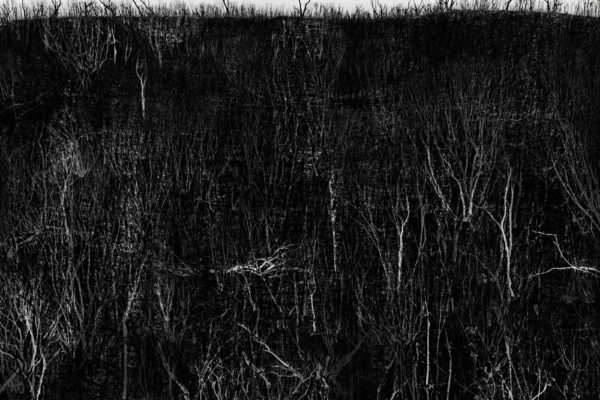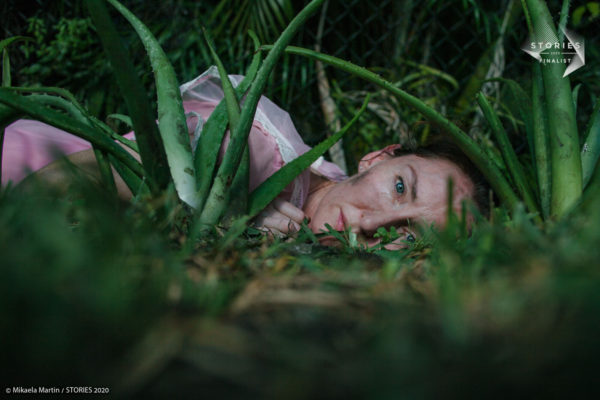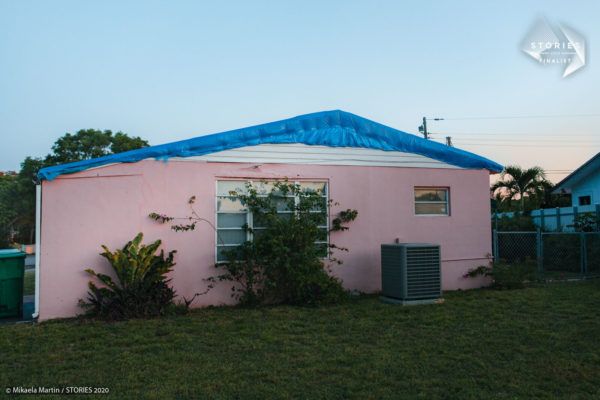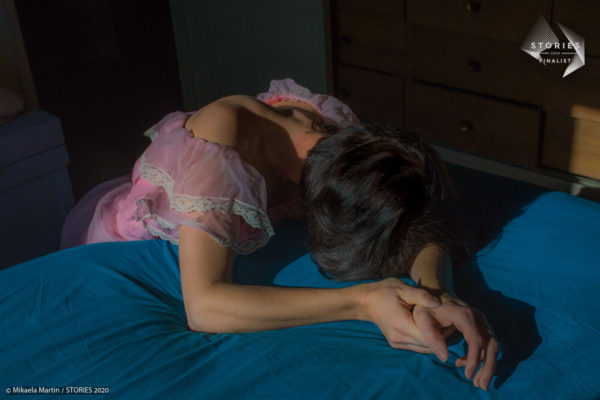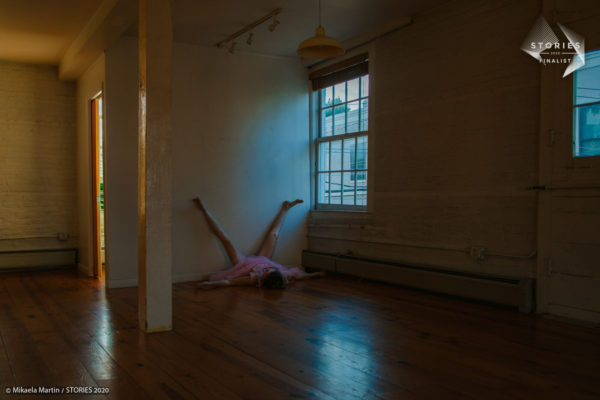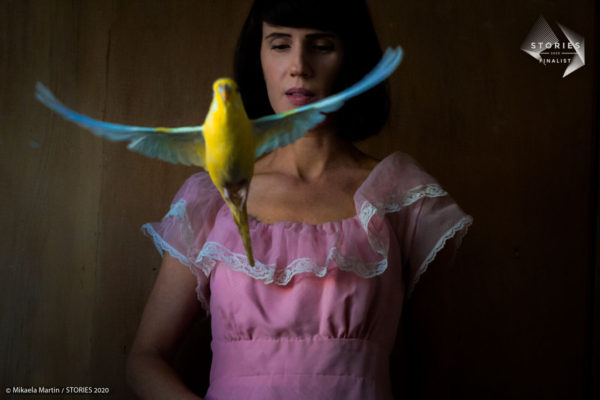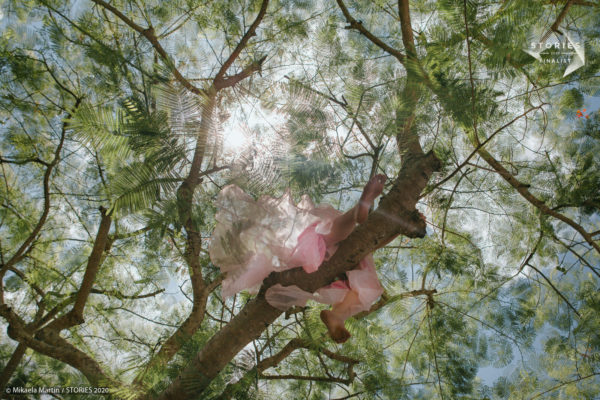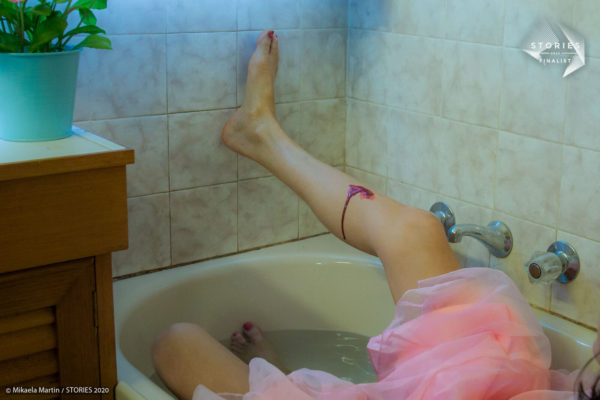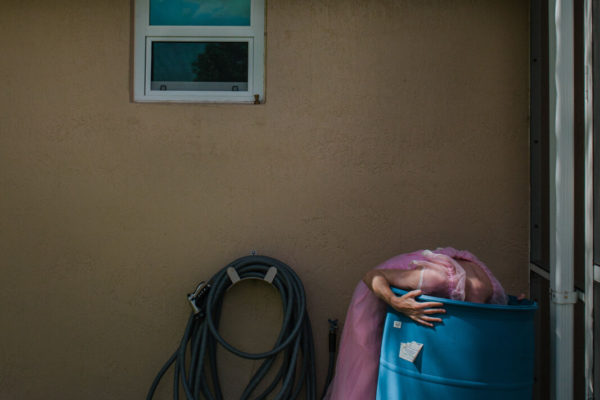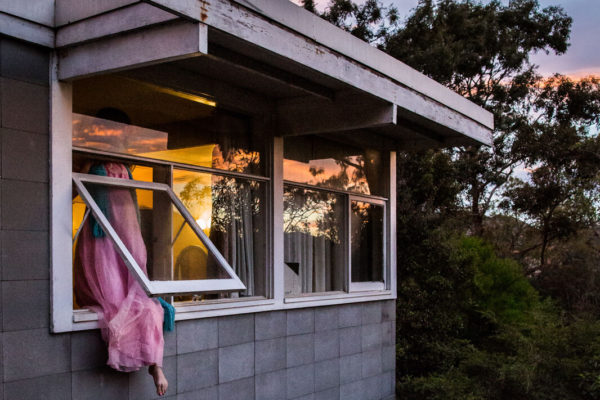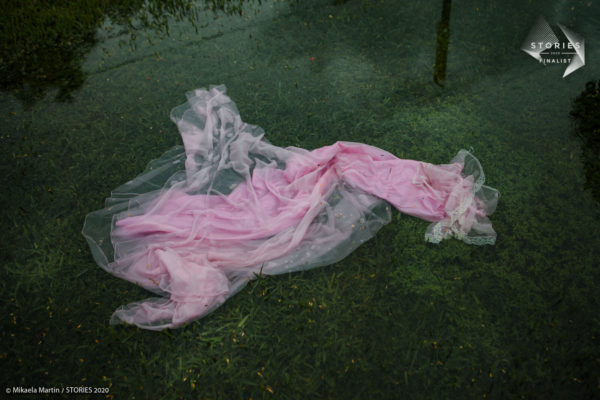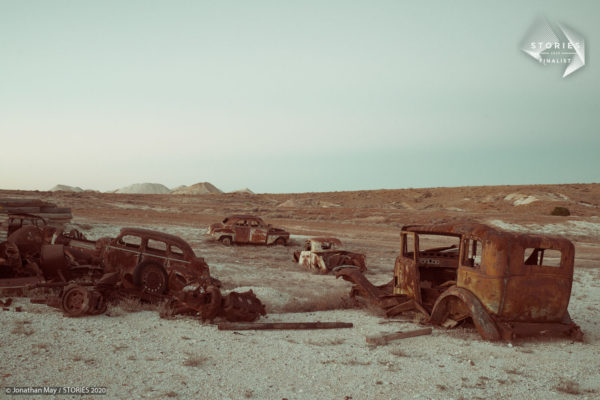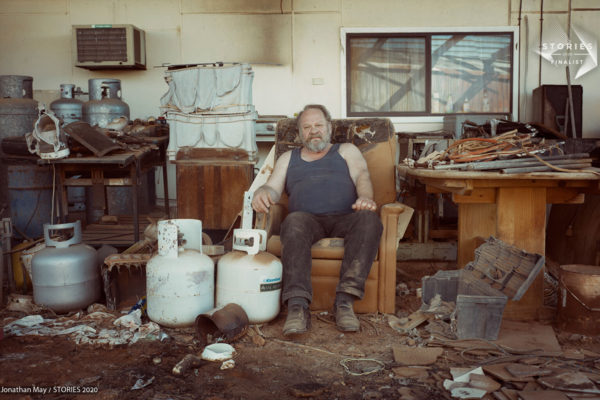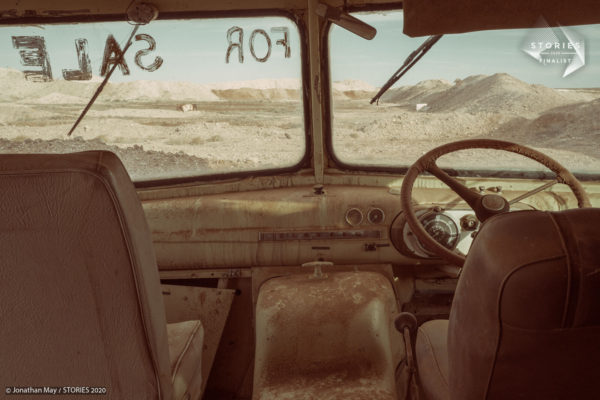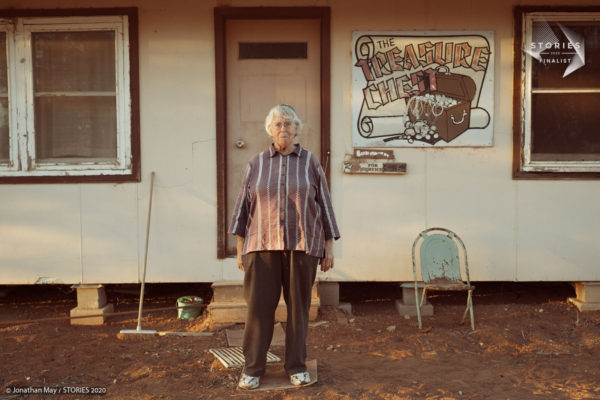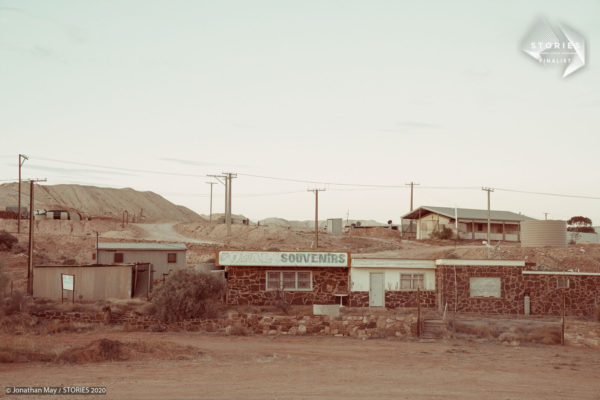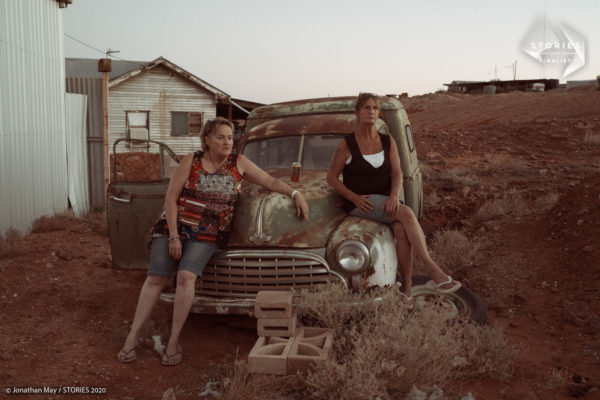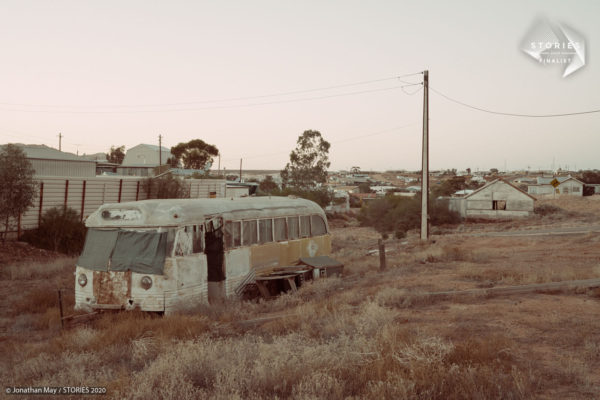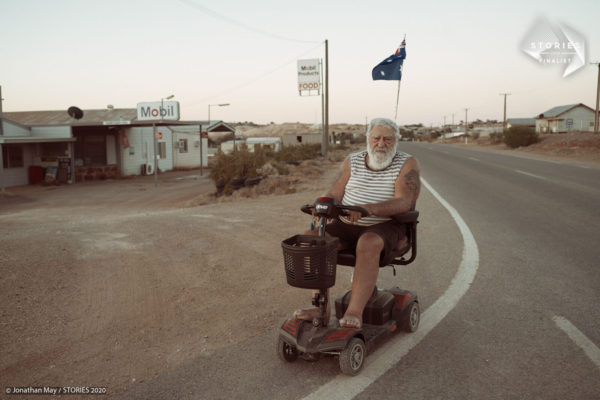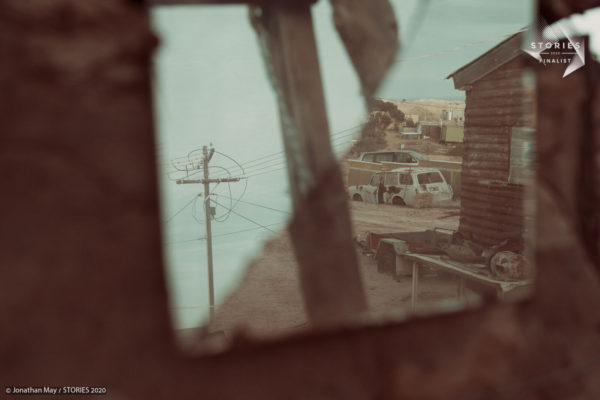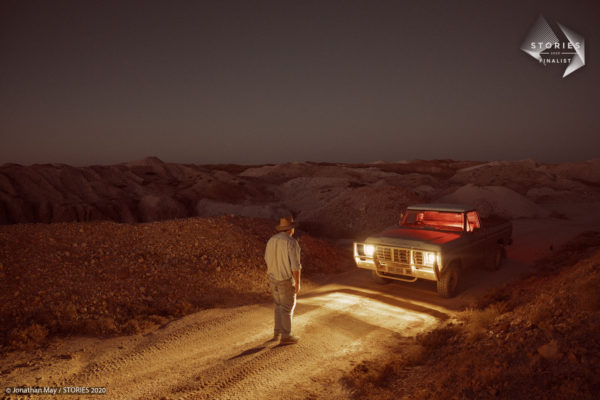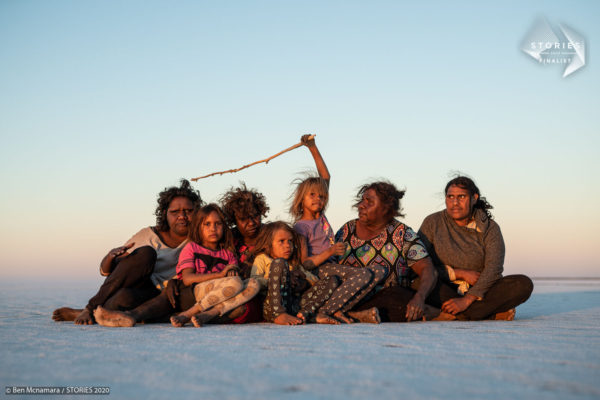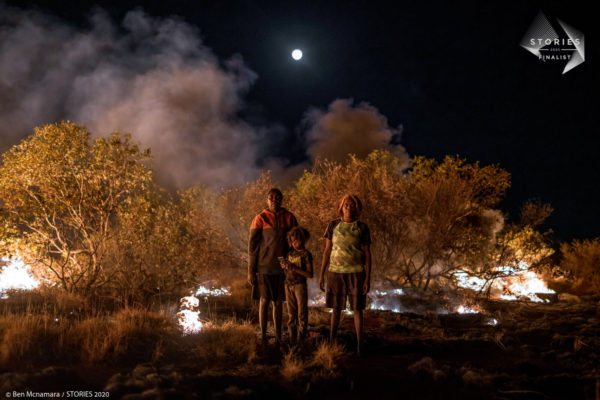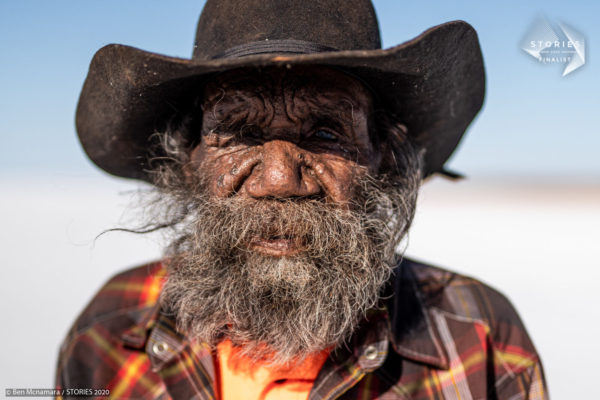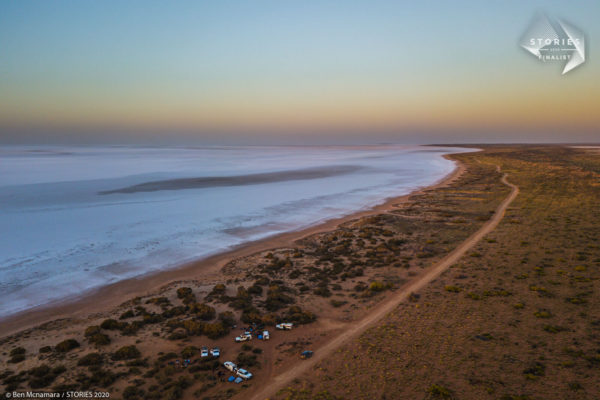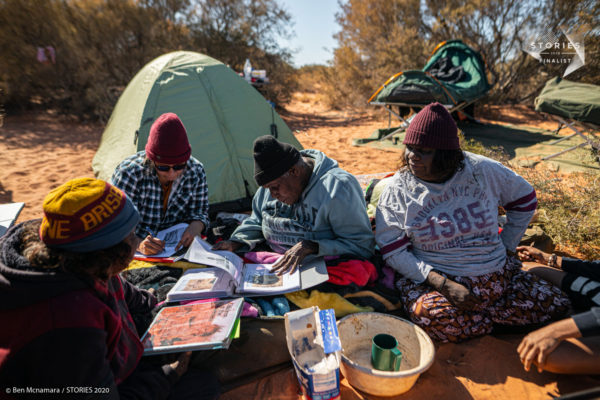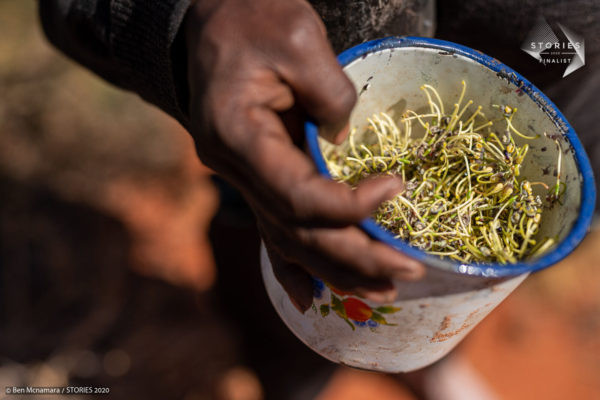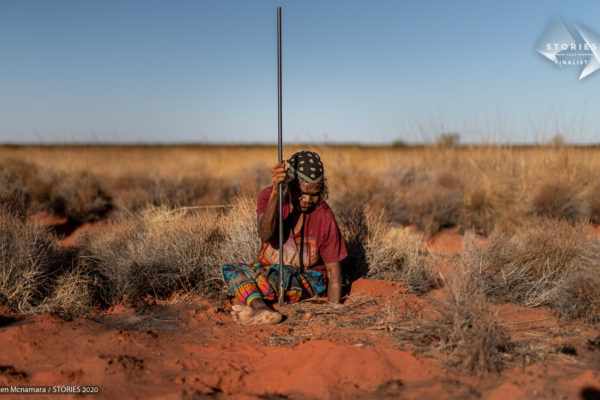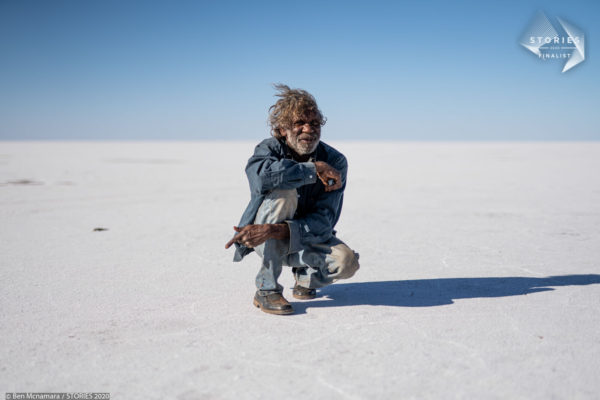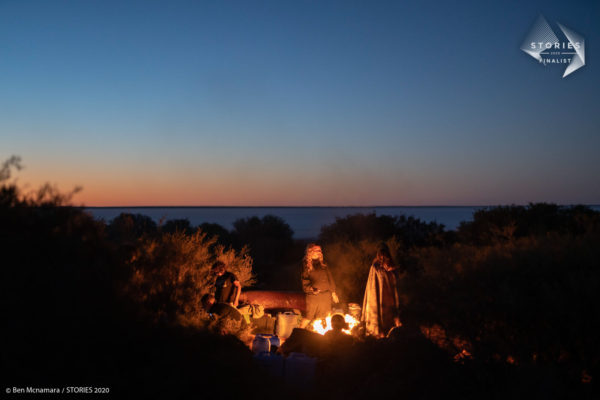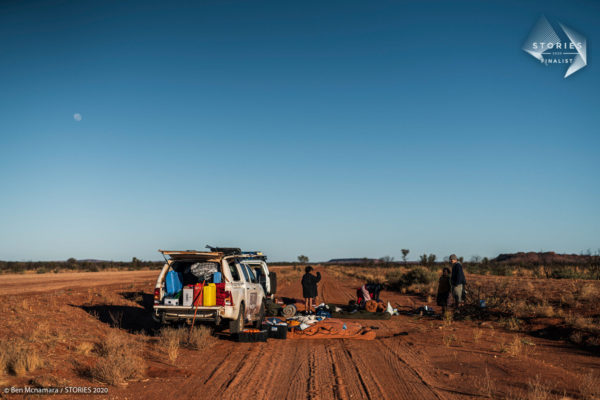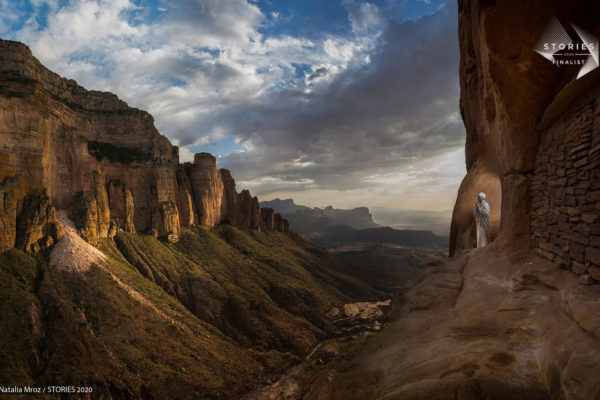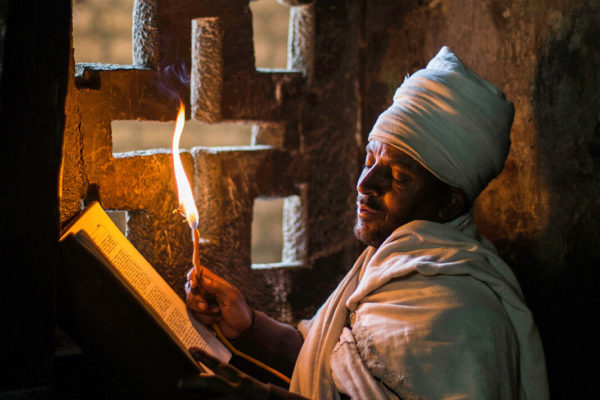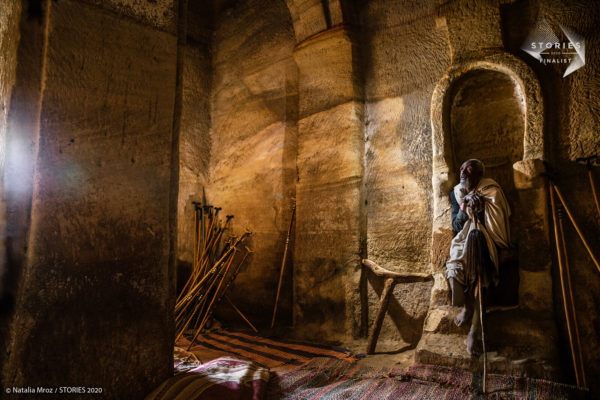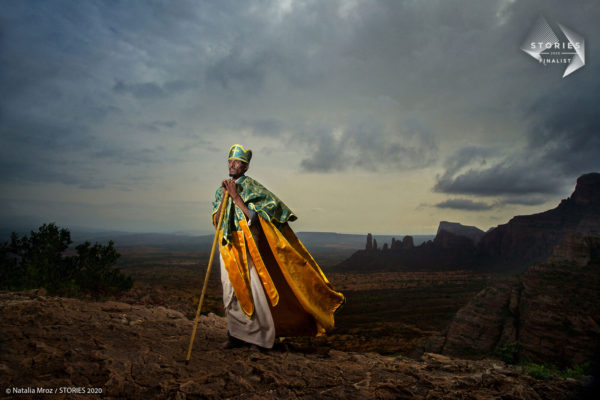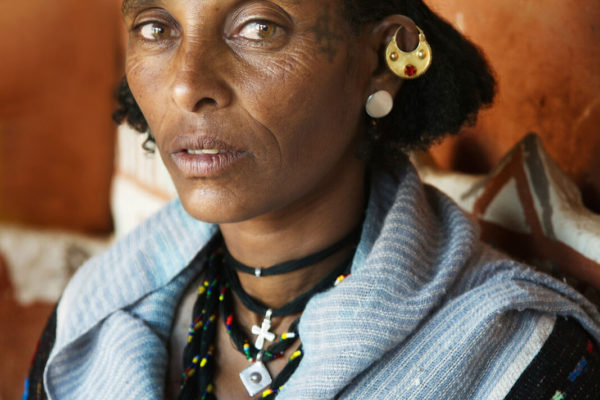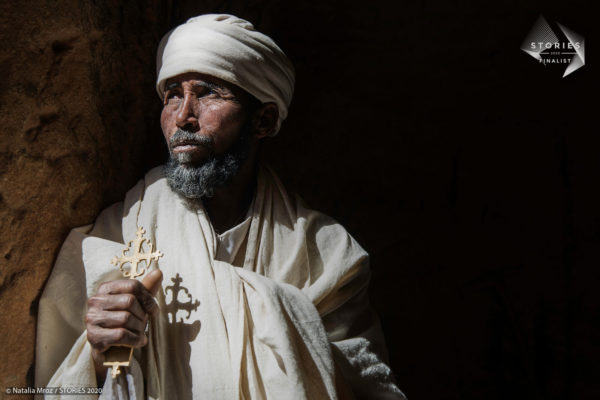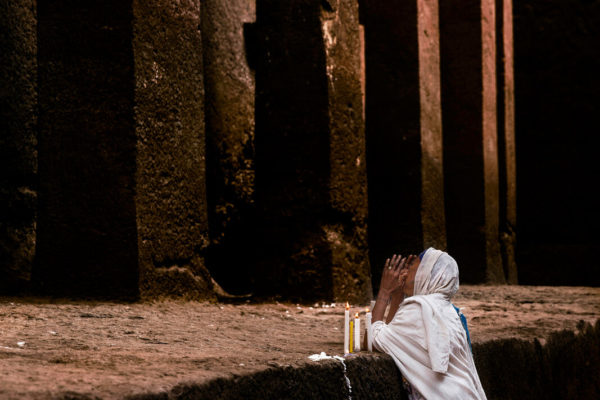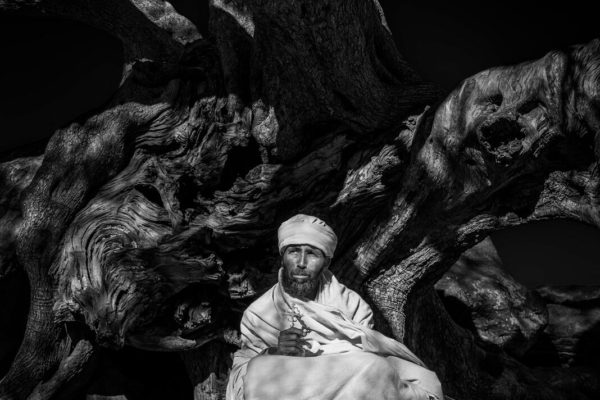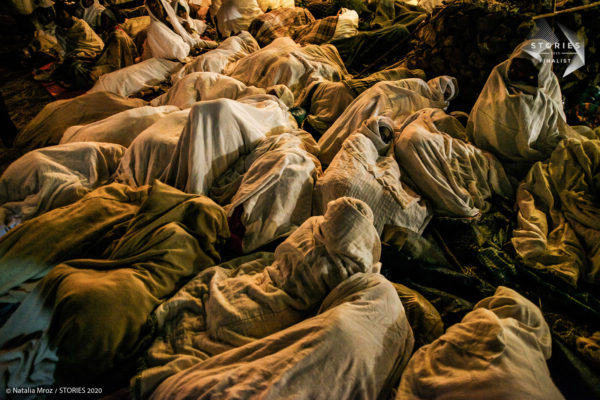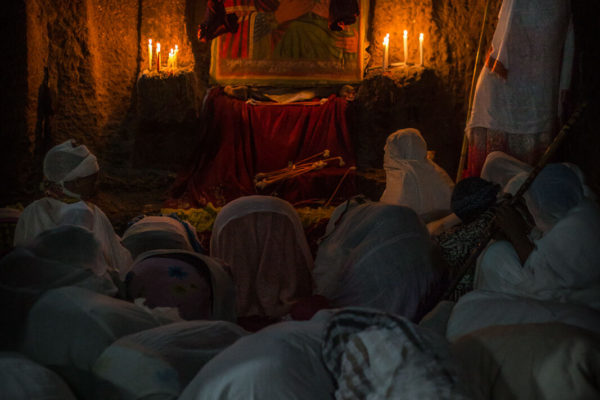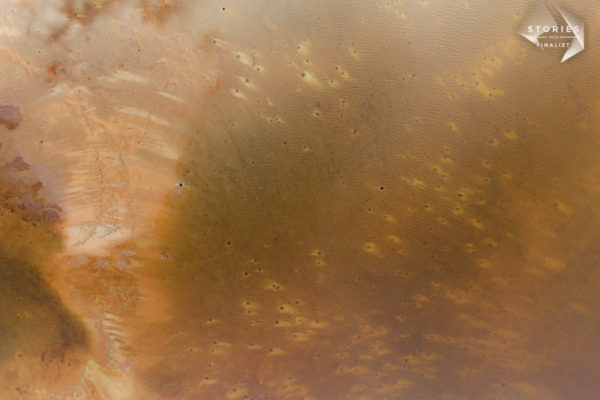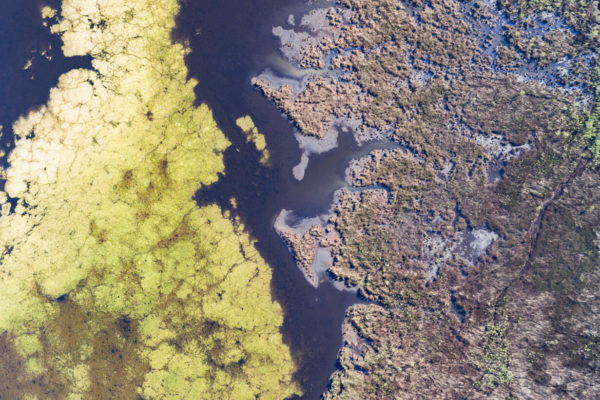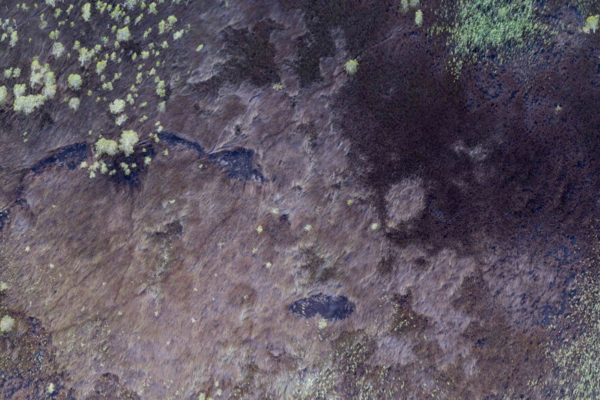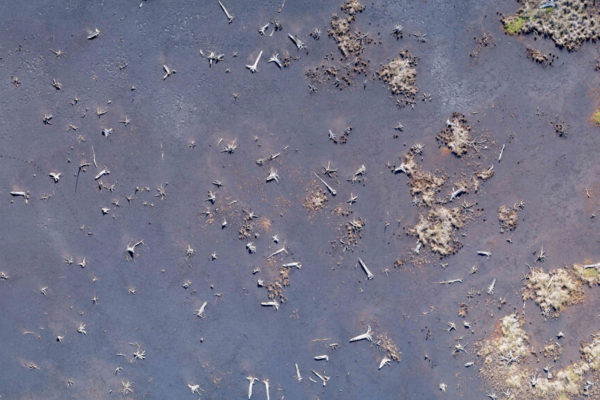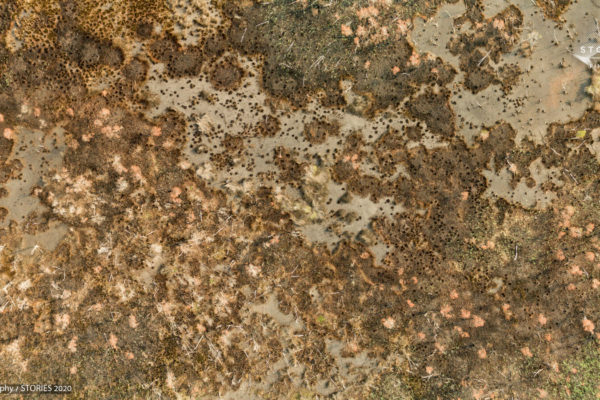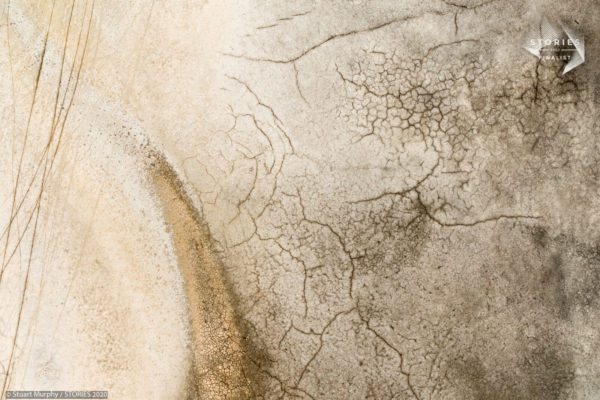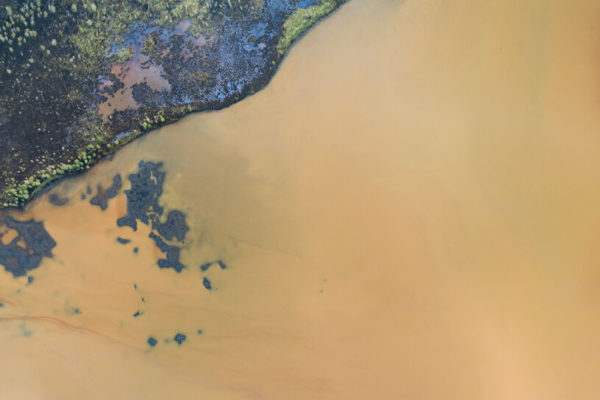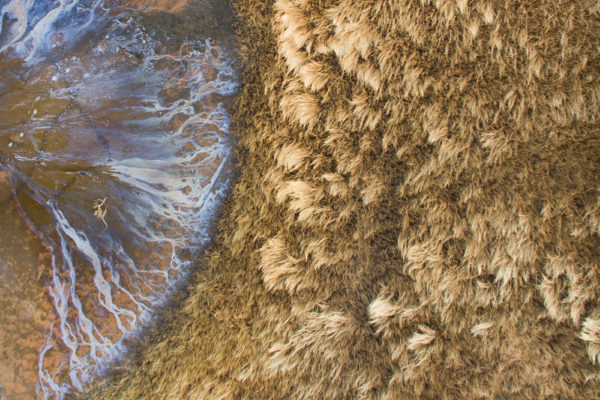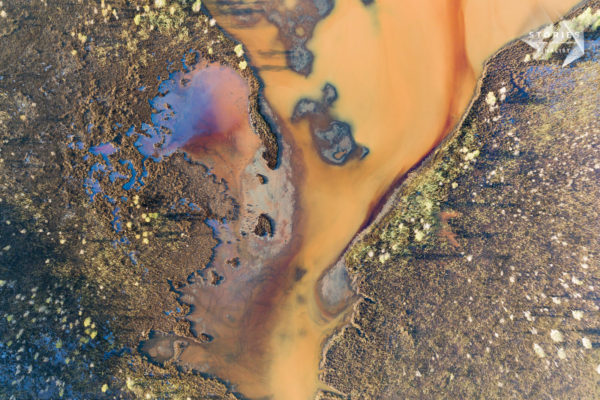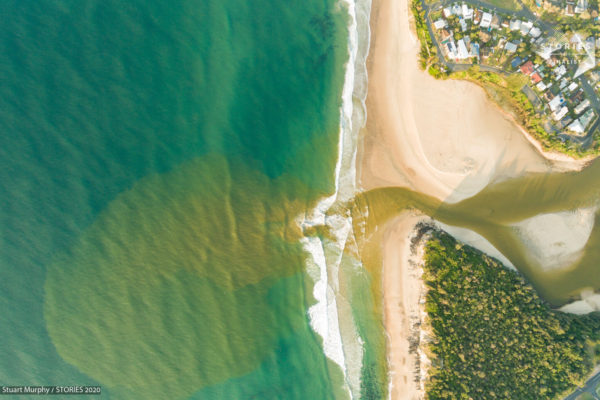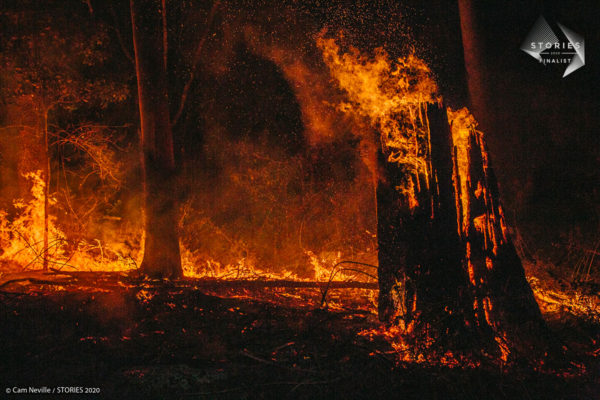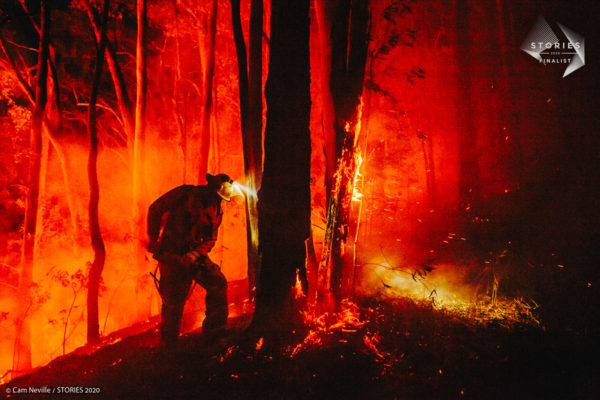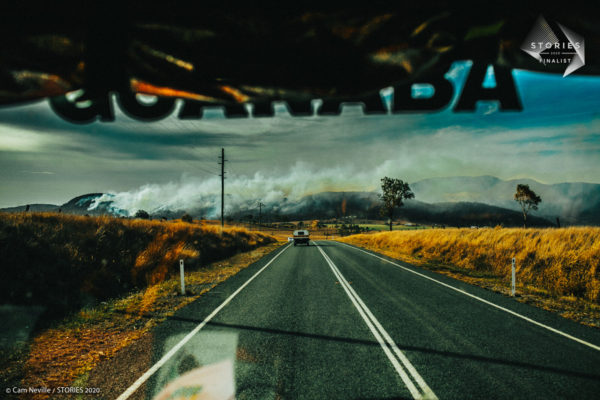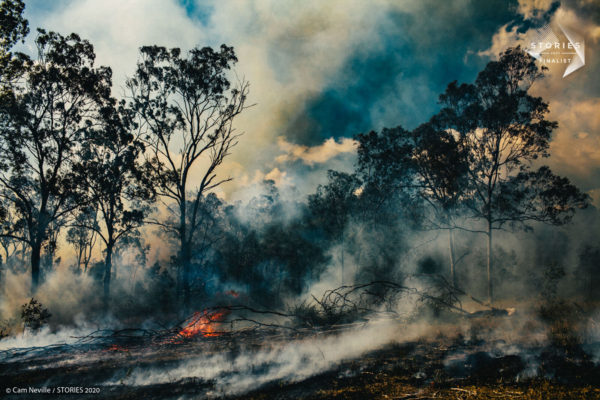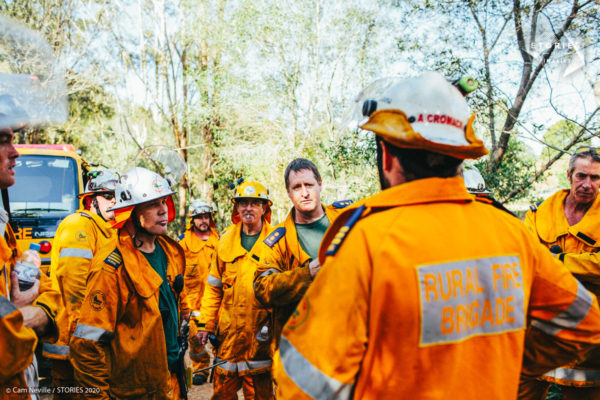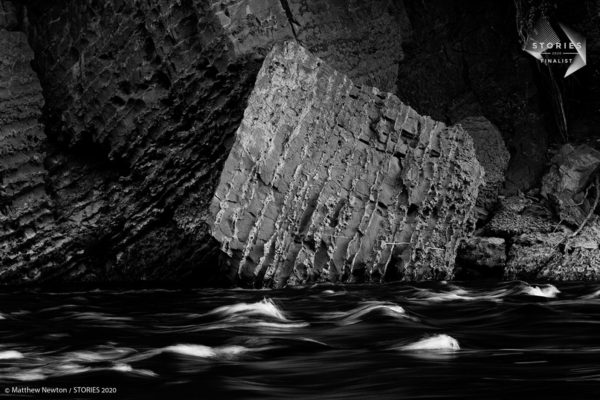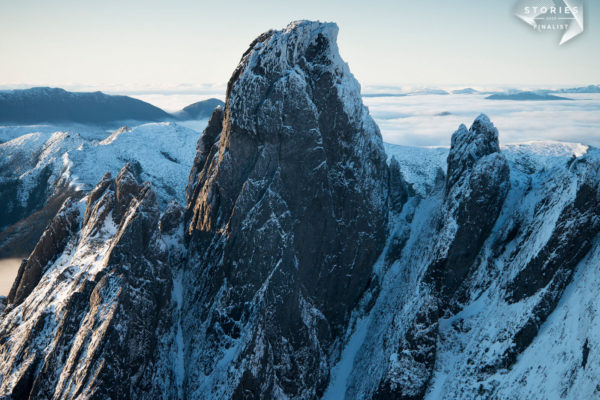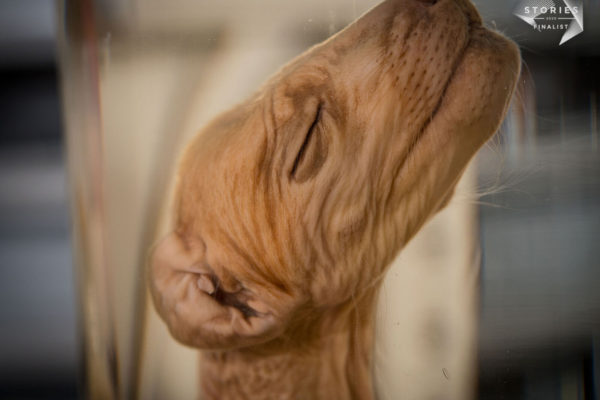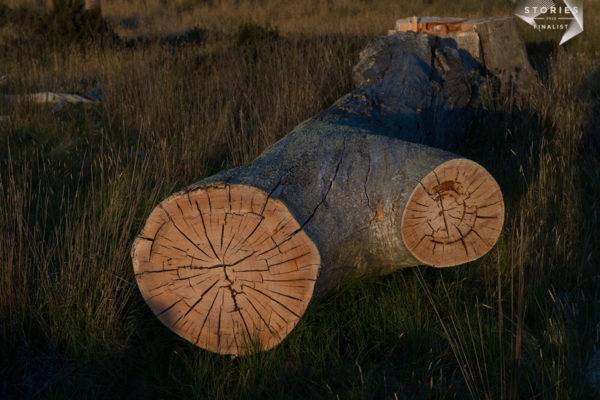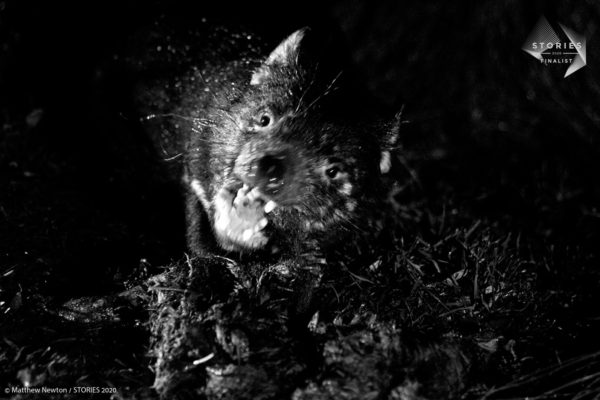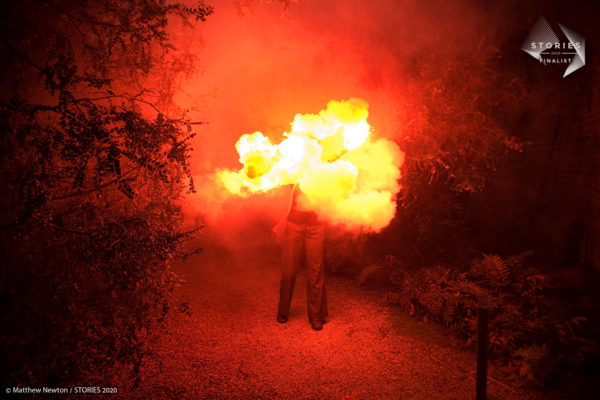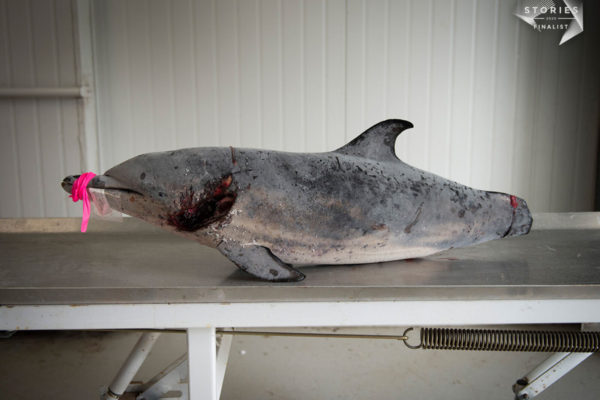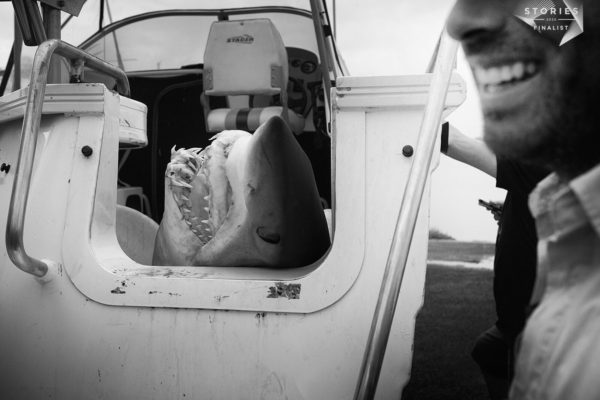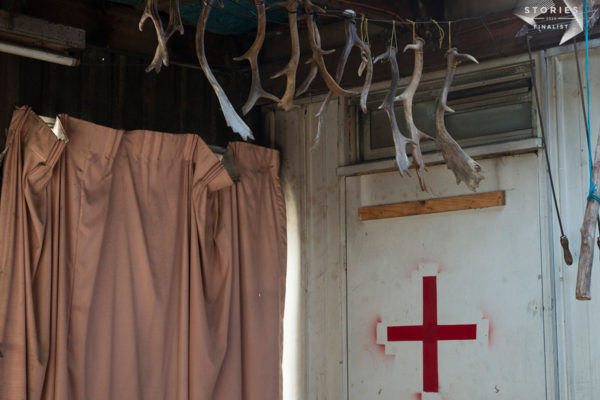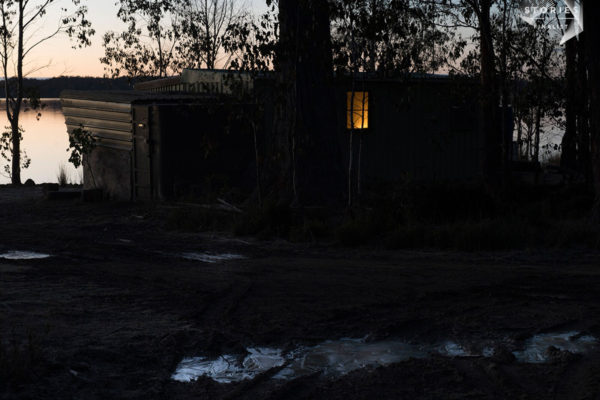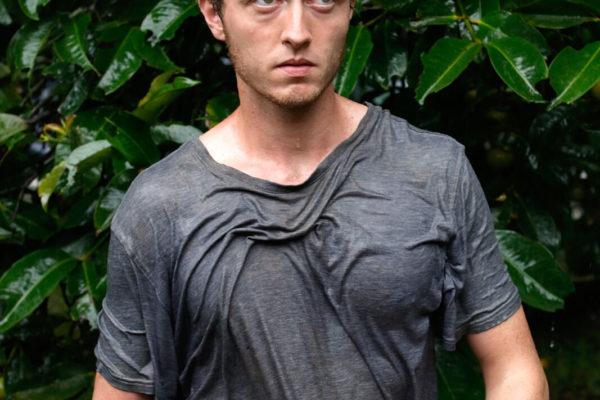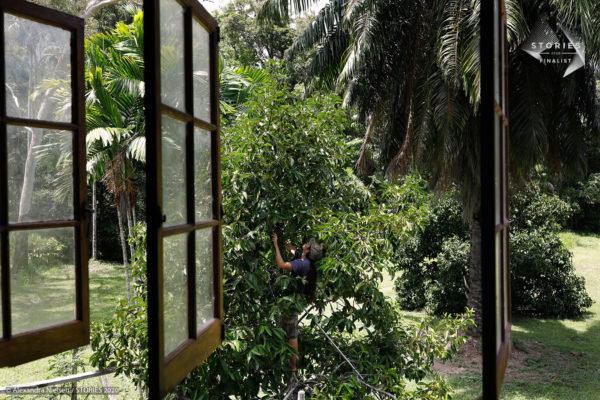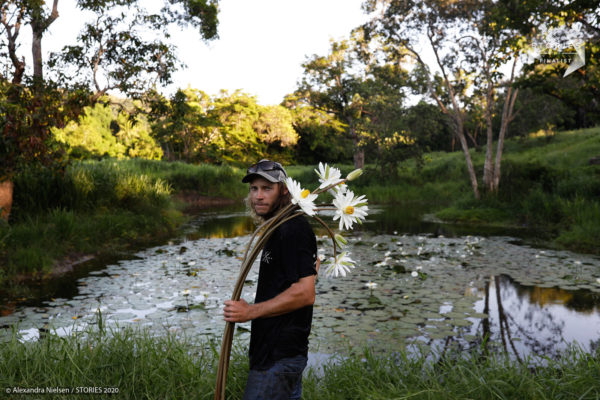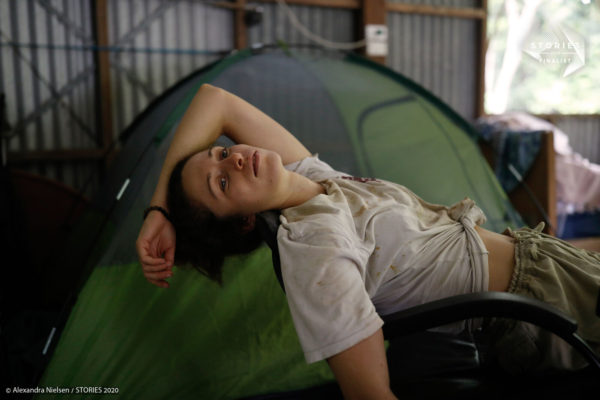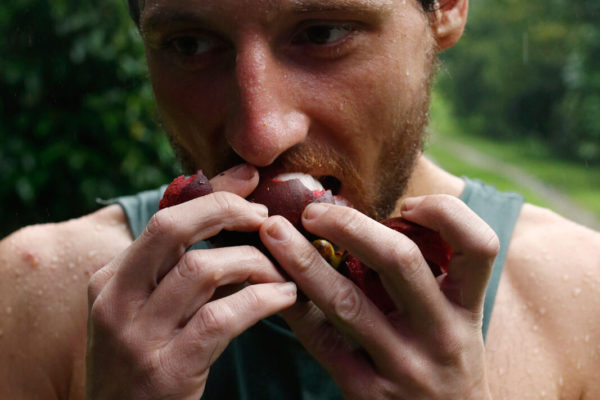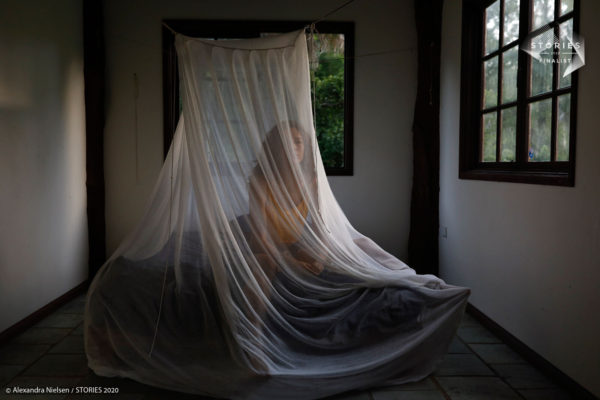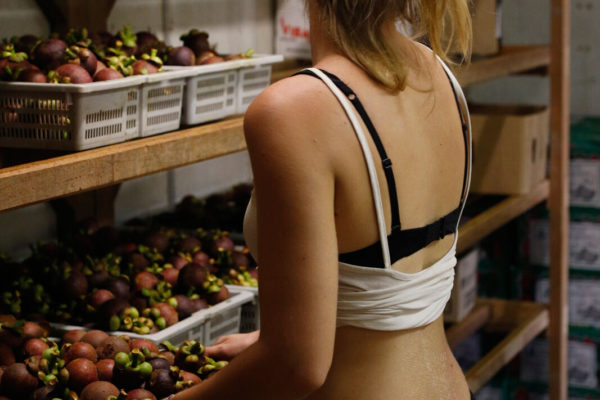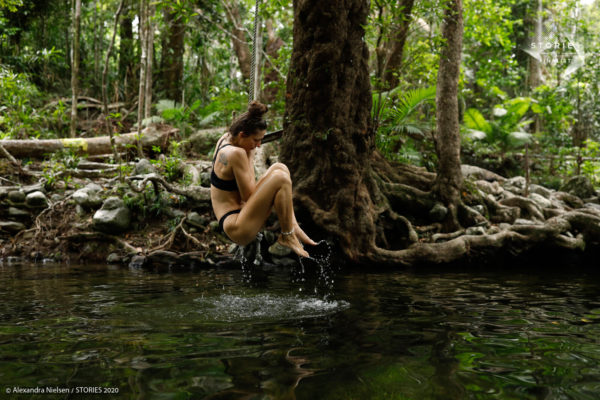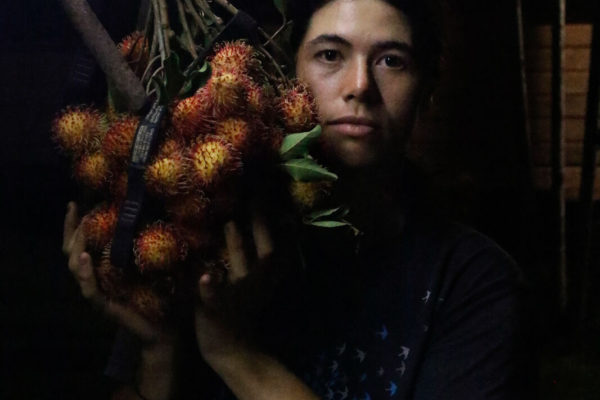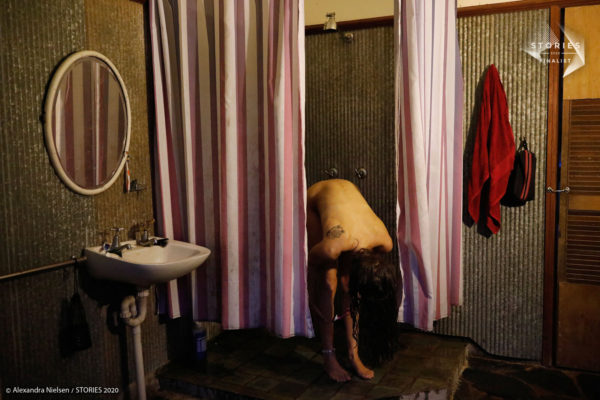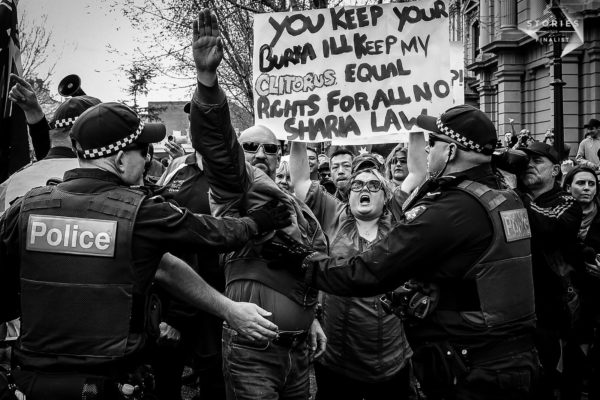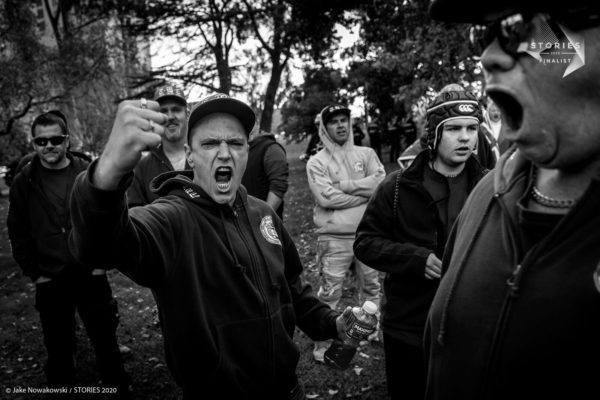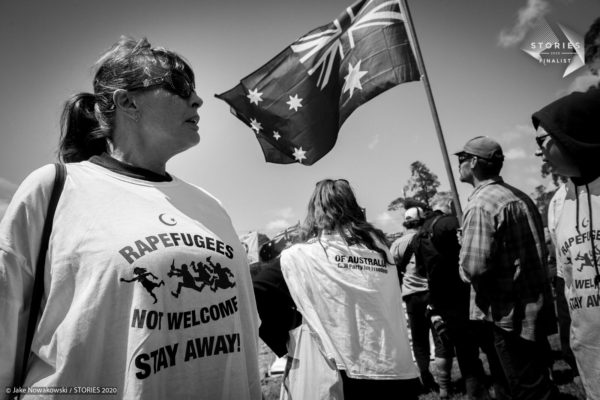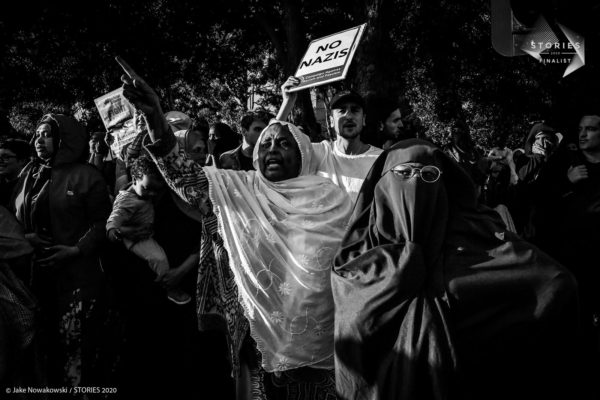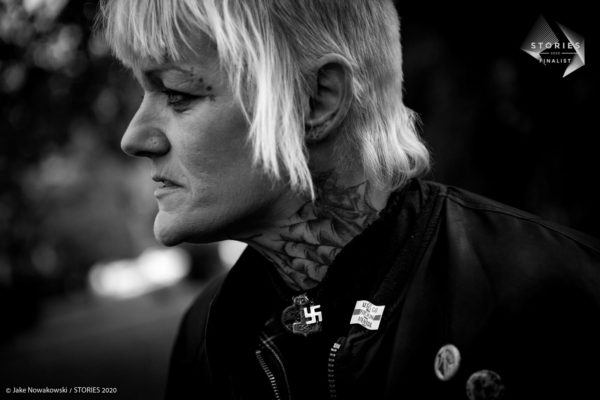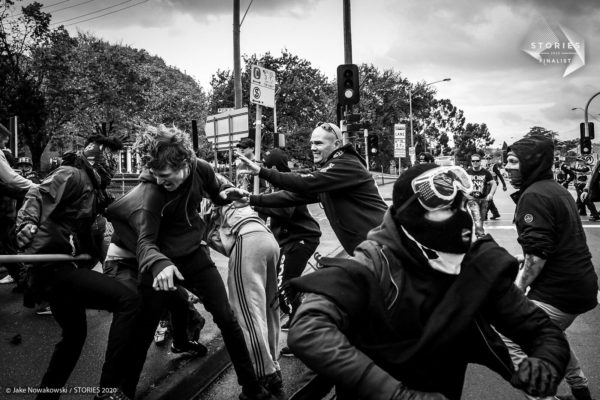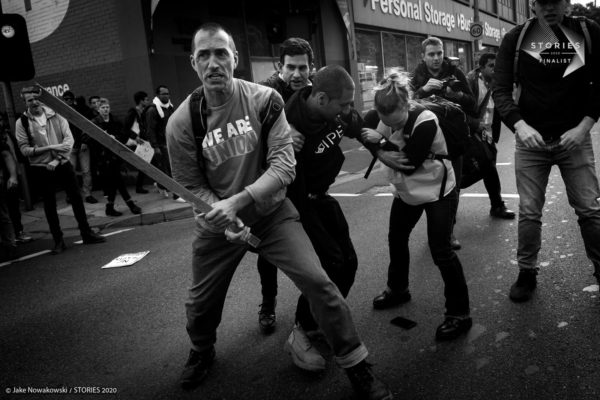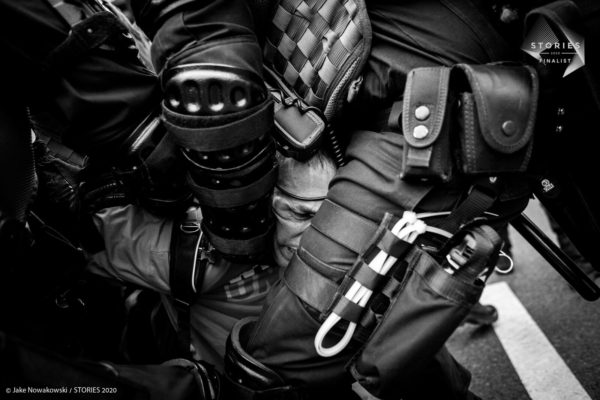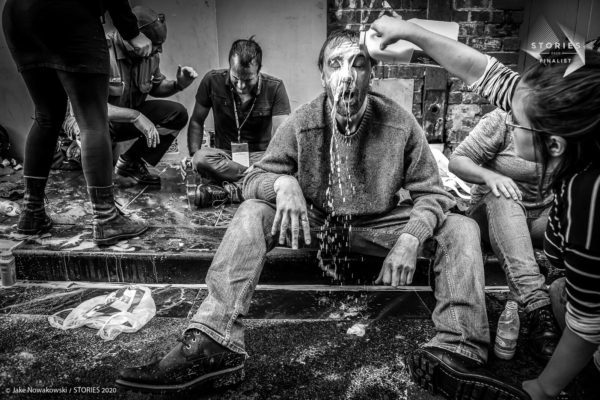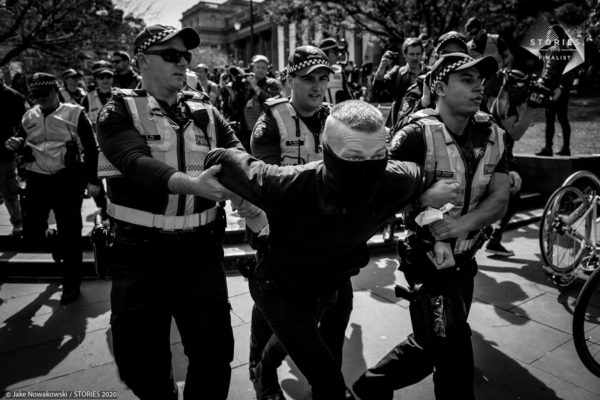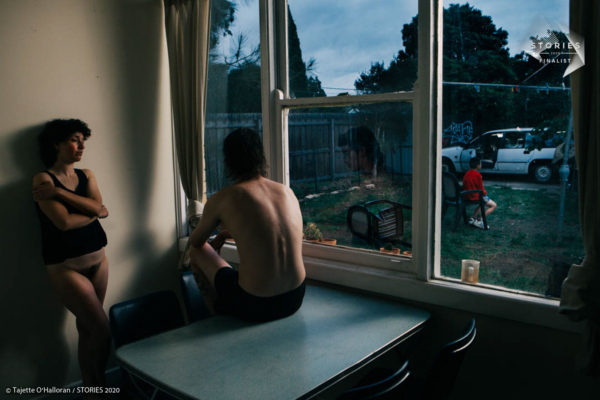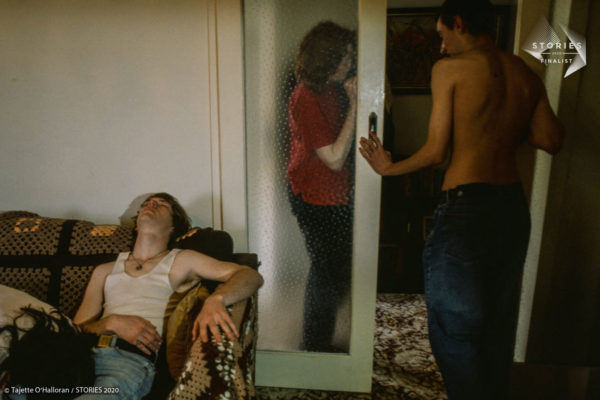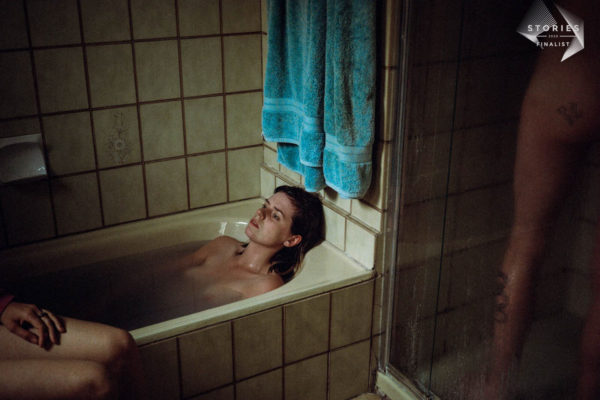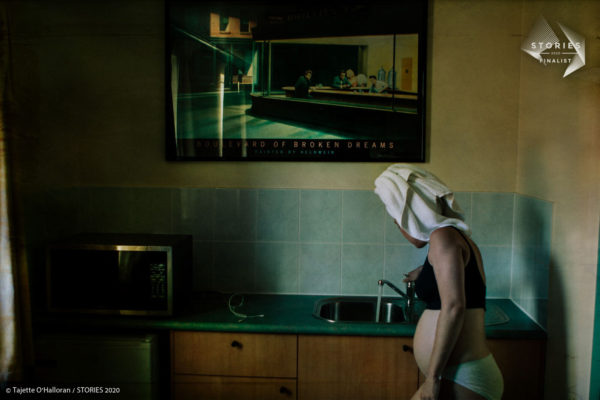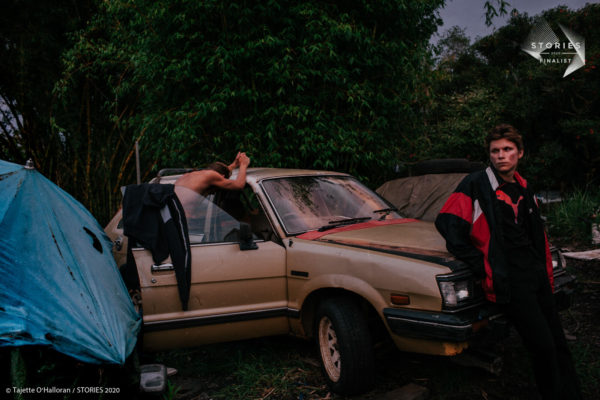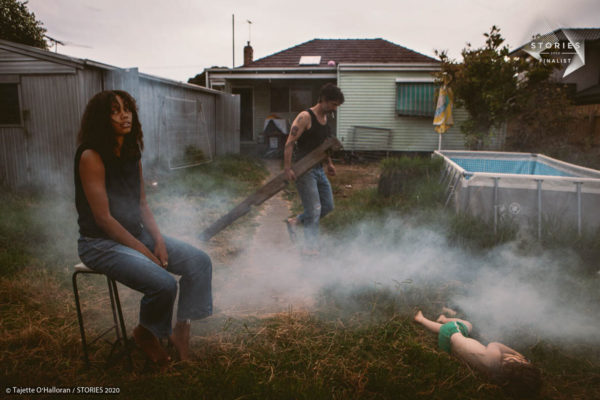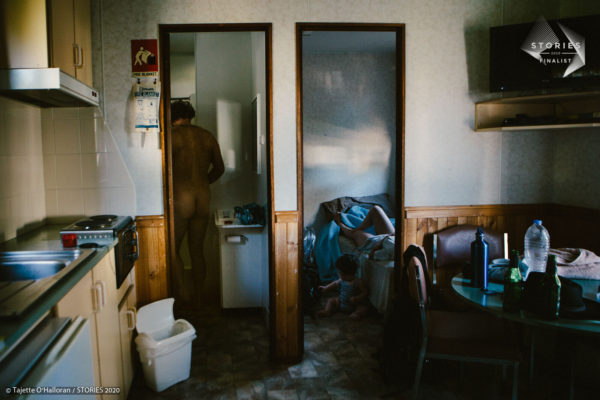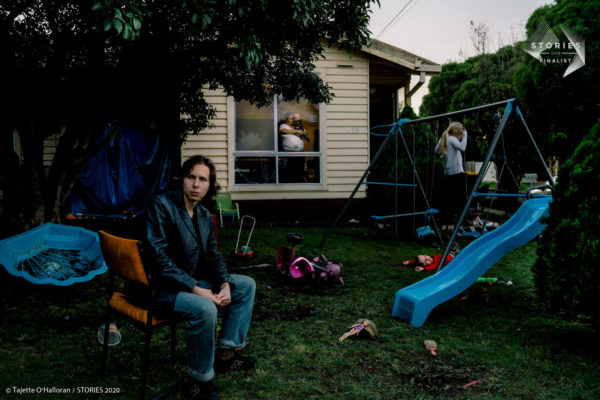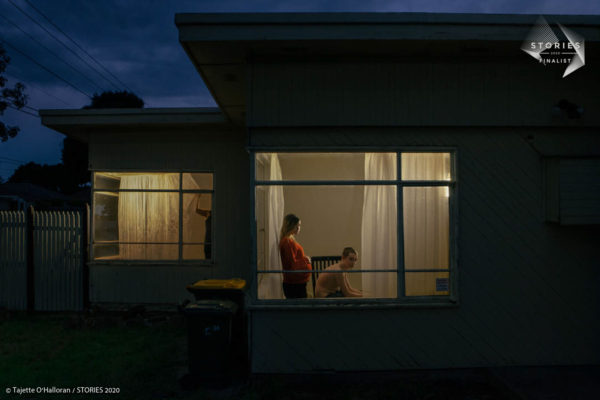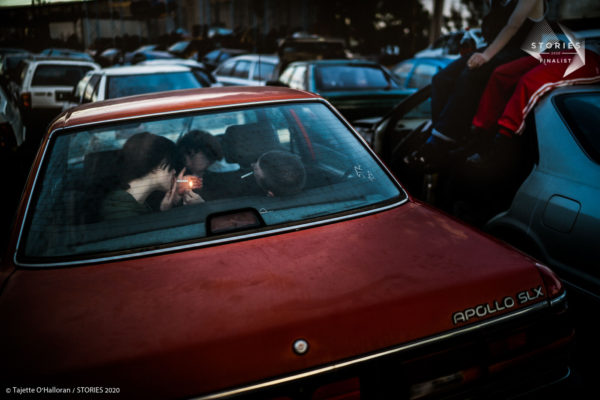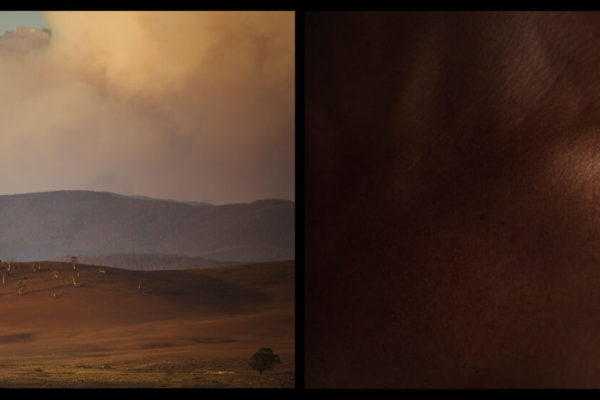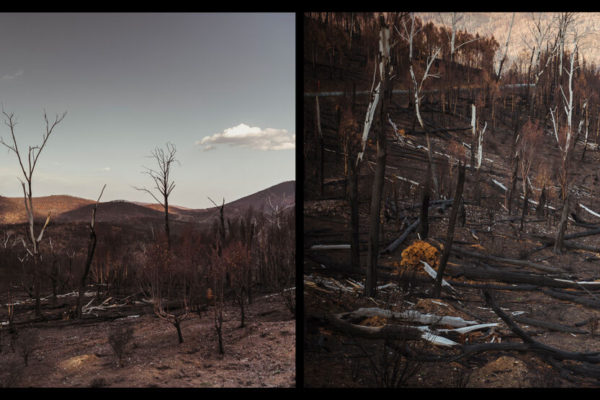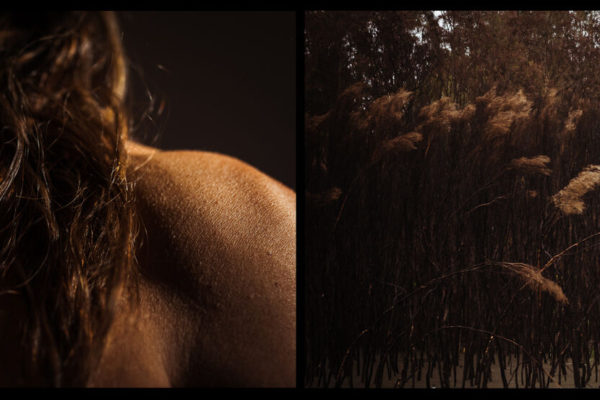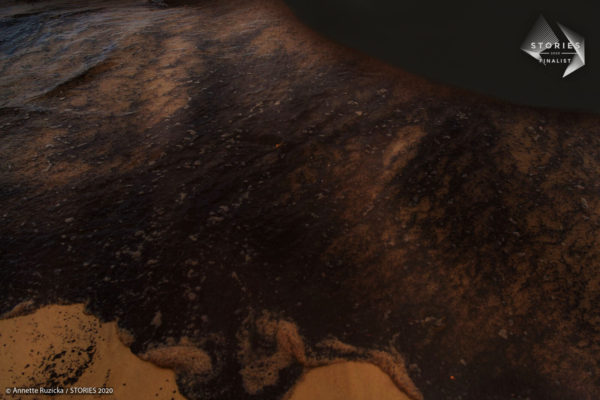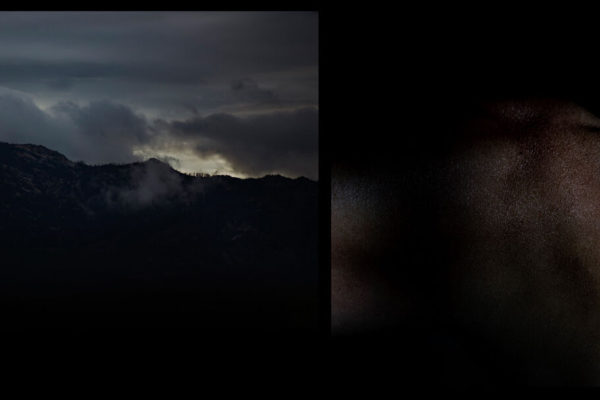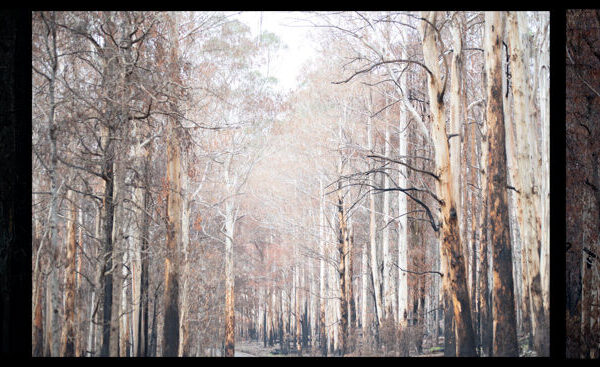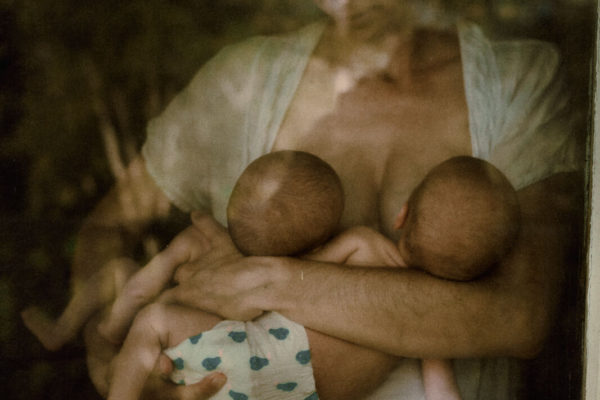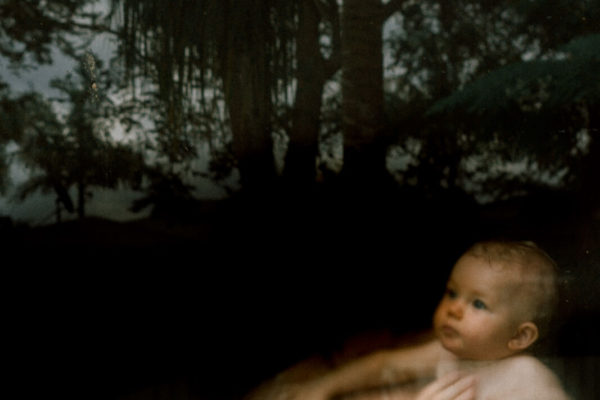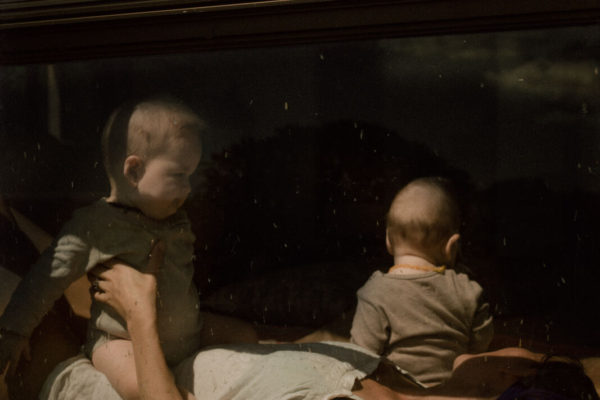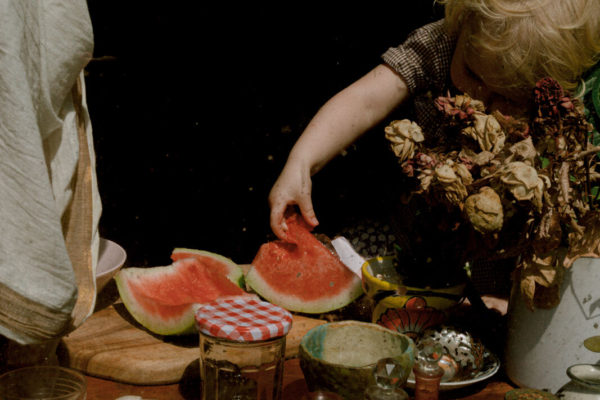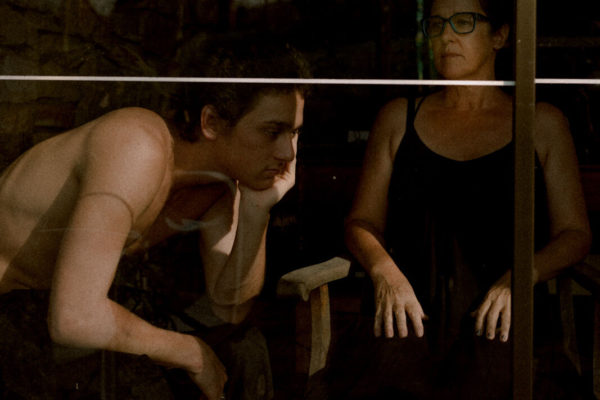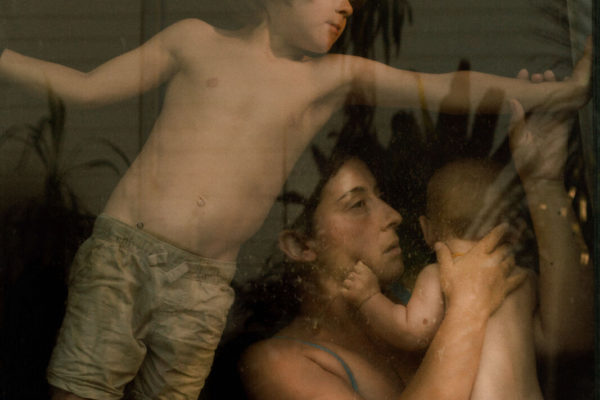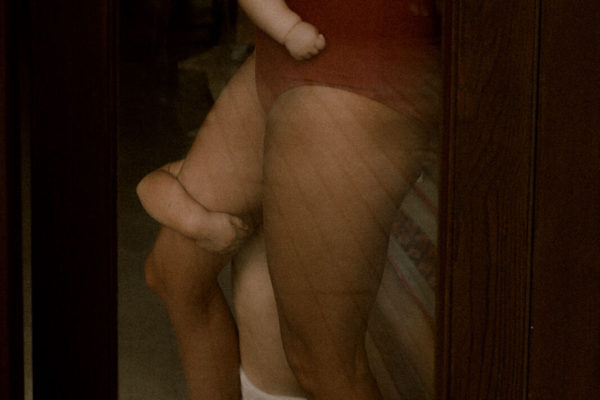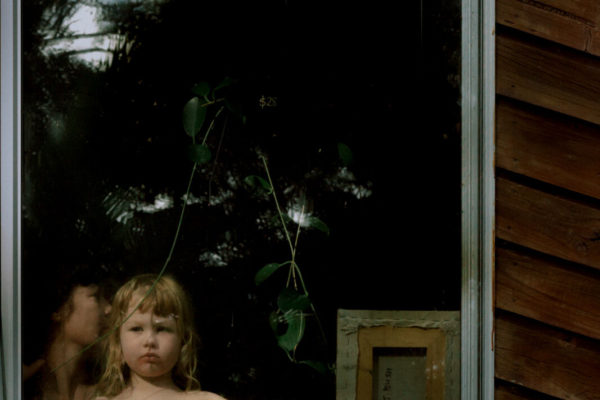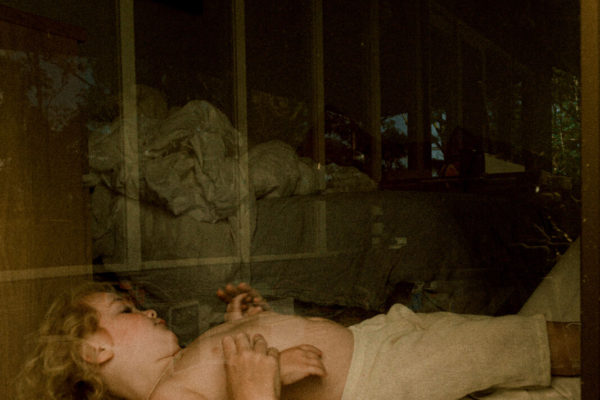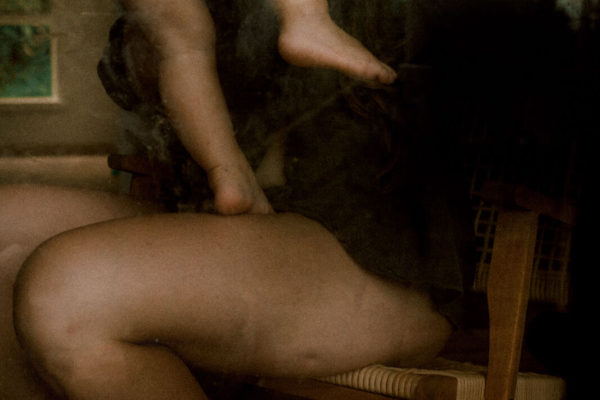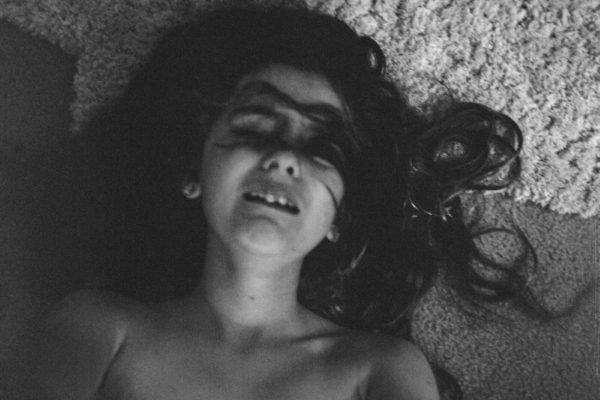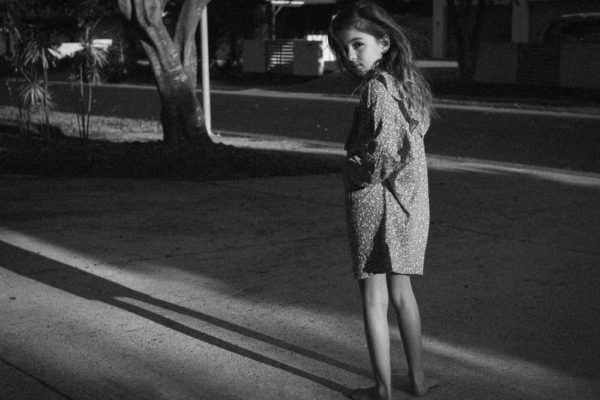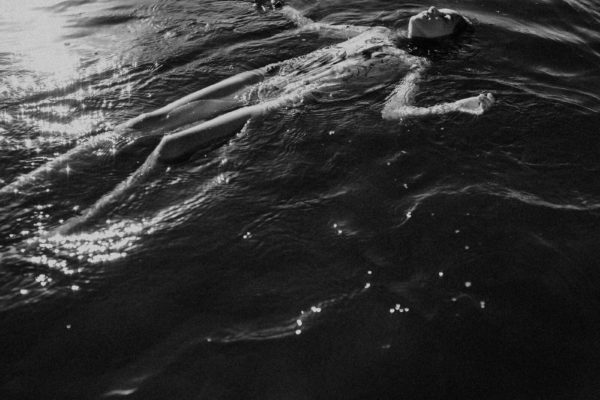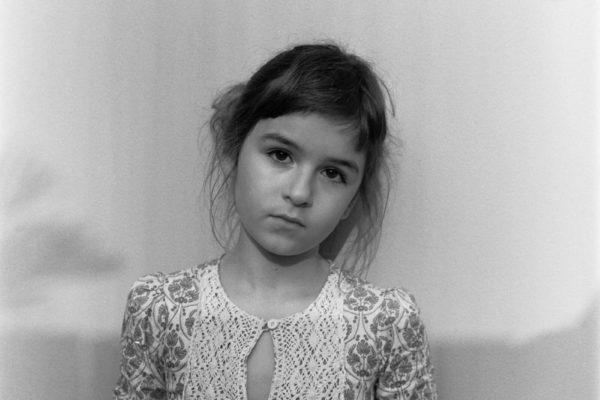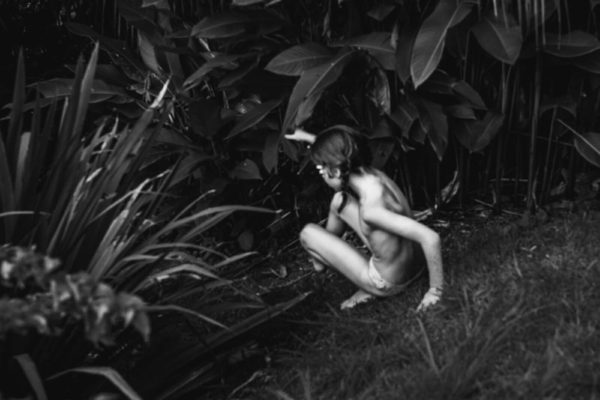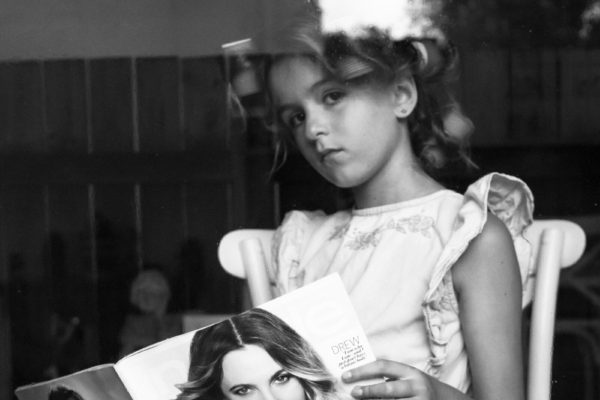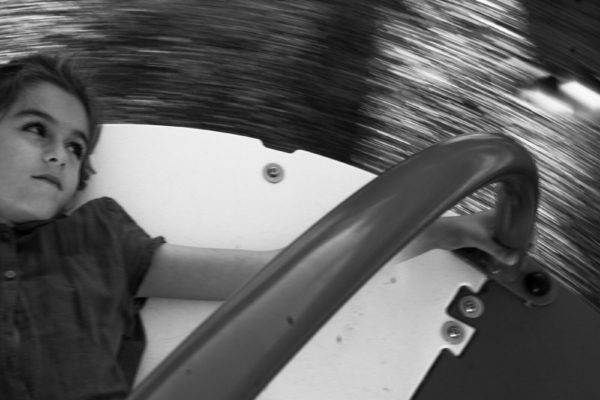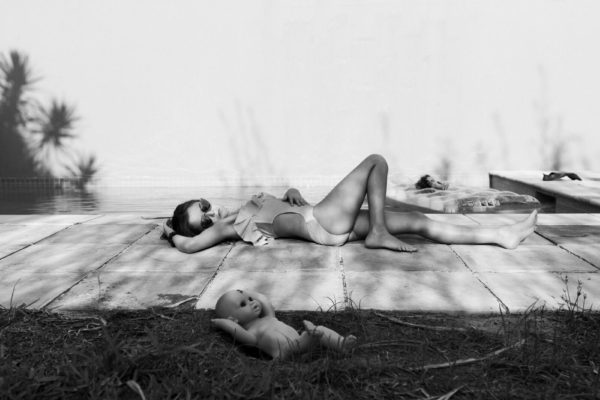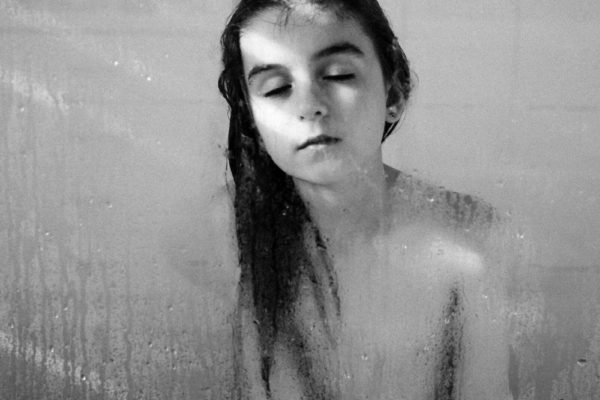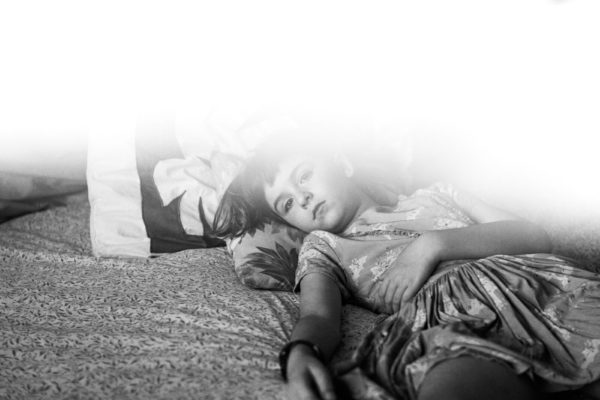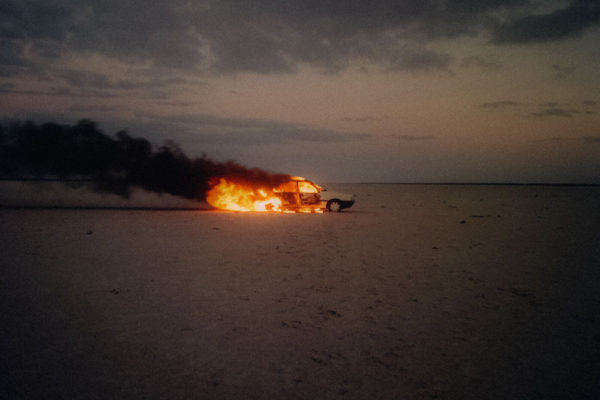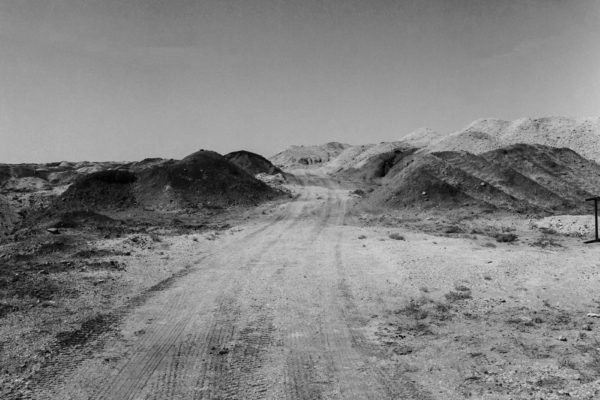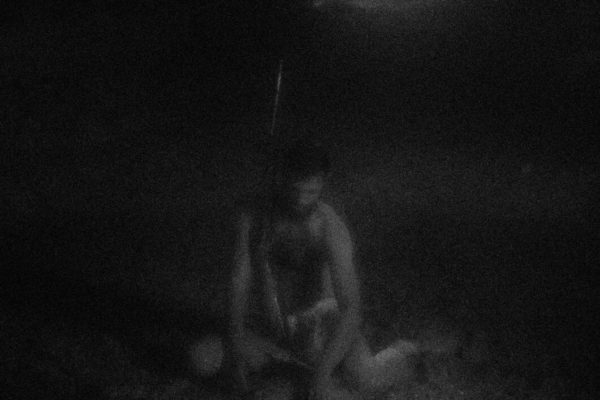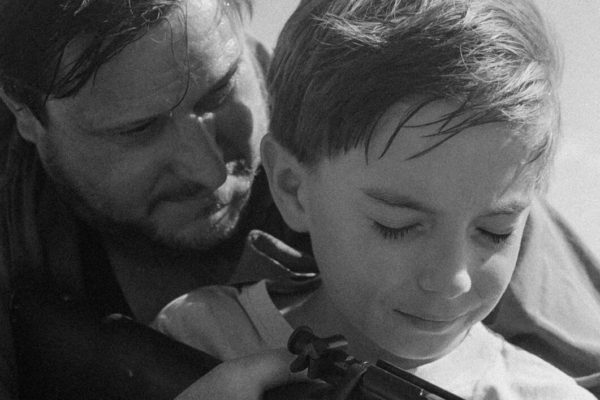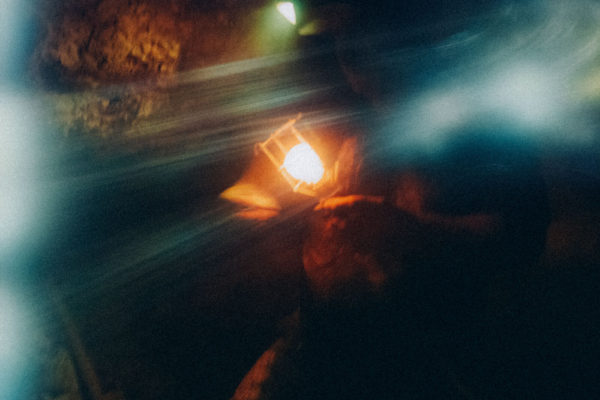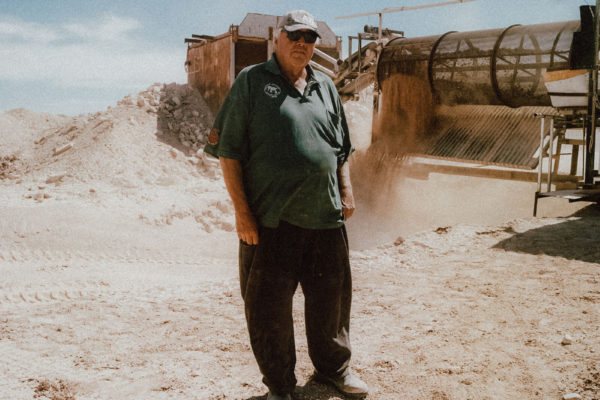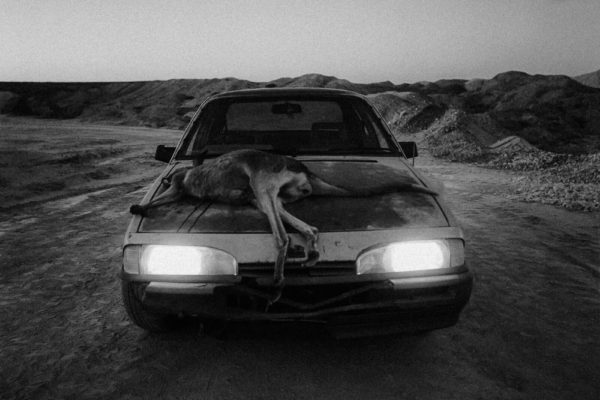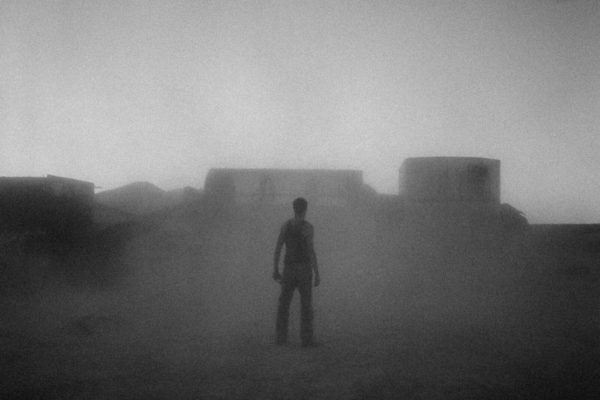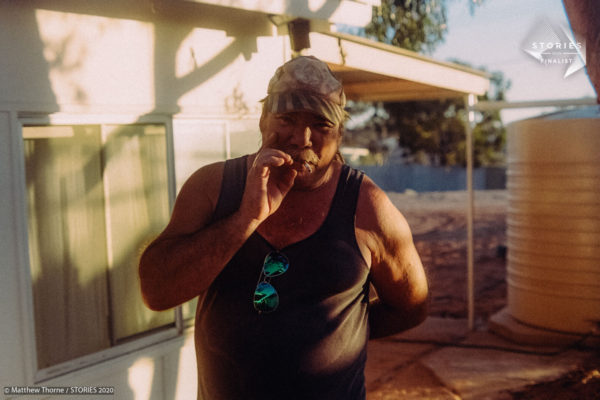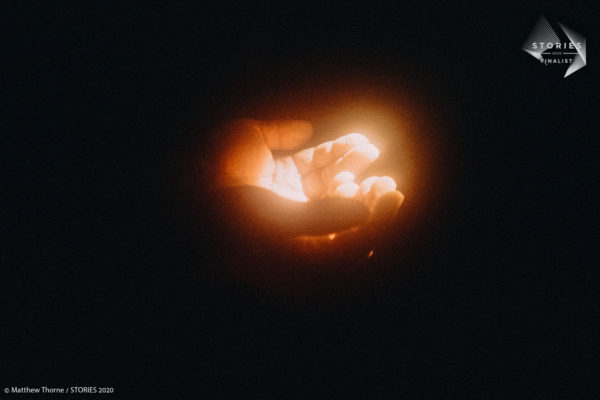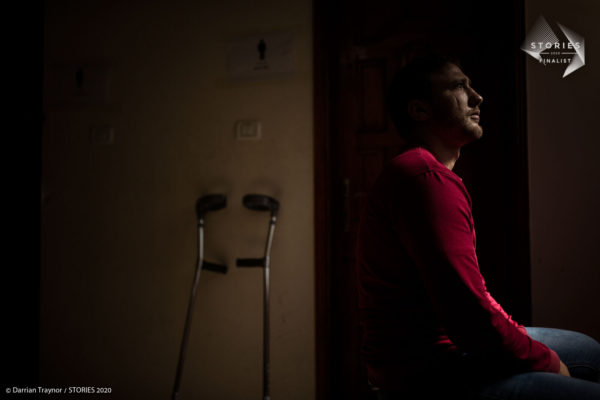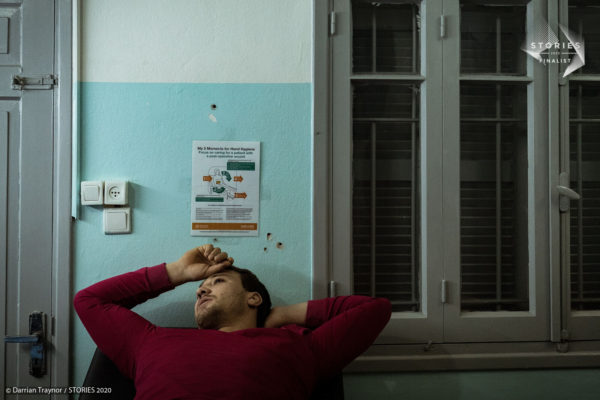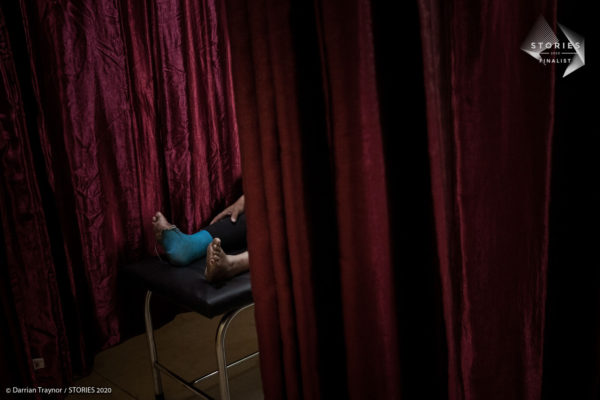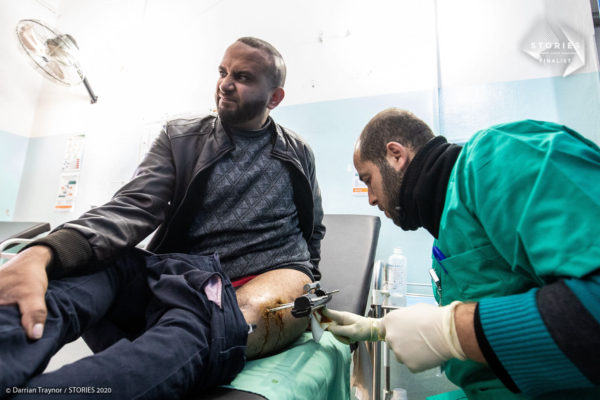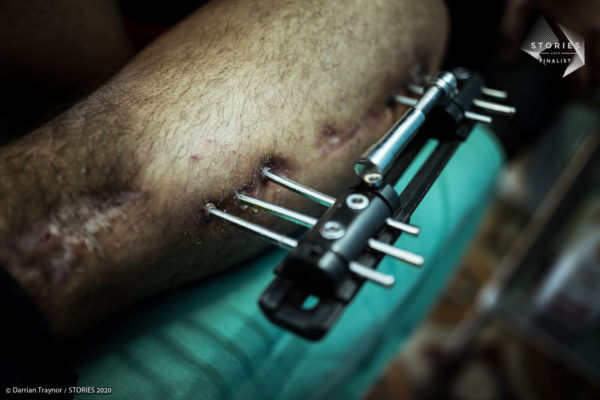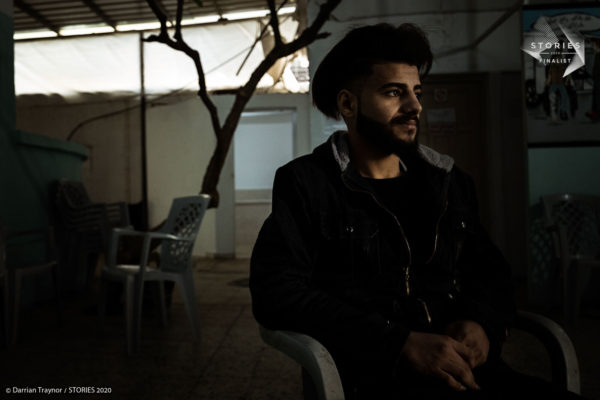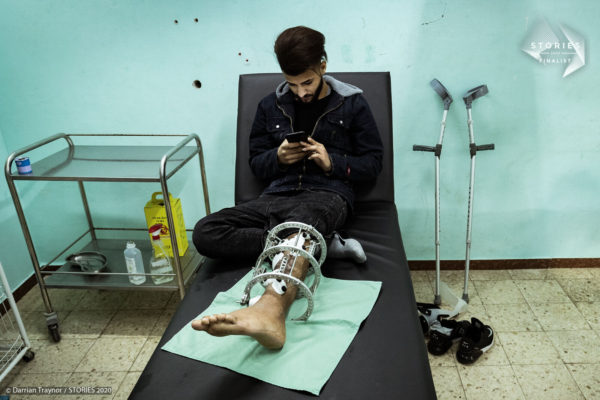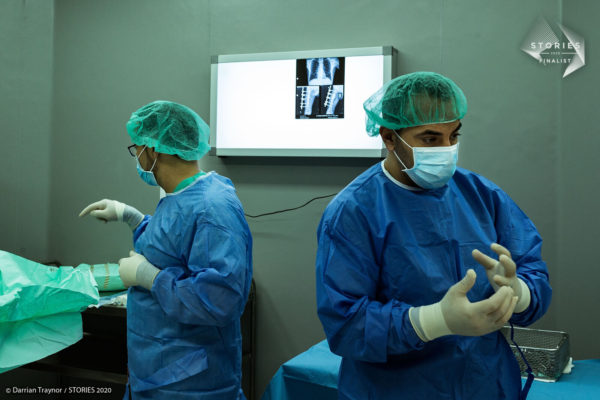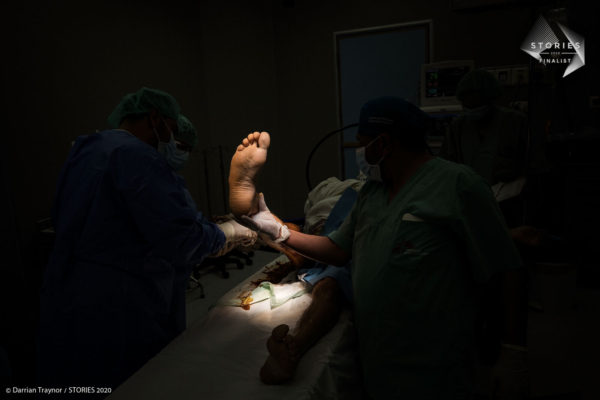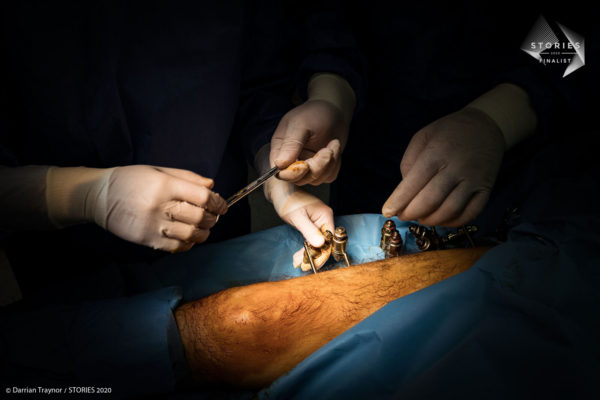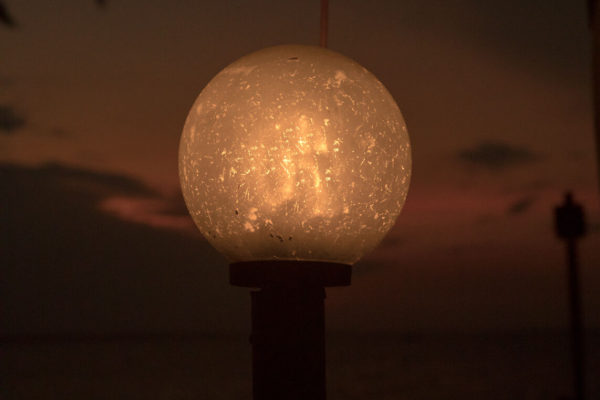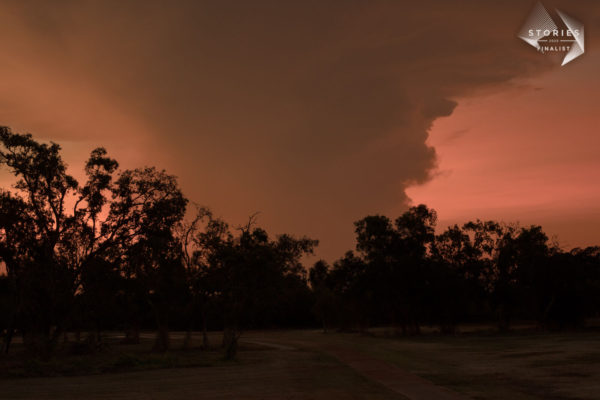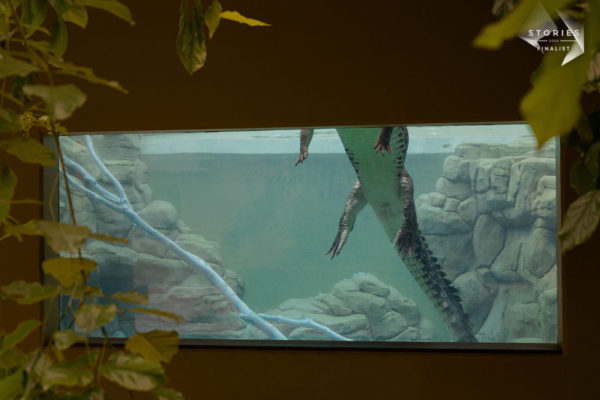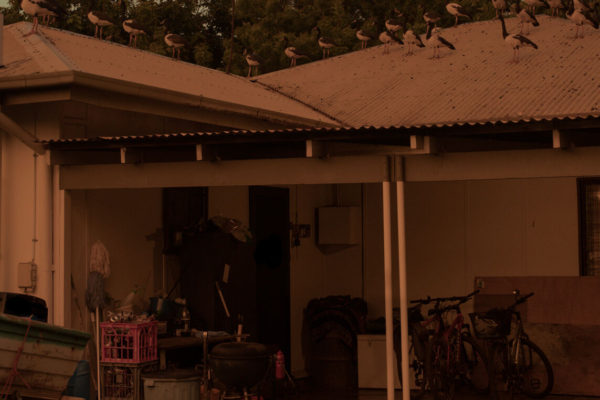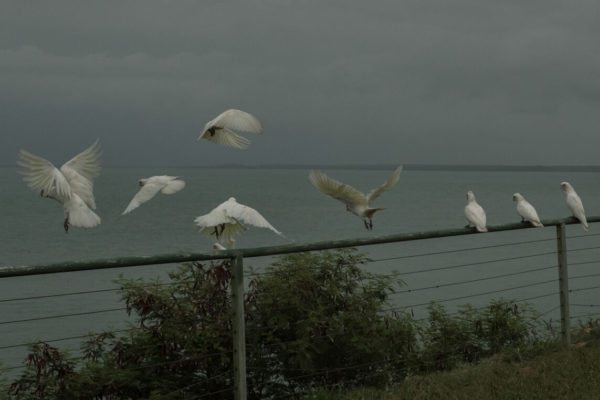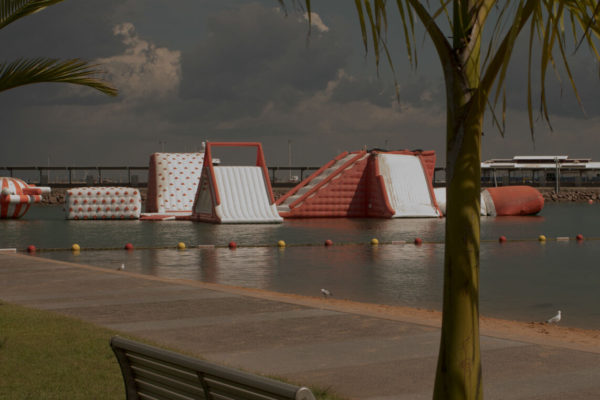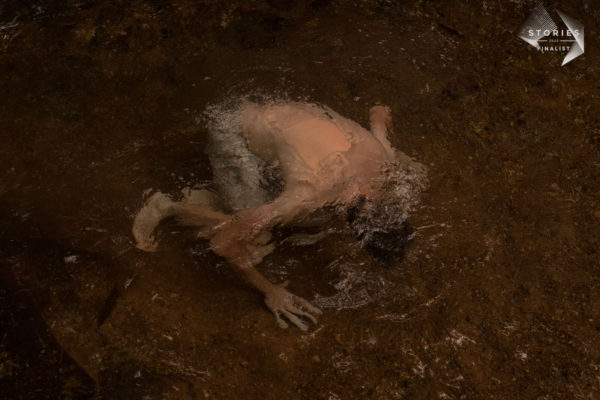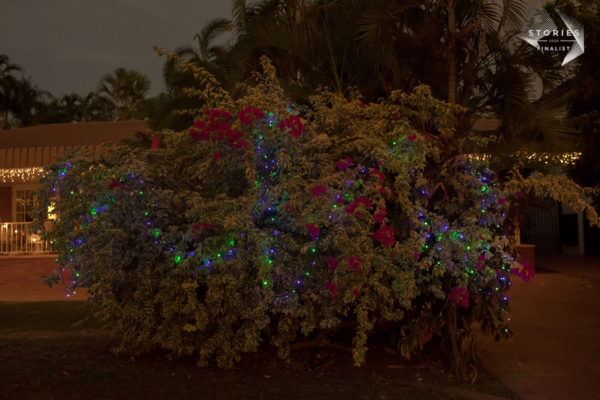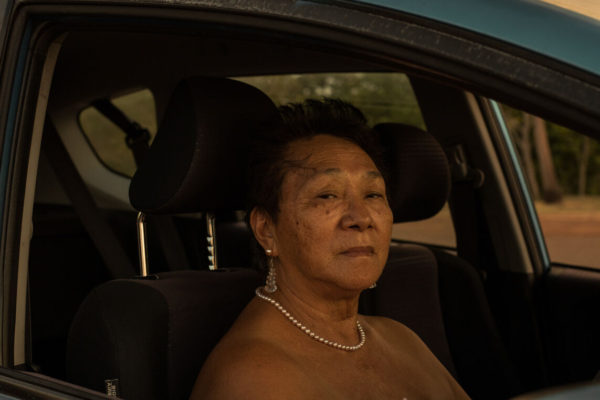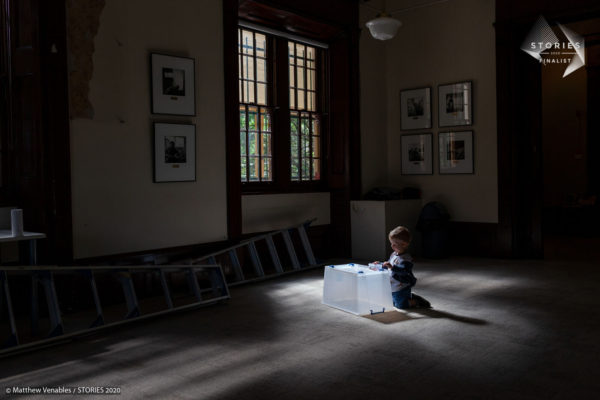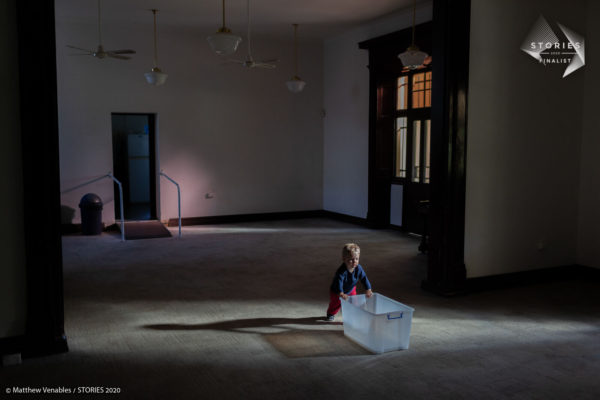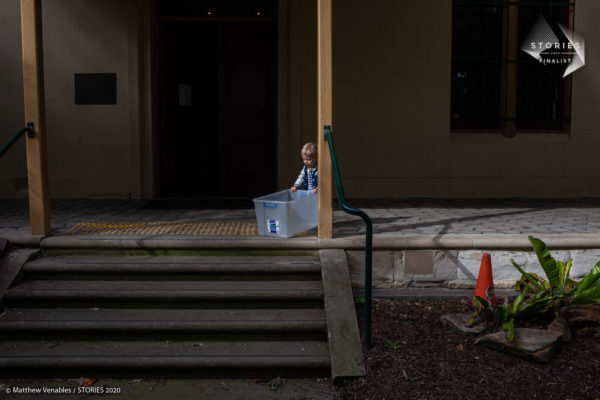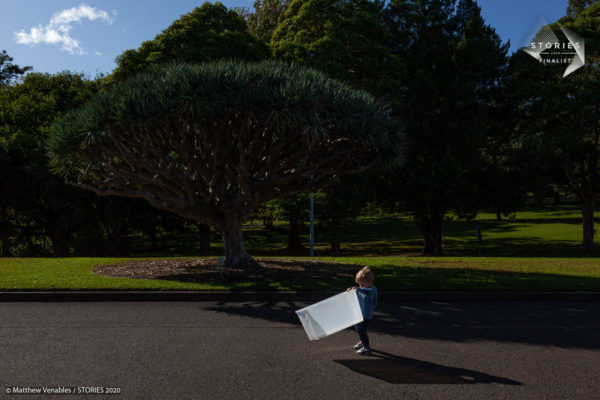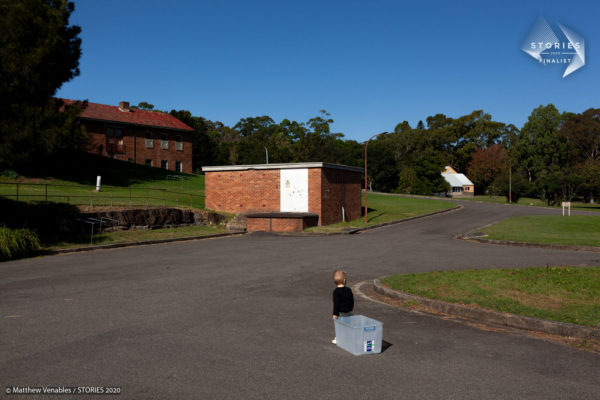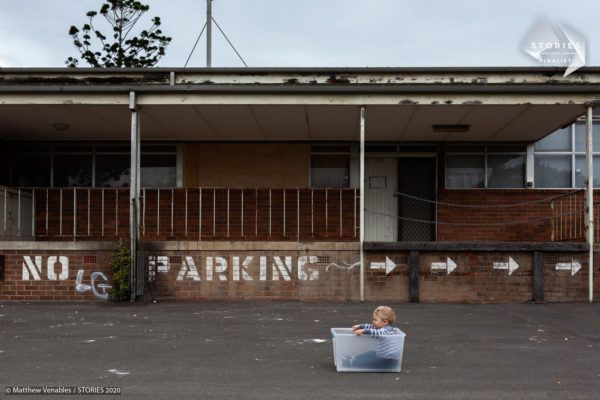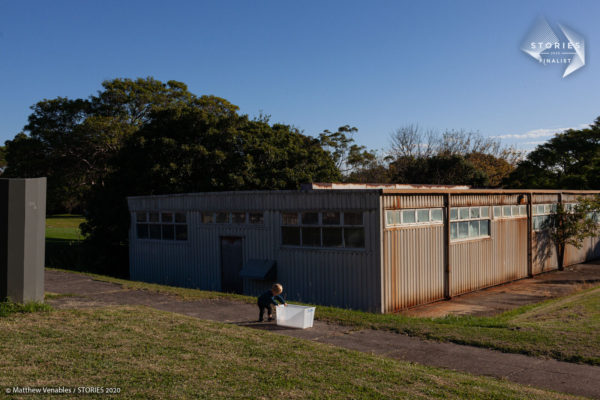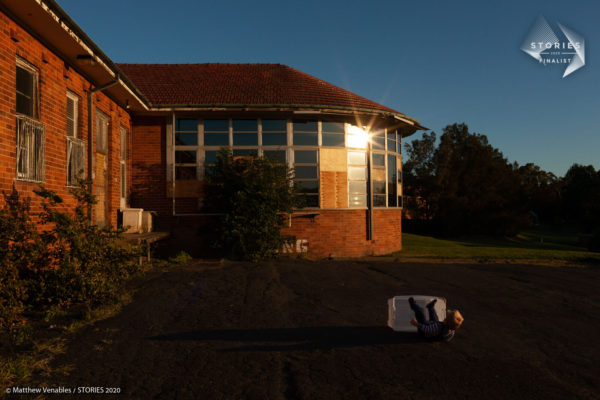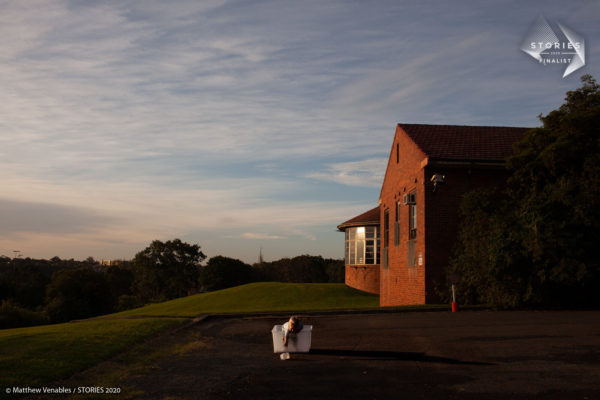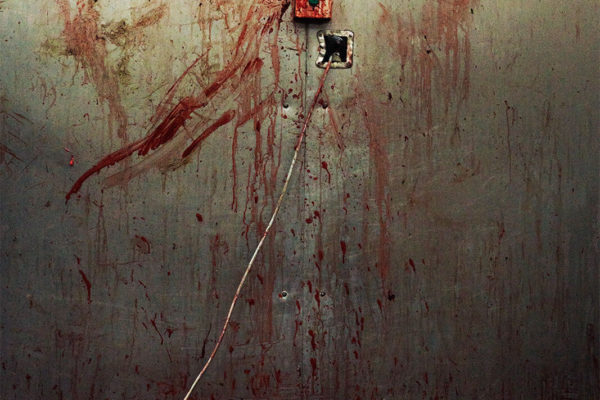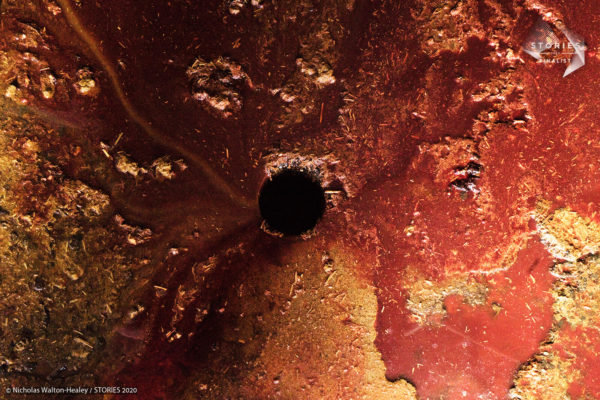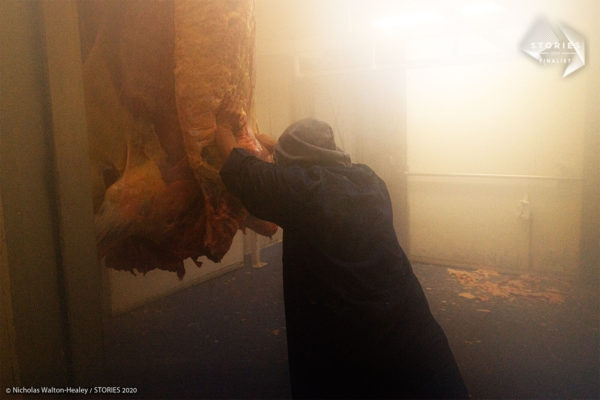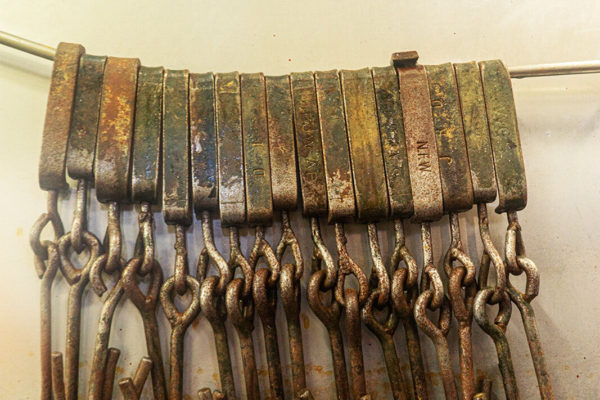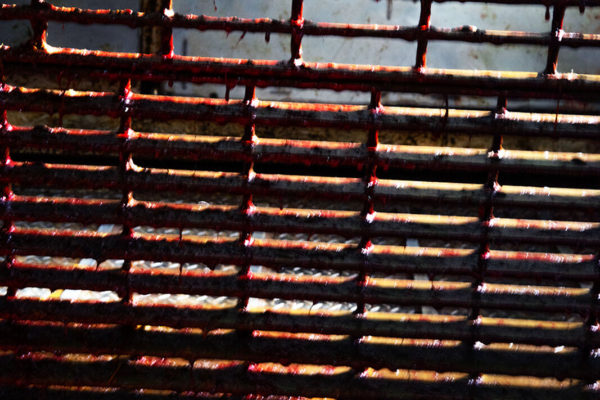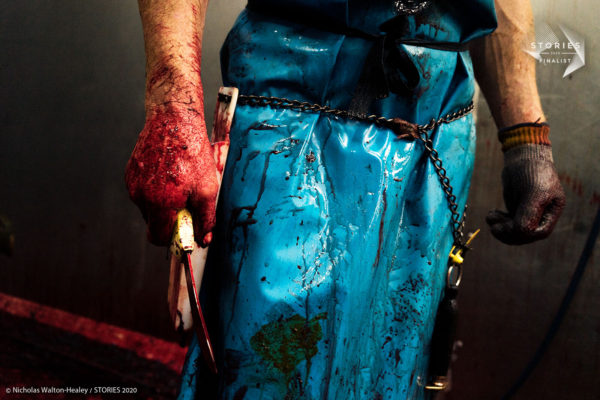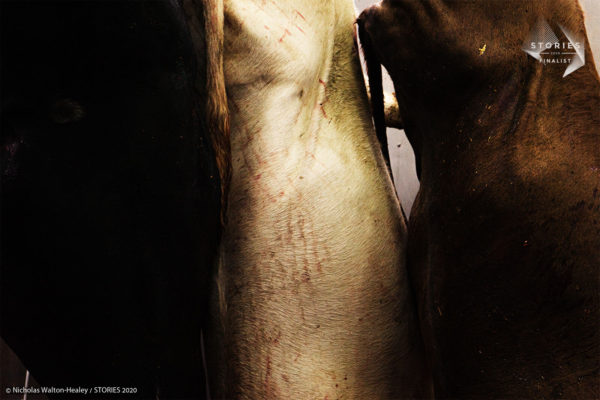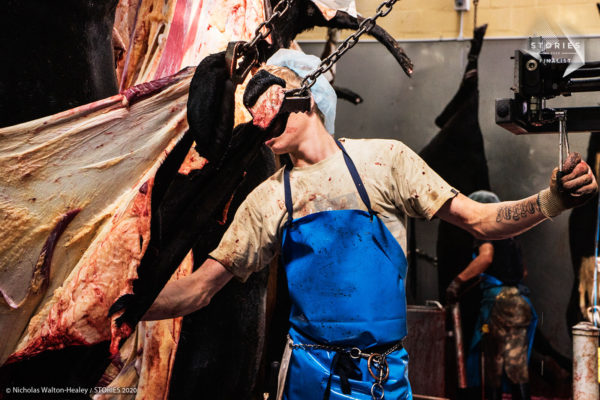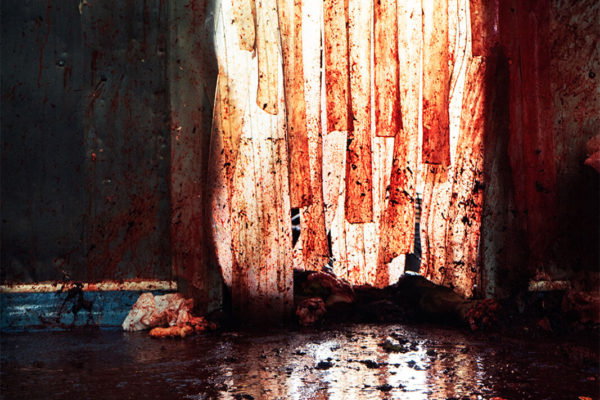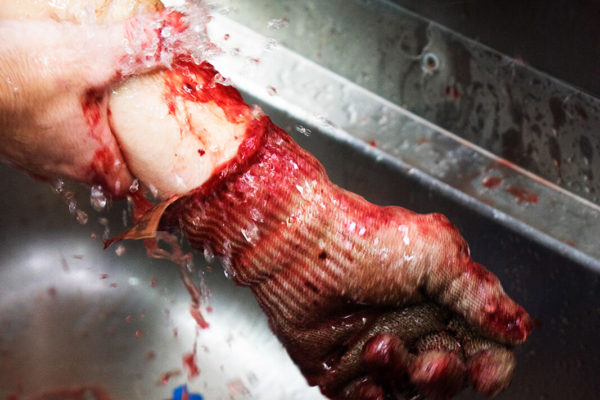In 2020, we asked Australian photographers to show us their Stories. The quality of submissions we received completely exceeded our expectations. These bodies of work encompassing traditional, contemporary and conceptual visual narratives define our times through the lens of a diverse group of storytellers.
We are proud to celebrate these Stories which highlight the unique nature in which photographic narrative can be built. We want to extend our deepest gratitude to everybody who submitted work, without this extraordinary community none of this would have been possible. We would also like to thank our committee and sponsors, Momento Pro and Nikon Australia.
2020 Stories Winners
Rory King – Burnt Fingers, Broken Nose
Burnt Finger, Broken Nose is a visual chronicle illustrating the battles and tribulations of my own personal experience with acute mental and physical illness. Shot during a period of my life defined by isolation, uncertainty and anxiety, taking photographs became the loudest expression of everything I was battling against. The narrative of the work ebbs and flows through various imagery, all working to recall a similar, disquieting atmosphere that underpins the story. The images in the series adopt an ambiguous and evocative sequence over one that is explicit and concrete, located at the threshold between representation and abstraction. This allows the viewer to project their own individual experiences and anxieties into the work, whilst still retaining the essence of my own person journey.
Oscillating between still lives, landscapes and consistently returning to a pallid figure, the series attempts to suggest aesthetic and thematic correlations that thread the images together. It’s with this cryptic energy that unspoken tensions begin to manifest between notions of comfort and discomfort, interior and exterior, and the psychological spaces of the melancholic and sublime.
Burnt Finger, Broken Nose was shot entirely on my first 35mm camera, a Nikon EM, printed and subsequently torn and scratched. The process of mark making and effecting the materiality of the final photographs was an attempt to further enrich the work with visual tension and suggest a relationship between literal and psychological scarring. Although harrowing and forbidding, the core of this story is one of acceptance and recovery. Taking photographs through illness became an intrinsically therapeutic practice that gave me a voice and allowed me to communicate, reach out and accept support. Creating this series not only functioned as an expressive outlet for my pain but also served as a poignant tool for psychological self-growth and healing.
Rory’s submission is a carefully considered and powerful portrayal of mental and physical illness. Utilising a uniformed aesthetic while instilling a highly personal approach, Rory’s Story reveals an atmosphere which continues to divulge the more time you spend with it and speaks of a larger issue which is seldom discussed. The APA committee congratulates Rory on producing and sharing such an incredibly personal and important body of work.
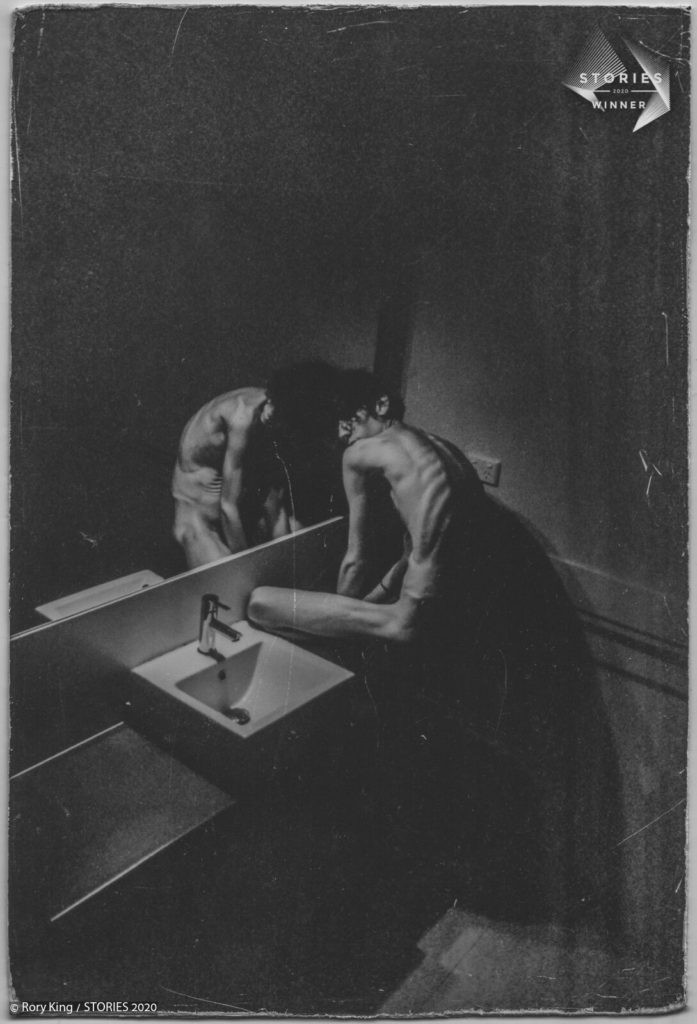
Nick Moir – Unprecedented
Coverage of the violent fires which raged through the NSW forests due to drought and cuts to firefighting services in the NPWS and RFS.
i studied the meteorology of the fire days to position myself at likely impact spots where the blazes would hit communities.
Nick’s submission is a testament to the incredible photographic coverage of the 2019-2020 Australian bushfire season. The Story features strong reportage which places the viewer on the frontline of one of Australia’s most devastating natural disasters while humanising the efforts of firefighters and the residents who look on in heartbreak. Nick’s work played an important role in bringing the bushfires to the public eye and world media. His ability to be on the frontline as the situation unfolds is aided by meticulous planning and a deepened understanding of meteorology. The APA committee would like to congratulate Nick on this incredible set of images.
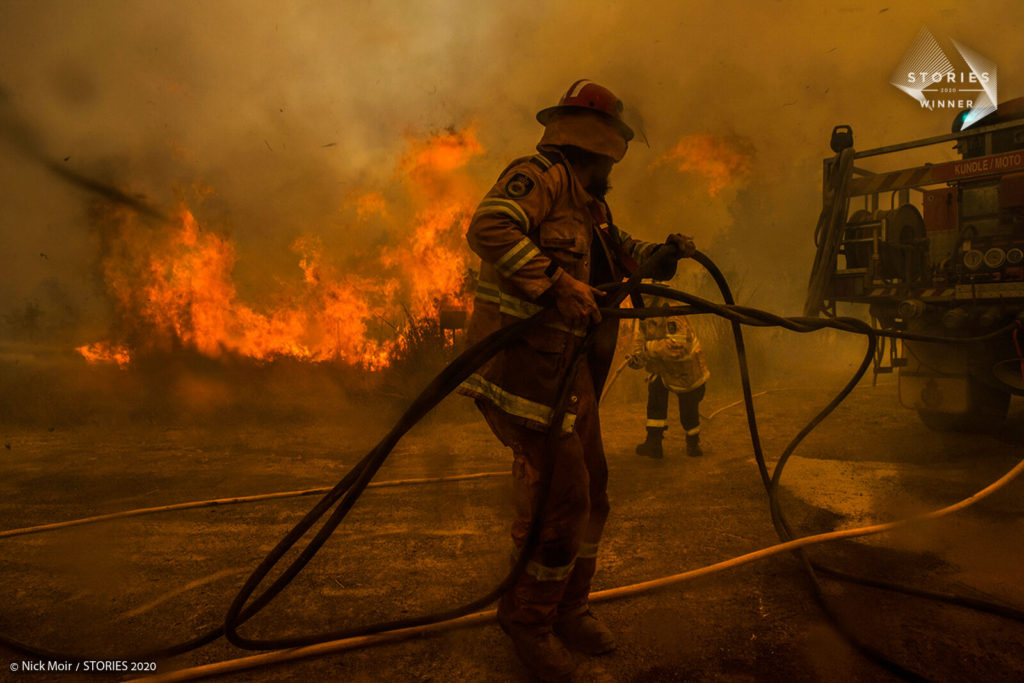
Ilsa Wynne-Hoelscher Kidd – ‘Cycle’ – A curated vignette from the long-form series ‘Twelve Moons’
Twelve Moons – is a photographic project celebrating the power, the unknown, the natural, the primal, the love, the life, and the analogue.
The long-form documentary art series focuses on 12 Australian home-births, across 12 seperate moon cycles (from its beginning in 2017 to its twelfth birth in December 2020), bringing light to a fading birthing culture within western civilisation, a nod to bygone rituals and a warm universal embrace from one woman to another. It’s tender, its softly gritty, its uncensored and beautiful in its raw capacity and emotional narrative of life and life’s cycle. This work honours the strength and depths of Woman through an art driven documentary style, shot in a way true to the time when documented home-births originated¦ through the film camera (final series shot mostly if not exclusively on 35mm, medium and large format).
The aim for this visual story is to land viewers in a place somewhere between reality and fantasy, in many ways allowing the photography to represent the journey of birth – which is that of bridging between two worlds. The work takes mood cues from nature, symbolism, simplicity and a conscious light touch to final editing – allowing the camera to act as the eye, and to not alter that view with too much modern technology. Not only do I hope this series reflects on this day and age, and tie to the natural birthing cultures of past, but to also act as a modern birth resource (series to be published in book form) – to provide comfort and strength to birthing mothers and their families. Weaving the photography with both documentary and art works, overall I anticipate a general mood of nostalgia and hope prevailing, strengthening our human bonds to one another and with nature.
Ilsa’s submission spans genres, aesthetics and time scales. Telling a modern tale of an ancient ritual while utilising contemporary storytelling techniques. One can at times sense Ilsa being reflected back in her photographs. Each one of Ilsa’s images could tell it’s own story of femininity and sisterhood as a stand-alone piece, yet once sequenced together the body of work grants the viewer the ability to start and end at any point of the series to uncover a different narrative. The title – ‘Cycle’, is perfectly in tune with this narrative achievement. Our committee congratulates Ilsa on creating such an incredible series of images.
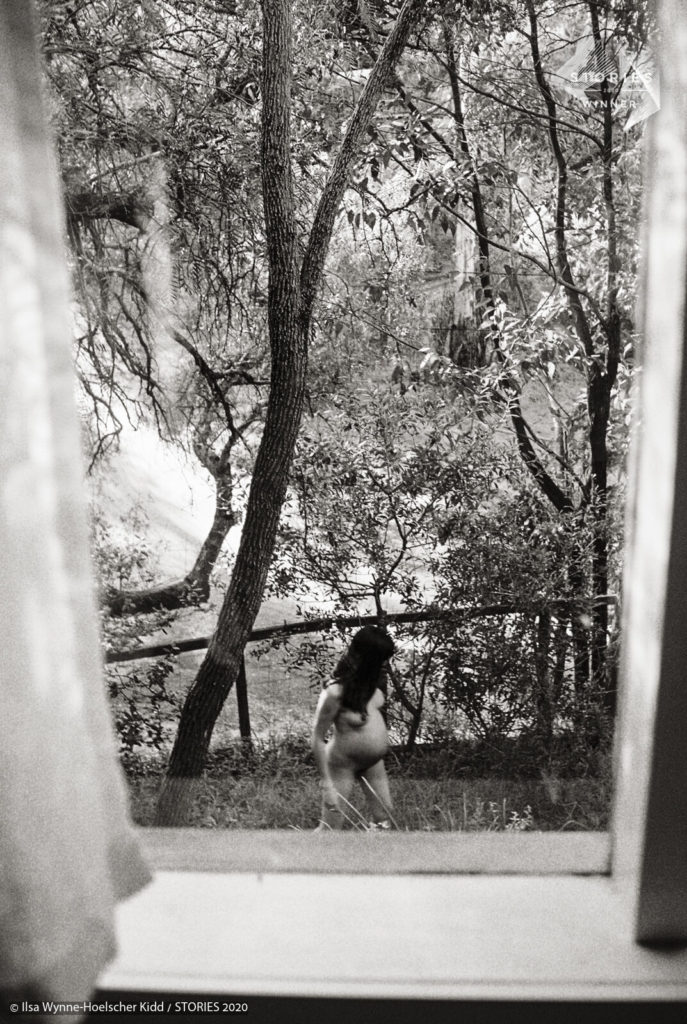
2020 People’s Choice Winner
Melinda Boxsell – Farmlife
“And on the 8th day god looked down on his planned paradise and said ‘I need a caretaker’, so god made a farmer”
Honest, hardworking, salt of the earth, tough, resilient & committed to the land. These are some words to describe our hard working Aussie farmers and for my series I will be focussing on our family dairy farm on the south coast of NSW. I never grew up on a dairy farm but soon fell in love with it when I met my husband Andrew 16 years ago, it was pretty evident dairy farming was in his blood from the day he was born with both of his parents coming from dairy farming upbringings and loved living on the land. Andrew is a 3rd generation dairy farmer who now farms the land his grandfather did on a 125 acre property in the foothills of Gerringong. Some may call it “Gods Country”, where we milk 200 cows and love providing our little loves with such an amazing upbringing and this fills me with immense pride. Dairy farming for us is much more than a job, it is a way of life, it runs deep through many families across generations & weaves small communities together in a way like no other vocation and this is why I wanted to shed a light on our industry. There is just something about being able to produce a quality product that goes from our families farm gate to peoples fridges right across this great country of ours. Home is where our herd is!
Melinda’s series Farmlife is a touching, honest story about the daily experience of working as an Australian Cattle farmer. Melinda’s personal connection to the story shines through the imagery, capturing quiet and joyful family moments alongside the work that needs to be carried out from day to day.
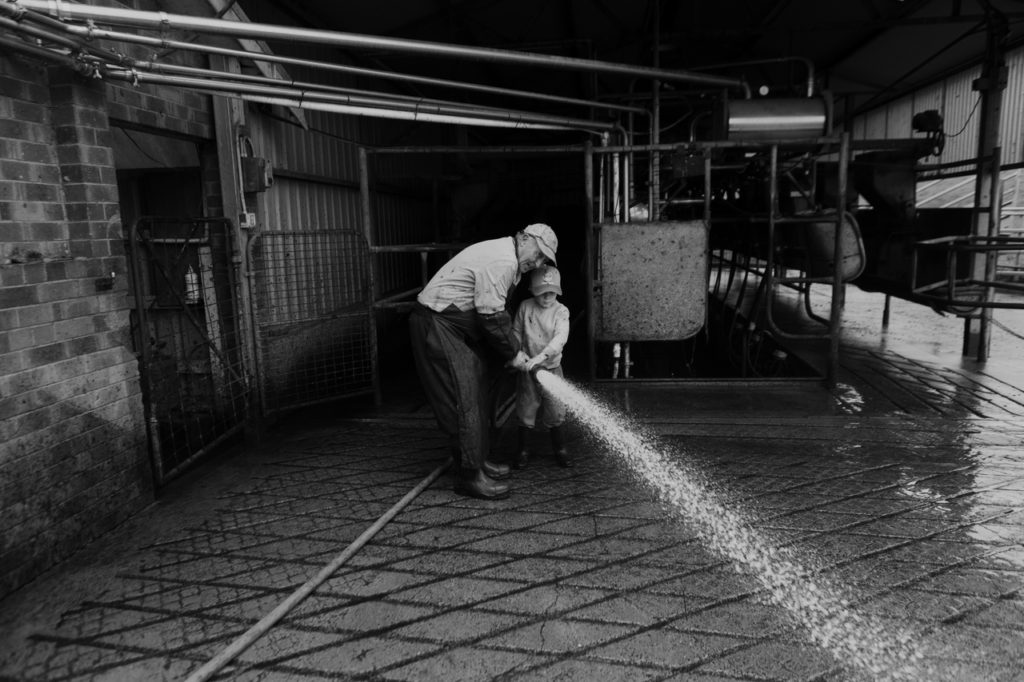
2020 Stories Shortlisted Finalists
In alphabetical order:
Claudia Caporn – Just East of Now
Rural Australia is dying. It once used to be a thriving, prosperous area, with millions of Australians choosing the freedom of the bush over the crowded, fast paced city life. Recently however, many people have chosen to walk off the land and move to the cities, leaving very few remaining rural residents to grapple with the strain of such an isolated and arduous existence. This series documents the demise of Quairading, my hometown, and depicts the blue collar people living lives of quiet desperation, portraying everyday struggle and ordinary tragedy, as they feel their way in dark, hoping that things will get better.
This extensive rural-to-urban migration has left small regional communities seemingly stuck in a downward spiral of declining public services, social infrastructure, and commercial facilities, as residents continue to relocate to larger population centres where there is the greater availability of employment, education and training opportunities, and social services.
Just East of Now explores the disintegration of regional communities in Australia as a result of the unprecedented increase in rural-to-urban migration, epitomised by the present state of my own hometown of Quairading in rural Western Australia, and investigates the relationship between the identity of the towns remaining residents, and the fracturing demise of their communities landscape. Through exploring the underlying vernacular aesthetics of regional Australia, I document the merge between natural and man-made spaces and objects birthed from an isolated agricultural town in decay, and give emphasis to the unobserved details that produce the stark contrast between rural and urban civilisations.
Just East of Now chronicles the emotional, social and economic toll of the mass migrations on these once-thriving rural communities, and ruminates on the nature of life in rural Australia.
Remi Chauvin – An Ocean Between the Waves
Zarzis, in Southern Tunisia, lies just over the border from Libya, the main jump-off point for migrants and refugees from Africa trying to make it to Europe. Here, the numbers of such desperate people, both dead and alive, have been increasingly washing ashore after trying to flee the horrors of Libya. Those who are lucky enough to be alive all have agonising stories of slavery, rape, beatings and murder at the hands of Libyan militias and military, who are often one and the same.
Once safe in Tunisia, most migrants realise that Tunisia has its own troubles and that there aren’t enough opportunities there for them to survive. Some choose to return to their home countries, but many will try again to make it to Europe. And they’re not alone.
In a country with low wages and staggeringly high youth unemployment, many young Tunisians are also looking for a future beyond their home shores. 8700 Tunisians were caught trying to get illegally to Europe in 2017, a number far higher than previous years.
Many of them are from more rural areas, which have been hit worse by the economic downturn, which has seen many industries all but wiped out, leaving people with little choice but to look elsewhere.
And like the sub-Saharan migrants, the Tunisians have been turning to the sea to leave. Repurposed fishing boats leaving Tunisia can reach Sicily or Lampedusa in less than five hours, and are thought to be safer than those leaving Libya, but still, many don’t make the crossing.
With widespread economic and political turmoil across much of Africa, the situation in Tunisia will only continue to get more desperate.
Joshua Cowell – Paradise Lost
The circumstances around how the Red Zone came to be are so strange and bizarre that it reads like a science fiction drama.
After the initial jubilation of winning a class action suit against the Commonwealth of Australia (Department of Defence) in relation to PFAS chemicals, the cold harsh reality has dawned with many of the residents of Katherine, Oakey and Williamtown feeling bitter and angry at the final settlement figure.
Why wasn’t there one class action representing the interests of all parties involved? Instead three separate class-actions with two different lawyers would ultimately eat into the potential compensation payout, for whom many of the residents were banking on in order to finance a move to a more habitable area; one free from Poly Fluoro Alkyl Substances (PFAS) contaminated soil, ground and surface water. Omni Bridgeway (previously known as IMF Bentham) the litigation funder, walked away with 51.3 million dollars and an extra 940,000 for out of pocket expenses, while Shine and Denton Lawyers were paid 30.1 million out of the settlement and a further 2 million will be taken by administrators to distribute the settlement.
From the outset the complications over commonwealth and state law caused friction between the EPA and The Department of Defence over jurisdiction of state and commonwealth land. The situation that followed resulted in residents finding out via letter drop from the EPA about the PFAS contamination on the 4 th of September, 2015. This was approximately 3 years and four months after the official discovery
that Perfluorooctanesulfonic acid (PFOS) and Perfluorooctanoic acid (PFOA) was leaving the base. Why residents were further exposed to toxic, cancer-causing chemicals is beyond reprieve.
On the 3 rd of September, 2015 the EPA issued a media release on behalf of New South Wales agencies advising a fisheries closure and restricted use of bore water.
Another source of confusion was the release of separate maps in Dec, 2017 with conflicting information from the EPA and the Department of Defence conveying the source of contamination and the suspected movement of PFAS chemicals and once they had left RAAF Base Williamtown.
The lack of transparency, poor communication and lack of collaboration caused further confusion and mistrust for residents in an already volatile bind.
Sean Davey – The Longest Road
Early in the morning of New Years Eve 2019, a devastating bushfire tore through Cobargo, NSW and surrounding areas. The speed and ferocity of the fire however caught everyone off guard, destroying an extensive number of properties, killing cattle and wildlife, and causing immediate loss of human life. On the afternoon of 31 December 2019, only hours before what should have been a night of celebration, much of Cobargo lay in ruins, buildings and homes had been decimated and people were at a loss as to fathom what they had just experienced. Everything was still on fire.
In the following days, weeks and months, people have been forced to come to terms with the enormity of what struck them and their town. The fire was of such rage and intensity, fuelled by immense forest undergrowth and prolonged drought, that it turned everything black, even large open fields – often thought to be immune to fire – were burnt to the soil. This wasn’t an isolated event; fires had been terrorising the east coast of Australia since late winter, a sign that the 2019/20 summer would be one of the worst fire seasons in history. And it turned out to be true.
The Longest Road responds to the aftermath of the 2019/20 Australian bushfire season, taking particular interest in the documentation of the people who it affected, and how they continue to respond as individuals and together as a community. Those who experience bushfires firsthand are inevitably affected, and many suffer physical and emotional trauma that lasts long after the grass and trees have regrown, and homes and buildings have been repaired and rebuilt. The landscape will come back to life, sometimes very quickly, but the human toll can last much longer.
Franck Gazzola – The Capsule
Under The Pole is an innovative underwater exploration series of expeditions founded by Ghislain Bardout and Emmanuelle Périé-Bardout which started in 2010 with the first ever dives done under the geographical North Pole.
For this story, Under The Pole III is in French Polynesia on the island of Moorea for an innovative underwater mission: the Capsule. Todays challenge in ocean discovery is not depth, but time. Being able to spend time underwater remains the biggest challenge for humankind. The Capsule is a light observatory module engineered, designed and assembled by Ghislain Bardout and his team at Under The Pole. The idea: building a light and portable underwater habitat with a very small footprint, which once installed underwater has no physical link to the dry land, is silent, and leaving no trace once removed. This module can host 3 saturation divers for several days. It gives the divers a place to rest, eat, hydrate or sleep before going out and get on with the scientific observations and protocols in the water. Whilst inside, the large domes on either side of the Capsule allow for constant observation and monitoring of the environment. These observations made inside the Capsule can be recorded on paper, photo or video. The idea is to reproduce what is done on dry land: let the environment forget about the human presence to hopefully make some ground-breaking observations. Diving with no time limit: an explorers dream to enable new discoveries.
On land, a team can monitor in real-time the composition of the atmosphere inside the Capsule, as well as hear/see whats happening inside the Capsule thanks to an audio/video feed. This is made possible with via an antenna attached on a small buoy at the surface above the Capsule.
Dion Georgopoulos – Australian Black Summer
Australian Black Summer is a series documenting one of the worst bushfire seasons Australia has ever seen during the period of late 2019 and on going into 2020. With millions of hectares of land burnt, animals killed, thousands of homes destroyed and human lives lost, It was a story that consumed Australian media. And as a photographer for The Canberra Times I commenced coverage on the Black Summer bushfires back in November 2019. My focus throughout the Black Summer was to document the impact of these bushfires on communities, and find important human stories of those affected.
This series aims to acknowledge those who had experienced immense loss, or those heroic firefighters that risked their lives to protect many Australian communities. As an on going series I am continuing to document the future of those communities that continue to feel the pain even months later.
Brian Hodges – Darkhan
The city of Darkhan (“blacksmith”) was built with extensive economic assistance from the Soviet Union in the 1960s. As its name implies, the city was originally conceived to be a manufacturing site for Mongolias northern territory.
The vestigial traces of Soviet engineering and planning fascinate me. I cant help but wonder what goes on in the factories. Who are the people that work there? What are they making? Where do they live? Making pictures is my way to find the answers to my questions. Im drawn to the grit, the light, the texture, the tools.
Christopher Hopkins – Living In The Shadow: Hidden Children
Uganda has more than halved the number of child deaths in the past decade. Immunisation rates are increasing, and life expectancy is on the rise. Uganda was the first sub-Saharan African country to report a significant drop in HIV rates. It is one of a handful of countries in the region recognised for its economic growth and stability. And it has set a global model for its acceptance of refugees.
For all its progress, Ugandas record of supporting its estimated 6 million people with disabilities is abysmal. There is a severe lack of awareness of cognitive and developmental disabilities, which have not been included in developmental or government programming.
Disabled children, especially, are seen as a burden. So-called “mercy killings” are an accepted part of life in some rural areas. The families of disabled children are largely unsupported by their community and the government. Without access to education or information, the public is forced to rely on a deeply rooted cultural misconception that labels these disabilities a curse or possession.
Children are hidden, locked and tethered inside homes and storerooms, vulnerable to extreme forms of sexual and physical abuse and death.
Hidden Children is part of a larger body of work Living in the Shadow which examines the systems in place to contend with mental health or intellectual disability within differing cultures. Hidden Children is a brooding reportage that visually documents how those affected by these issues the children, parents, health workers and neighbours – live in a sensory darkness.
No voice. Never heard. Never seen. Locked and tethered both physically and emotionally with damning consequences.
Allen Koppe – Aftermath “A Burnt Landscape”
The Australian landscape has been a vehicle for story telling for thousands of years. Early indigenous artists would depict the landscape when telling stories of the Dreamtime. These stories represented a narrative of both the spiritual and the known world.
Following white settlement, European artists work represented their own experience of the landscape. Often the power of these art works would express a spiritual connection or an abstract reflection of the landscape.
In late 2019 and early 2020 Australia suffered devastating bush fires Approximately 186,000 square kilometres of land was destroyed including 2,779 homes. 34 people were killed in the fires and many more were seriously injured suffering physical and severe emotional distress. It is estimated that over a billion animals were killed and some endangered species may have been driven to extinction. There is little doubt that global warming is a major contributing factor to the ever increasing cataclysmic effects the fires are having on our environment.
I traveled to two fire affected areas, the High Country surrounding the NSW Snowy Mountains and to the heavily impacted Kangaroo Island. What lay before me was absolute devastation. The fires striped the environment bare uncovering the ancient bones of the landscape. The scale of the destruction was so vast, how could I fit what lay before me into the window of my lens? With time and many failures, ideas, thoughts and feelings amalgamated and I could start to visualise imagery that would tell this story.
I chose to use a variety of photographic techniques for this series, often including collage to reassemble my images and create a unique visual language. My imagery is inspired by both Australian Indigenous and European artists who were able to capture the space between reality and the mythical.
Mikaela Martin & Rowena Meadows – I Found A Window In The Wall
Collaborators, Rowena Meadows and Mikaela Martin live in different hemispheres. After finding two matching 1970s bridesmaid dresses in a local op shop in Nyack, New York, Mikaela kept one and sent the other to Rowena, in Melbourne. At that point, neither artist realised the introspective self portraits they would inspire, or how essential these characters would become to their lives and friendship.
Mikaela:
The pink dress is a ticket back to our girlhood and a loving embrace of our own whimsical nostalgia, and yet it wields a knife. It is a 1970s polyester-chiffon pastiche of Victorian femininity which we turned into some kind of postfeminist fuck you.
The call-and-response portraits made in these dresses are distress signals as much as they are postcards to a friend. I used to read letters and cards to and from my mothers friends. All the unremarkable family news, holiday highlights and home renovation updates must have held other secrets between the lines. What were they really longing to say? Did they ever? Are we our mothers? And what about our daughters, will they read between our lines?
Rowena:
The past year of visual dialogue between these dresses has allowed me to connect with previously unstoried versions of myself, past and present. Theres been a subtle, tandem shift in conversation from something unsettling and constrained to something that speaks of expansion, re-imagined freedoms and integration of the competing identities motherhood and domesticity can sometimes mute. It’s a story of self reclamation and making peace with the inner duality of woman and girl, freedom and commitment, abandon and control. It’s finding light in windowless walls.
Jonathan May – Rear View Mirror
Rear View Mirror
Ingo Hansen returns to the desert opal mining town where he grew up, struggling with his health and searching for answers. At a crossroads in his life, he seeks comfort in reminiscing the impact of the harsh landscapes and crazy adventures he had in Andamooka – one of the most remote places in South Australia.
Ingo soon realises that the thriving outback town he once loved is now bleak and it mercilessly parallels his own impermanence; the harsh winds of life blow not just on the desert but also inside his heart. In its glory days Andamooka had over 3000 residents, but now the opal has dried up and it is a former shadow of itself – with a total population of 316.
It takes a certain type of person to love a place like this, with the isolation and the desolation. Walking through the cemetery Ingo reflects on the grim truths of his reality, and how strange it is to know every body that lies beneath him in the dust. As in life, both the once beautiful landscape and the once promising future he faced are slowly fading away and the story is unforgiving.
Ben Mcnamara – Context. Pintubi Country.
This series was shot on Pintupi country in WA whilst camping with the traditional owners. Im honoured to be able to share the complex historical journey along with the personal stories of love and connection to country.
The western desert is where the group referred to as the Pintupi Nine, believed to be the last indigenous Australians to come into contact with the outside world following European settlement, were found in October 1984.
Warlimpirrnga, the leader of the 9 made contact with Pinta Pinta & his son Matthew (Pintupi men living in kiwirrkurra) at a soakage one afternoon while hunting kangaroo.
The men thought Warlimpirrnga was a kaditcha (evil spirit) and out of fear fired a shotgun blast into the air making the two parties disperse. On a flat tyre they drove 60km back to Kiwirrkurra. The community tracked down the 9 creating international news.
Yalti & Yukultji were 2 of that mob who were young girls at the time.
The second layer to this series revolves around the consultation of the handback of the largest collection of indigenous artefacts in Australia.
Between the 20s-60s an anthropologist lived and studied with tribes all across the top end…from Cape York to the central desert.
His collection of artefacts, notes, photographs and film is the largest ever recorded in Australia.
Jessie Bartlett (A pintupi woman) & her family began the fight to have these objects returned to country and for access to the photographs and recordings
A team from Melbourne Uni had travelled around the top end consulting the communities on the most appropriate way to hand back. A story which illustrates the complex battle of First Nations people.
Natalia Mroz – Marks of Devotion
Marks of Devotion is a series of images that explores Orthodox Christian practices in Ethiopia. Although the country is modernising rapidly, ancient traditions remain strong, particularly in the holy city of Lalibela and the Tigray region, where ancient churches provide shelter and spiritual solace for thousands of pilgrims, monks and priests.
Northern Ethiopia contains over two hundred churches, carved out by hand from sheer rock cliffs. Most date back to the 6th century, though some are older still, remnants of a much older, pre-Christian sun cult.
I was drawn to the peoples silent contemplation in these holy spaces, and the way in which they demonstrate their devotion by permanently marking their bodies and the landscape with religious icons from intricate facial tattoos to churches carved by hand from solid rock, chisel marks clearly visible after thousands of years. By photographing these marks of devotion, I wanted to show peoples firm belief, as well as the timelessness of the practices they engage in. Scenes like these have played out in Ethiopia since Christianity was first introduced in the 3rd century AD.
I begun this photography project in 2009, when I first moved to Ethiopias capital Addis Abeba, and have been returning ever since to climb the vertical cliffs of Tigray, spending time in the monasteries and villages below.
Stuart Murphy – The Lakes
Lake Cathie on the NSW mid north coast is a lake that runs through a naturally irregular cycle that sees it connected and disconnected from the ocean. The neighbouring lake is the expansive Lake Innes which was a freshwater Lake a until a channel was excavated in 1933 connecting it to the tidally influenced lower reaches of Lake Cathie. Ive been recording the changes in the lakes over a dramatic 2.5 year period featuring drought, fire, flooding and finally the intervention of an excavated to channel to facilitate an early opening. Intense debate seems to focus heavily on the perceived health of the lower lakes and the amenity value of a tidal pulse of salty green water. The story of the lakes beyond the salty green is important. This series provides a visual record of impacts not easily seen.
Cam Neville – Into The Fire
Into the Fire is a homage to the men and women pushed to the limits and beyond during our summers protracted Wildfire seasons. Year after year they get longer and hotter with volunteers being asked to put their lives on the line in the most perilous of situations and its getting more and more dangerous. What drives them is a sense of community and friendship. These are there stories.
Matthew Newton – Another Country
Another Country, Lutruwita / Tasmania, a heart-shaped island at the bottom of the world, redolent of history and myth. Will this wild and special island retain the free agency that entitles it to love and wonder, or is it to be reduced to the mere banality of artefact, no more or less than any other abused and broken scrap of the globe?
Alexandra Nielsen – The Backpacker
An Intimate Look into the Life of a Backpacker in Far North Queensland, Australia.
Every summer during the wet season in a town called Bloomfield, a small number of backpackers from across the globe make their way to the remote coastal community just north of The Daintree Rainforest. They are drawn to this secluded place to participate in the annual harvest of the exotic Purple Mangosteen. Often referred to as the Queen of Fruits due to its intense sweet flavor and vibrant purple color. During these months, the living conditions are tough with relentless downpours, a heavy, suffocating heat and persistent mosquitos biting from dawn till dusk. As the mangosteens begin to ripen, the days become long for the backpackers as they pick and pack their way through an entire fruit orchard. Days off are all about exploring the land, finding secret swimming holes to stay cool and enjoying a well-earned rest as their muscles begin to ache. The backpackers all live together in one house on the farm, creating intense and dynamic relationships. Some fell in love, while others engaged in casual sex as they lived without the inhibitions we see in normal society. Their sense of adventure is palpable and is something to be admired. Life in this faraway community, although short and sweet, gives a unique window into rural Australia and is an experience these lucky few will remember forever.
Jake Nowakowski – Neo Pride
Neo Pride is the culmination of four years documenting violent race rallies in Melbourne. The rise of far-right/anti-immigration groups in Melbourne began to proliferate in 2014 as anti-Islamic sentiment, and a move towards alt-right politics swept through the world. As far-right groups in Melbourne started to mobilise by staging rallies to spread their message of hate, they were met by an enthusiastic opposition of protesters comprised of university groups and anti-racism campaigners. The stage was set, and the combination of staunch views on both sides led to rallies which were often marred by violence. Police at first struggled to contain the chaos but eventually developed tactics which allowed them to keep the two sides separate.
This gritty period in Melbournes history has, at least for now, largely passed. Many, if not all, the far-right groups have gone to ground. Not only have they been shut down on social media platforms, but they have also come to the attention of the Australian Federal Police, and as a result, they no longer hold rallies or take part in public displays.
Tajette O’Halloran – In Australia
In Australia began as a self portrait series while on a road trip heading home to the Northern Rivers for Christmas. The series was originally titled Christmas time; Australia and emerged as an investigation into the celebratory expressions of Australians during this holiday, particularly in small regional towns. This time of year has always felt desolate and anticlimactic and the feelings associated with a small town summer Christmas mirrored much of my years growing up and hanging around in Lismore, NSW as a teenager. As the images emerged I knew there was more to these themes that I wanted to explore and felt a strong impulse to expand the series. In Australia is an unveiling of the idle facade of suburbia exposing the complex and intimate threads that bond communities together.
Tajettes In Australia series has emerged from her fascination with the complexity and weight of intimate relationships, in particular the meaningful yet destructive threads that hold communities together in small town and suburban settings.
In this body of work Tajette uses constructed realities to explore the psyche of Australias suburbia, where intimacy and hope languish against an atmosphere of idleness, apathy and stillness.
Signifying the anticlimactic closure of the day, the images are set predominately at dusk where undesignated identities appear in bleak isolated landscapes to conjure a sense of listlessness. The work is a significant recollection of Tajettes profound adolescence growing up in the Northern Rivers of NSW.
Annette Ruzicka – One Last Look, Before You Go
It started in the summer of 2019. Almost every morning I jolt awake at 5am. The knowledge that fires are burning all over the country floods back into my consciousness. Bushfires had been ravaging Australia since July and I have found myself in a heightened state of anxiety by the mass suffering of animals and loss of habitat. The destruction of the natural world at this unprecedented scale was too much to bear.
What makes us human today is a result of thousands of years of evolution done so in symbiosis with the natural world, not despite it. But somewhere along the line, we lost our way. We are still questioning the role of climate change in drought and fire despite all the evidence.
In this current health crisis people are bursting to go outside, to feel the sun, breathe the air. It is of course because we are connected to nature. We seek it not just for survival but also for a deeper connection; physically, emotionally and mentally.
What this current crisis tells us is that we are fragile and not immune to extinction, and to mess with Mother Nature is to create a future that is uncertain, volatile and fraught with risks to our very survival.
One last look, before you go is work centered on my own eco-anxiety brought on by the unstoppable impacts of climate change and subsequent mega-fires that hit Australia in 2019-2020. The work is a reminder that humans and the natural world are inextricably connected, and they’re both fragile. It is a product of 12 months of work visiting drought and fire ravaged locations around Australia while tying together the landscape and the body (self-portraiture).
Lisa Sorgini – Behind Glass
Behind Glass is a portrait series documenting mothers and children experiencing isolation in their homes during a period of enforced social distancing, to control the transmission of COVID-19 in Australia.
I have built a practice investigating relationships between mother and child. In this series I explore my long-held fascination with photographing through windows to frame a subject a process I have never felt is more poignant than now.
At my home on Bundjalung Country in northern New South Wales, I like so many parents have been spending my days learning new rhythms with my two children at home. I am fascinated with the lightness and darkness of parenting in this time. Now alone, with the absence of external support and simultaneously never alone as we spend intense one on one time with our children.
Behind glass, mother and child appear like living and breathing masterpieces divine comedies of domesticity.
Through this work I hope to make the invisible role of parenting in isolation visible: the deepest tenderness, tedium, quietude, love, frustration, fear and despair.
Nadia Stone – Blossom
Blossom: /ˈblɒs(ə)m/ (of a tree or plant) to produce flowers that develop into fruit.
A precious stage of development: still my little girl and a teenager at the same time.
Only 8, she is torn between her imagination and her dreams.
Still likes dolls and comforted by teddy bears,
Then dolling up with makeup to play the grown up.
Blossom is a long-term project of a view in the life of my daughter between the age of 8 until Womanhood.
In the last few years I have seen changes in her behaviour but also her body was solidly changing and the way she was evolving was changing too. It was like watching a baby horse walking for the first time, clumsy at start then with more and more confidence. This is what is interesting for me to see how this little girl will transform into a beautiful strong teenager.
Documenting the tangible time: the transformation of her body, her personality, Her complex behaviour, the overwhelming. Capturing her childhood innocence with the teenage attitude shining through.
Matthew Thorne – The Sand That Ate The Sea
The Sand That Ate The Sea is an intertextual work documenting the South Australian Opal mining town, Andamooka where part of my family live (and are Opal Miners).
The project was undertaken over 3 years living in the community on and off, and is presented in multiple formats; narrative film, music video, photography, and installation artwork.
These 10 images represent a story of what it means (in myth and in documentary) to live at the town at the literal end of the road. They tell a story of the modern frontier life, in all its cursed beauty. They question what it means to choose that isolation – and how that land (which is not yours – you, as a white person, merely occupy it) can have have so much magnetic pull.
The South Australian desert is a mystical place – millennia ago it was an ocean, and opalised aquatic dinosaur fossils are still found in the dirt there today. It is home to an arid land and deep, old magic. It is a place of endless sweeping salt flats and undulating flat red earth.
This is where the frontier is, and the last of the great Australian frontiersmen call it home. The land is a stolen land, and a cursed land – and the magic of that wound has a unique way of working on the people that are born there new, and those who came before.
Darrian Traynor – These Scares Are More Than Skin Deep
The Great March of Return began in March 2018 in Gaza and was a response by the Palestinian people to Israels illegal settlements in the West Bank, the refusal of Israel to allow the right of return of Palestinians in the wider Diaspora, the oppressive 14 year long siege on the small Mediterranean enclave as well as the U.S decision to move its embassy to Jerusalem. The Great March of Return sees Gazans assemble at the border fence each Friday to protest in the hope that Israel and the world might hear their voices.
As tensions escalated, Israeli snipers used live ammunition and had killed hundreds of Palestinians by the end of 2018, prompting the UN to inquire as to whether Israel had committed war crimes. Mounting international pressure appeared to create a shift in the Israel open fire policy as incidents of horrific leg wounds received by protesters rose dramatically. While the death toll may have slowed, this new policy is an especially cruel one. The wounds sustained by protesters are unusually horrific with extreme damage done to lower limbs creating massive exit wounds destroying bone, nerves and vascular systems. An Al Jazeera article has quoted medics on the ground in Gaza that believe that the wounds are created by explosive ammunition, which is illegal to use on human targets under international humanitarian law.
This series looks at the long road of recovery faced by young Palestinian men.
Abigail Varney – The Build Up
The term Build up refers to the transitional period between dry and wet seasons in Northern Australia. The coastal city of Darwin is the Capital of the Top End; the crocodiles are the Government-in-Waiting. Darwins warm wet tropical climate contrasts with the trademark hotter and drier to its south. Locals also refer to the Build up as Mango Madness. As the sunset fruit ripens Territorians experience emotional lability and mood swings, induced by an inexorable rise in heat and humidity. Global warming has possibly intensified these atmospheric conditions. Dark heavy clouds enhance and reflect the sombre mood; there is pessimism and melancholy towards our shared global future. The festive season carries on through this climatic and emotional flux. In sweaty resignation, the build-up: it comes with the Territory.
Matthew Venables – This is Our Box
In late March of this year, with the world going in to lockdown in the wake of the developing COVID-19 pandemic, all my employment ceased abruptly and I became the full time carer for our 19 month old son Vincent.
To allow my wife the space to be able to work from home in our small flat, each day Vinnie and I would make the short drive to Callan Park in Sydneys inner west. On the second day he found an empty plastic box and began to push it.
Wed see very few people as we roamed the grounds of the 61 hectare preserve, a disused insane asylum of parkland and mostly abandoned buildings. At the same time as feeling disconnected from the world beyond the borders of the site, my bond grew ever stronger with my son. As we explored this beautiful, eerie landscape with such rich history, Vinnie with his box in tow, I became deeply enamoured with the place.
At a certain point, whilst pondering about what had become something of an obsession, both his and mine, I started to question my mental faculties. It occurred to me that the box had become a symbol of sorts and that perhaps my son in these photographs was a proxy for myself.
This is Our Box.
Nicholas Walton-Healey – The Disassembly Line
The Disassembly Line is an extended, but as-yet unpublished photo-essay about the process enacted on the killing floor of a NSW abattoir. The challenge of this project was to produce, from a monotonously gritty reality, an aesthetically compelling series of images. I was striving to honestly show a process beginning with slaughter and ending in bone (hence the title), but to register the associated violence in surprising or less-than-literal ways. All images are uncaptioned because the whole point of the series is to stimulate viewer imagination.

